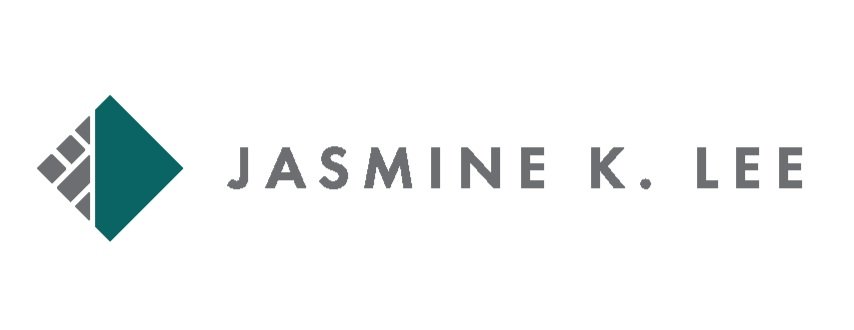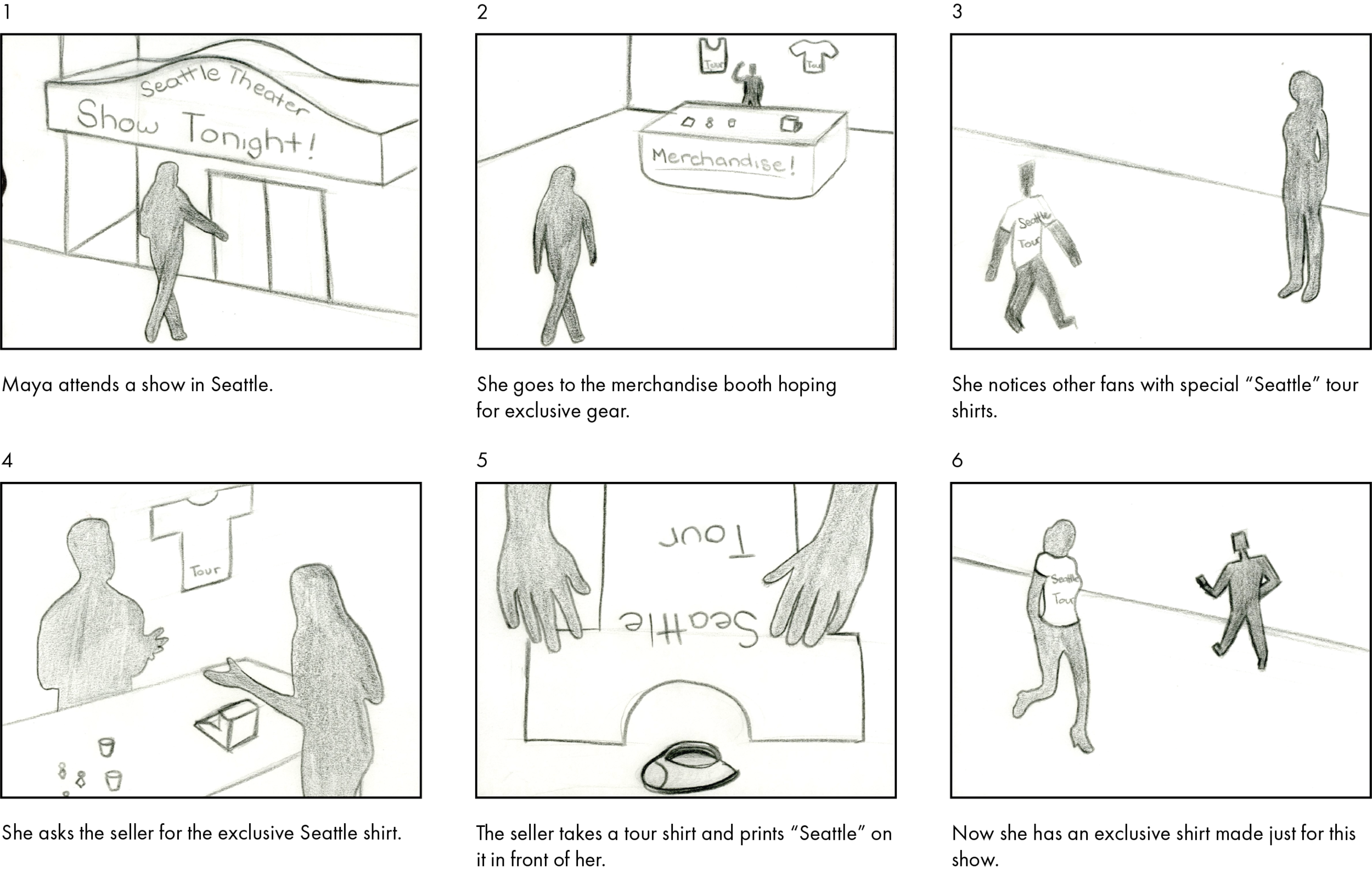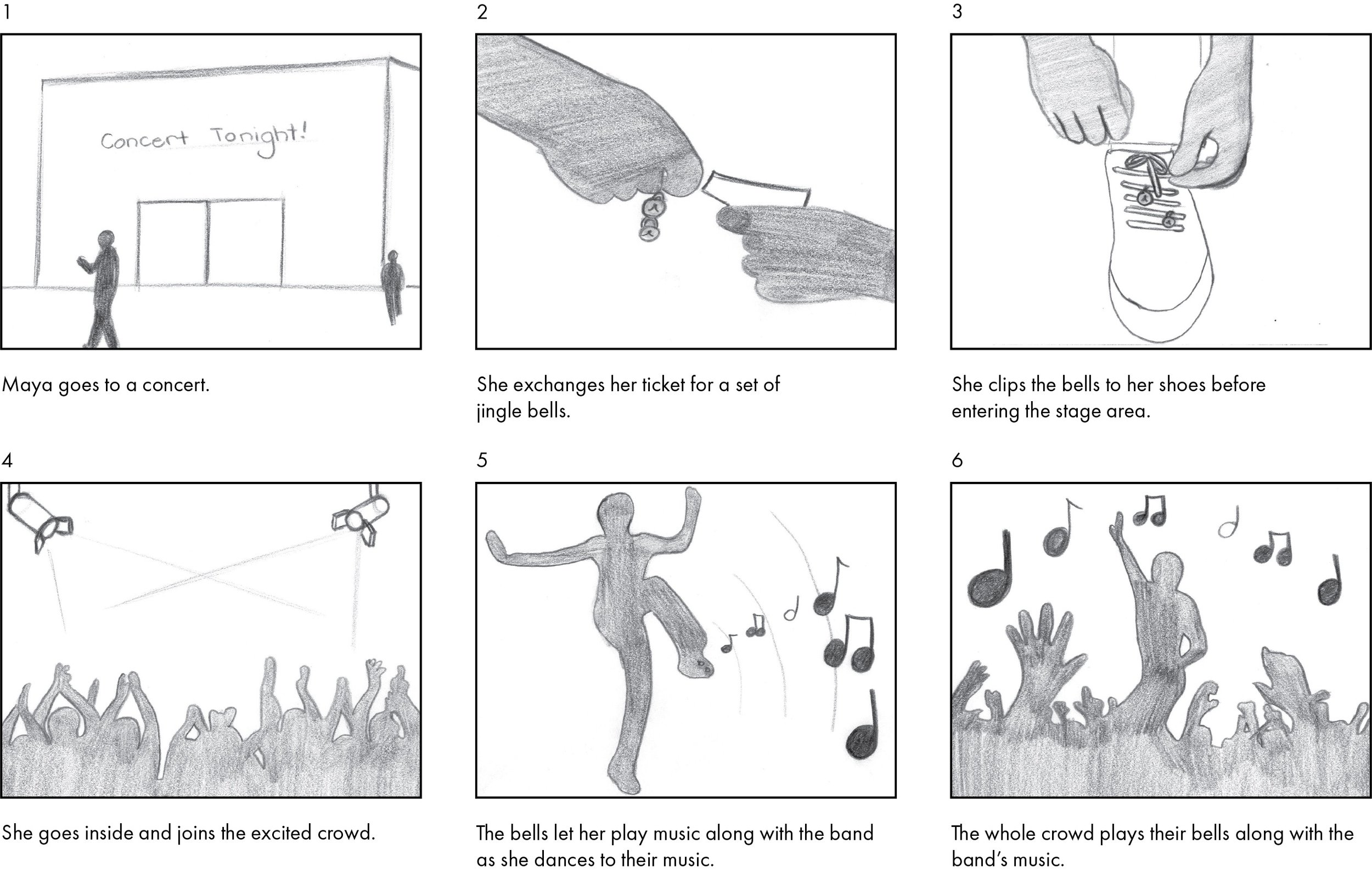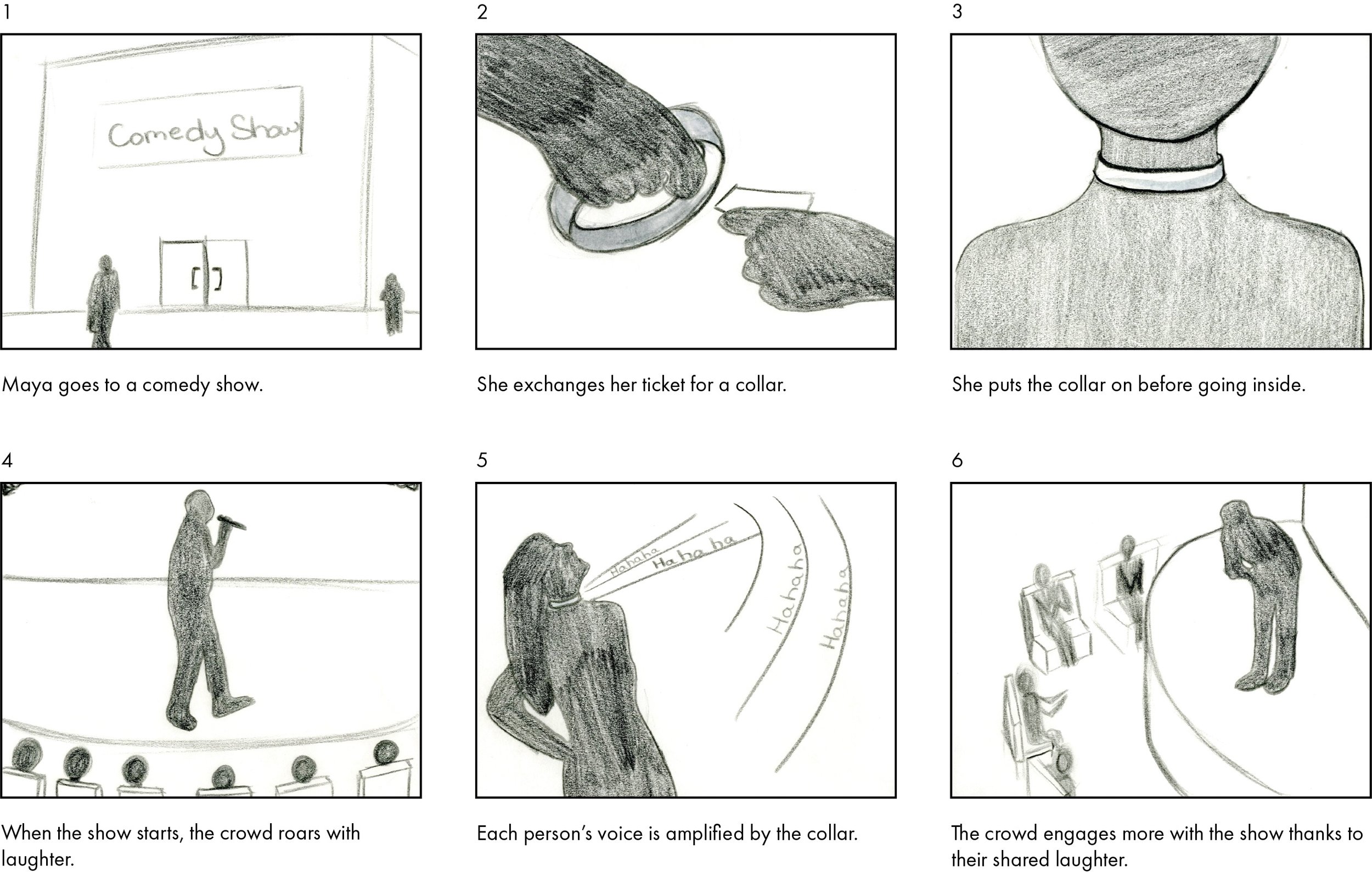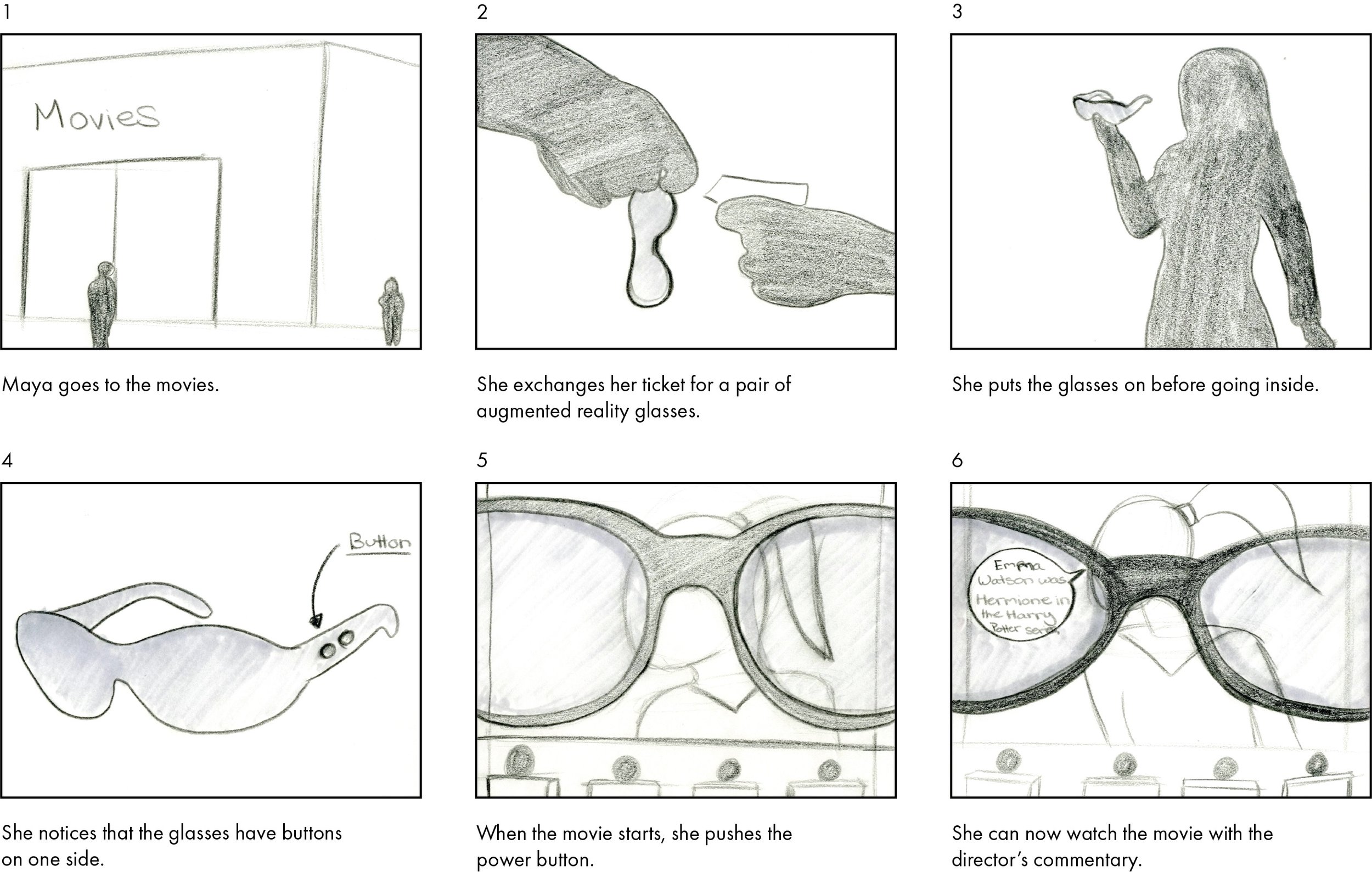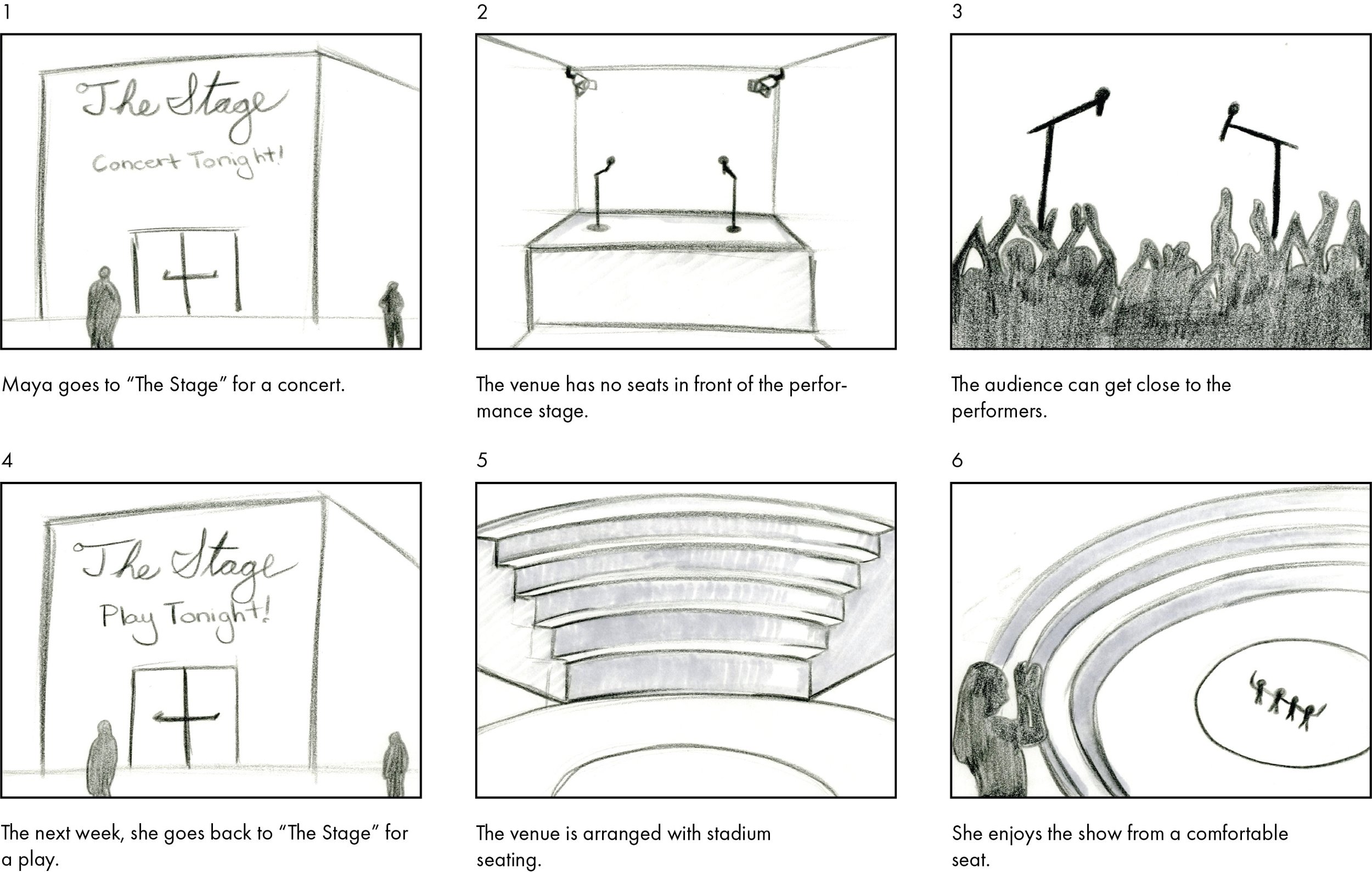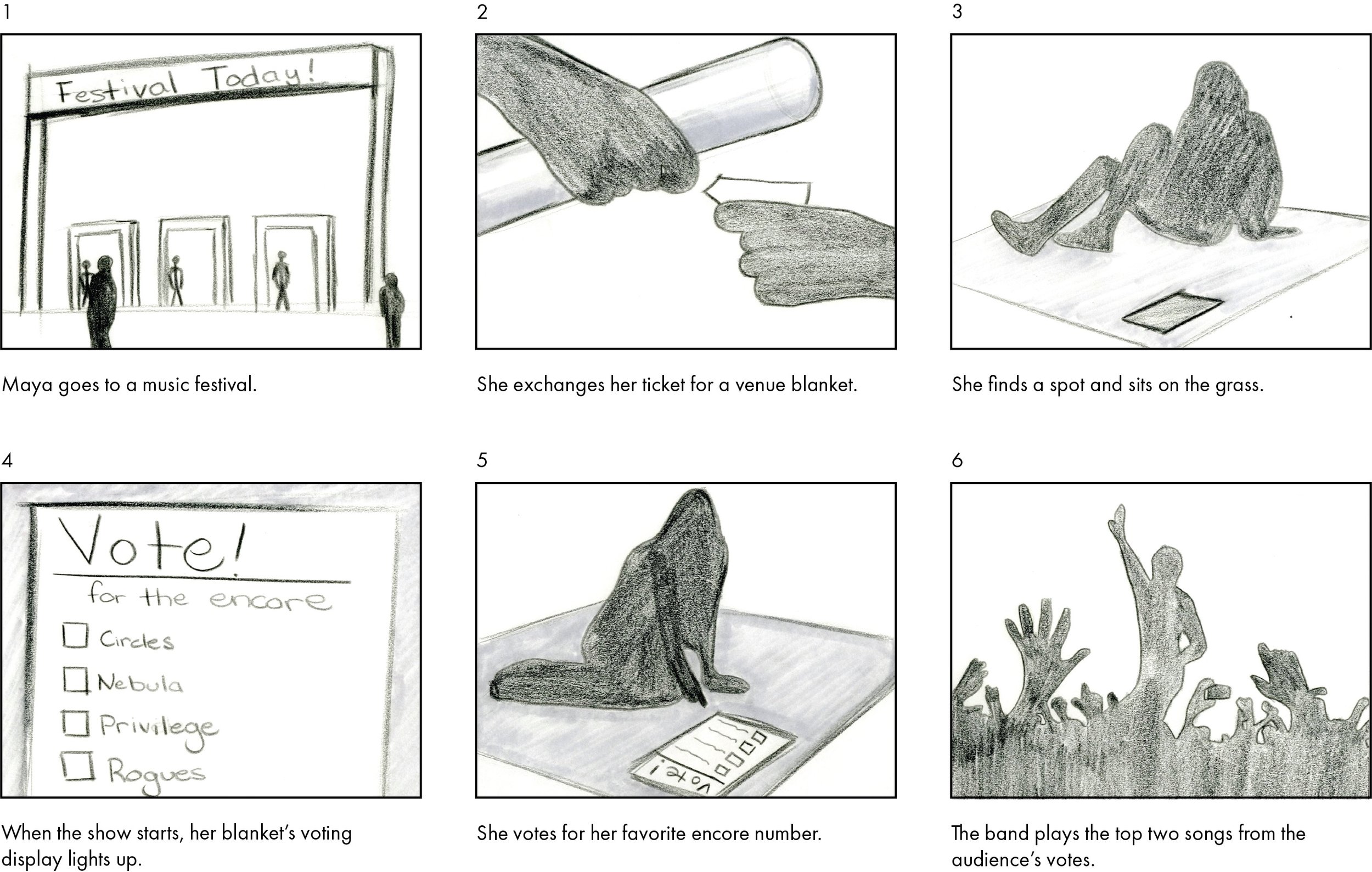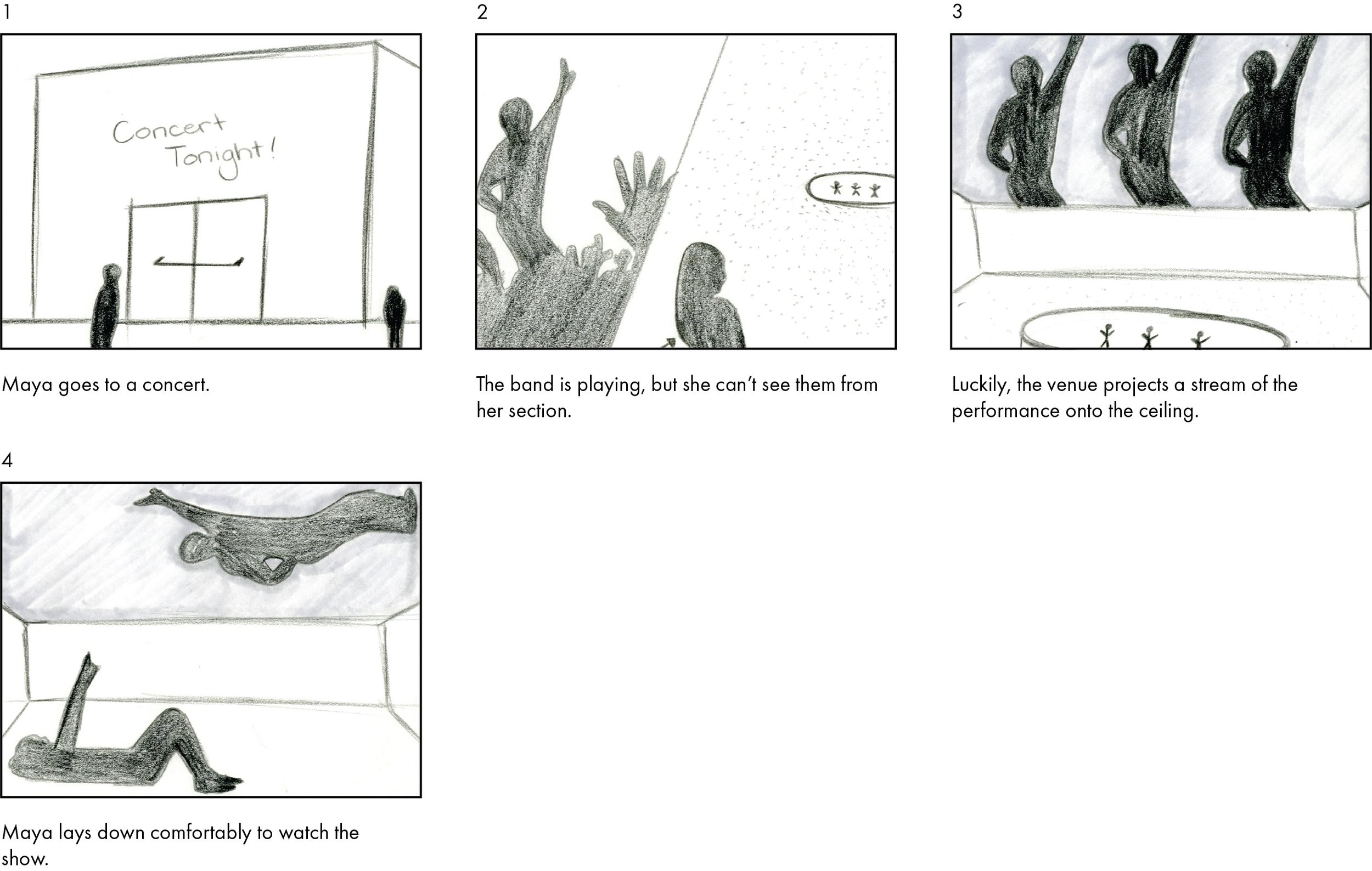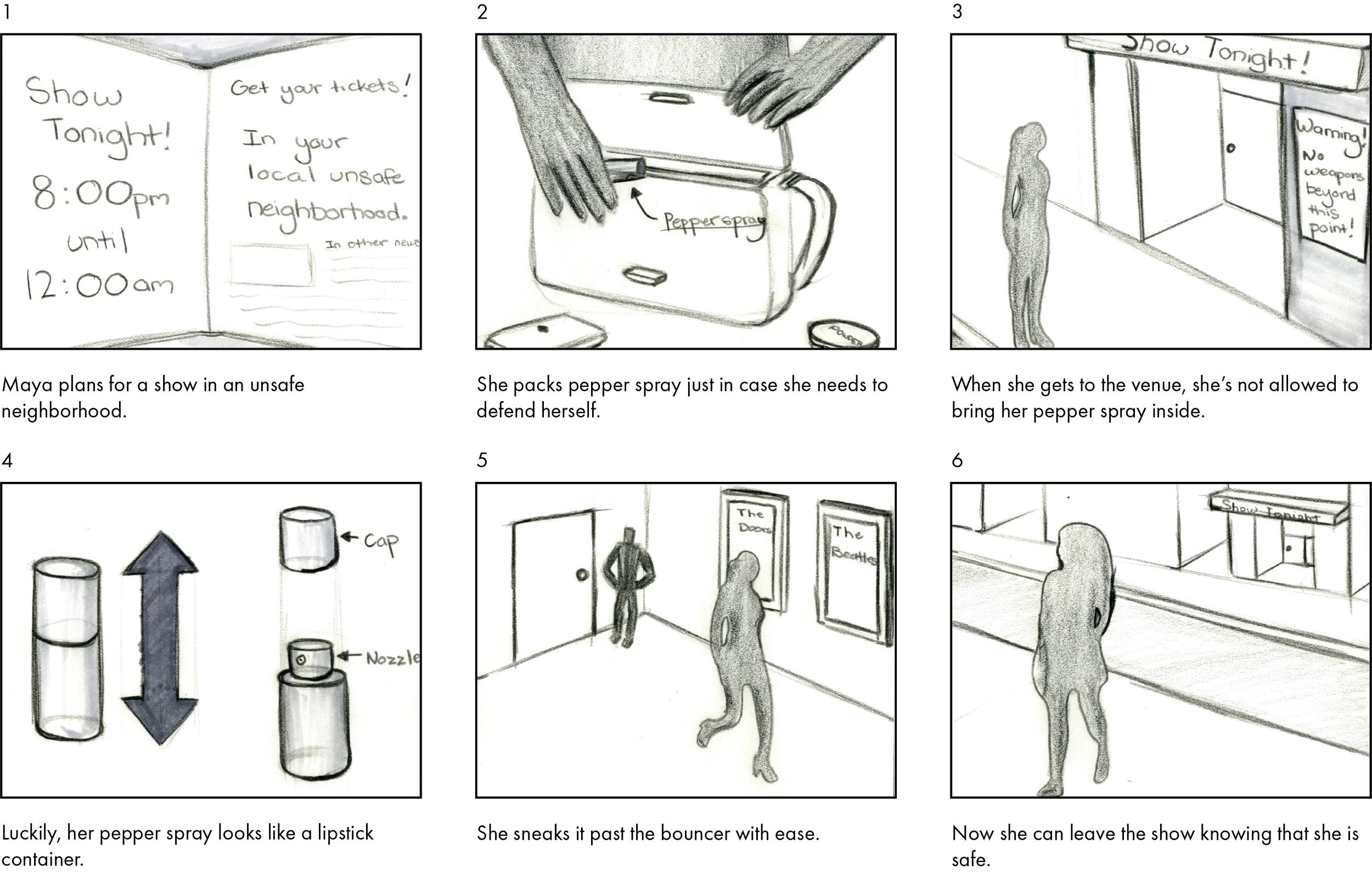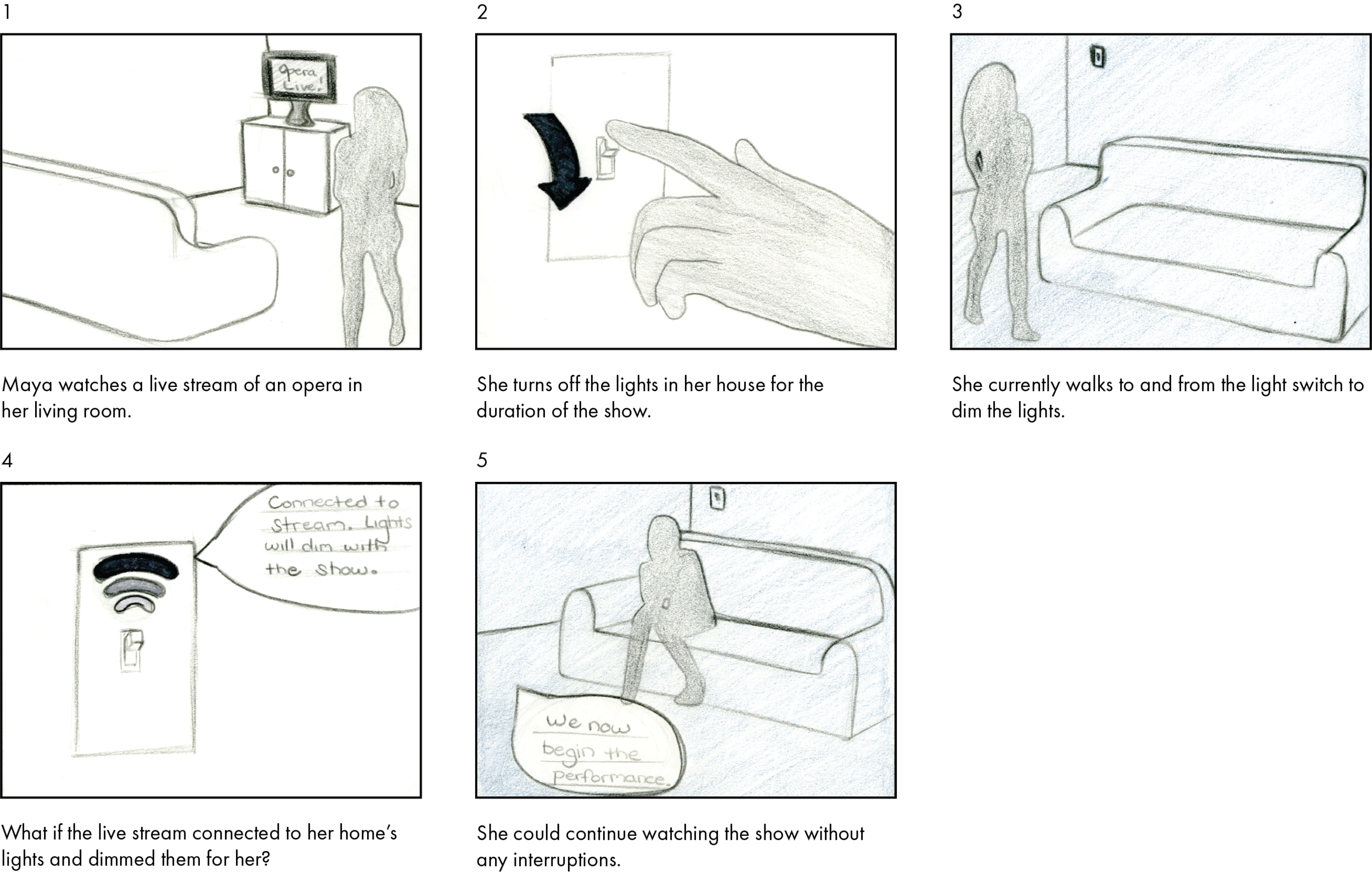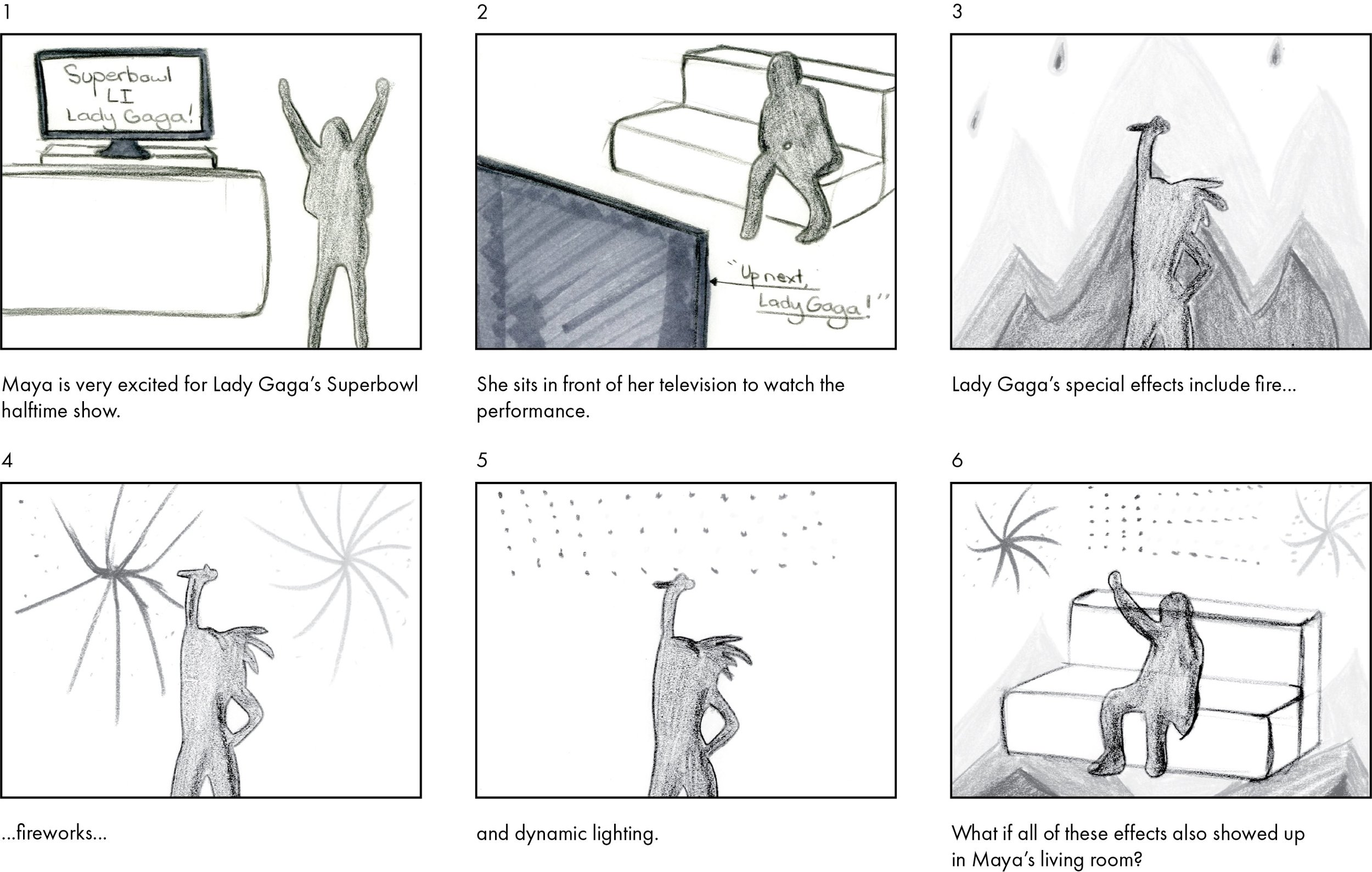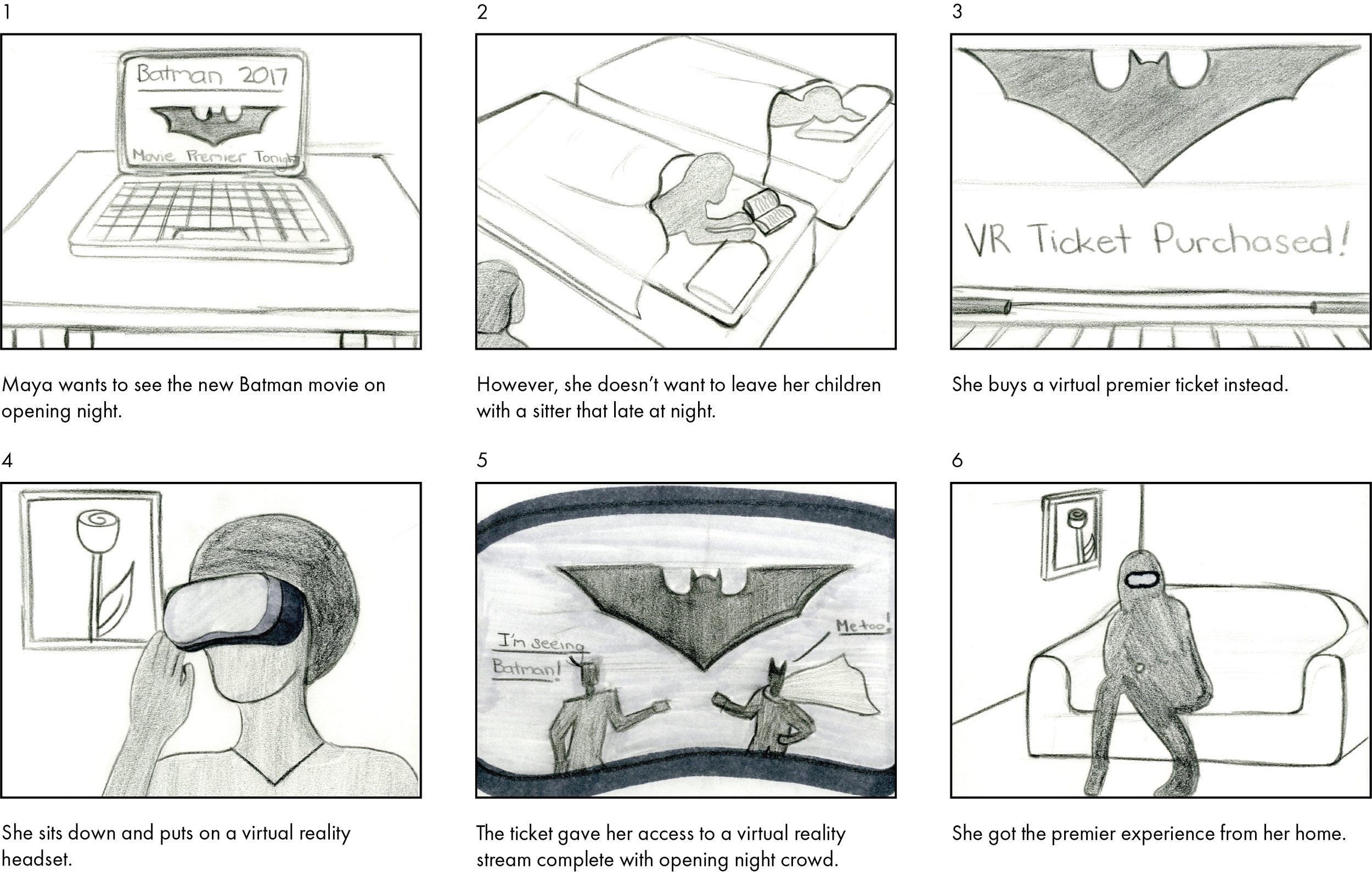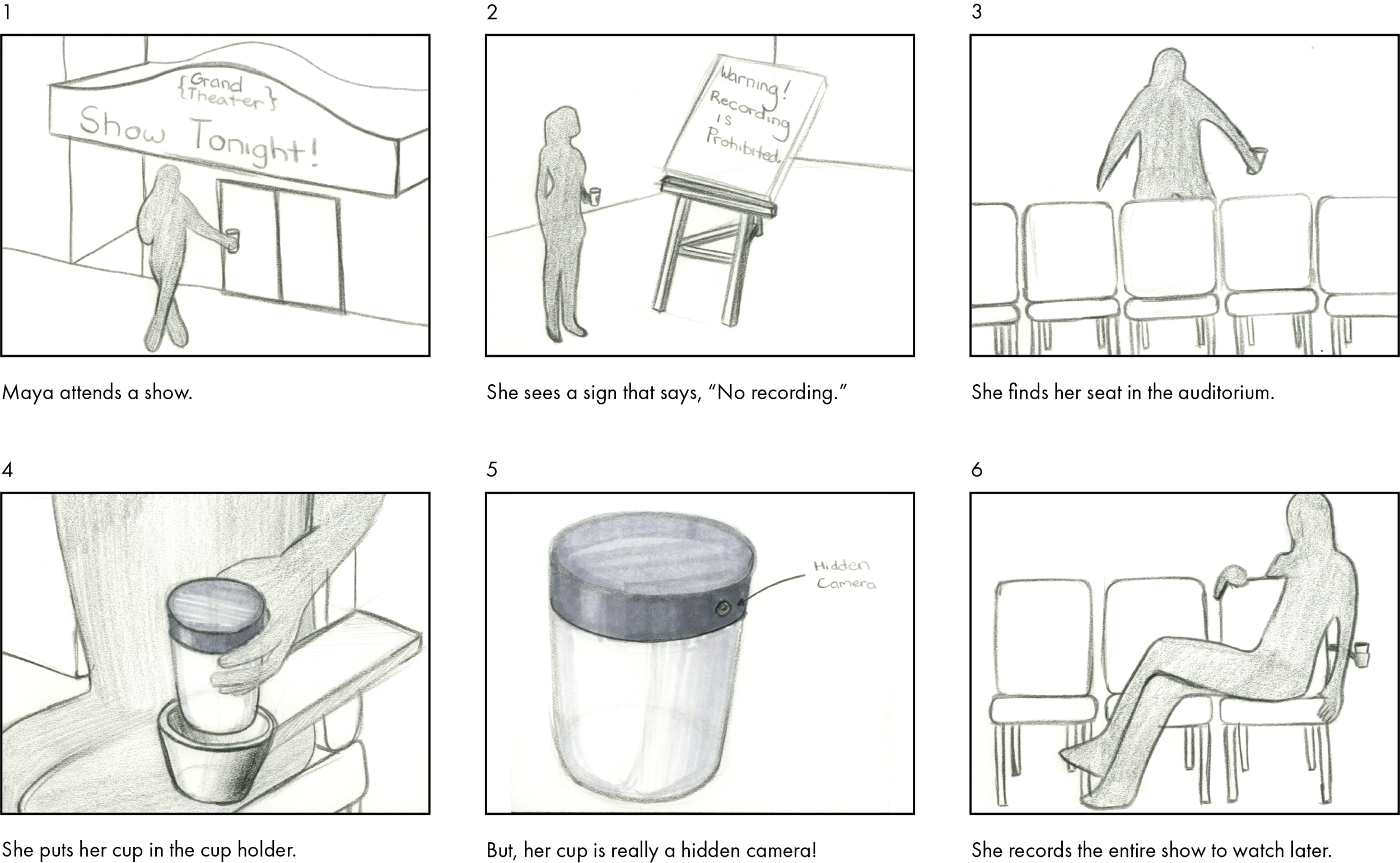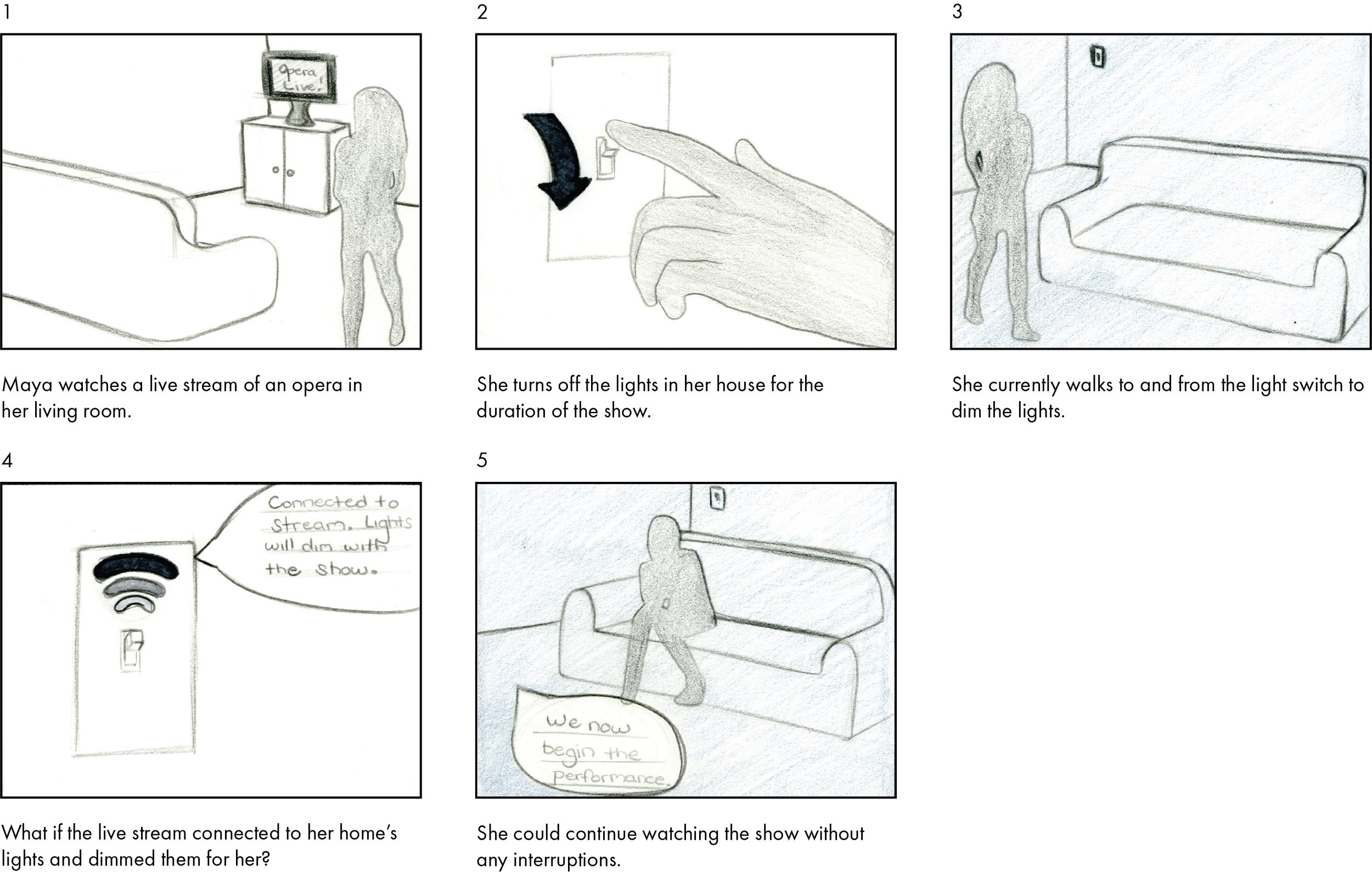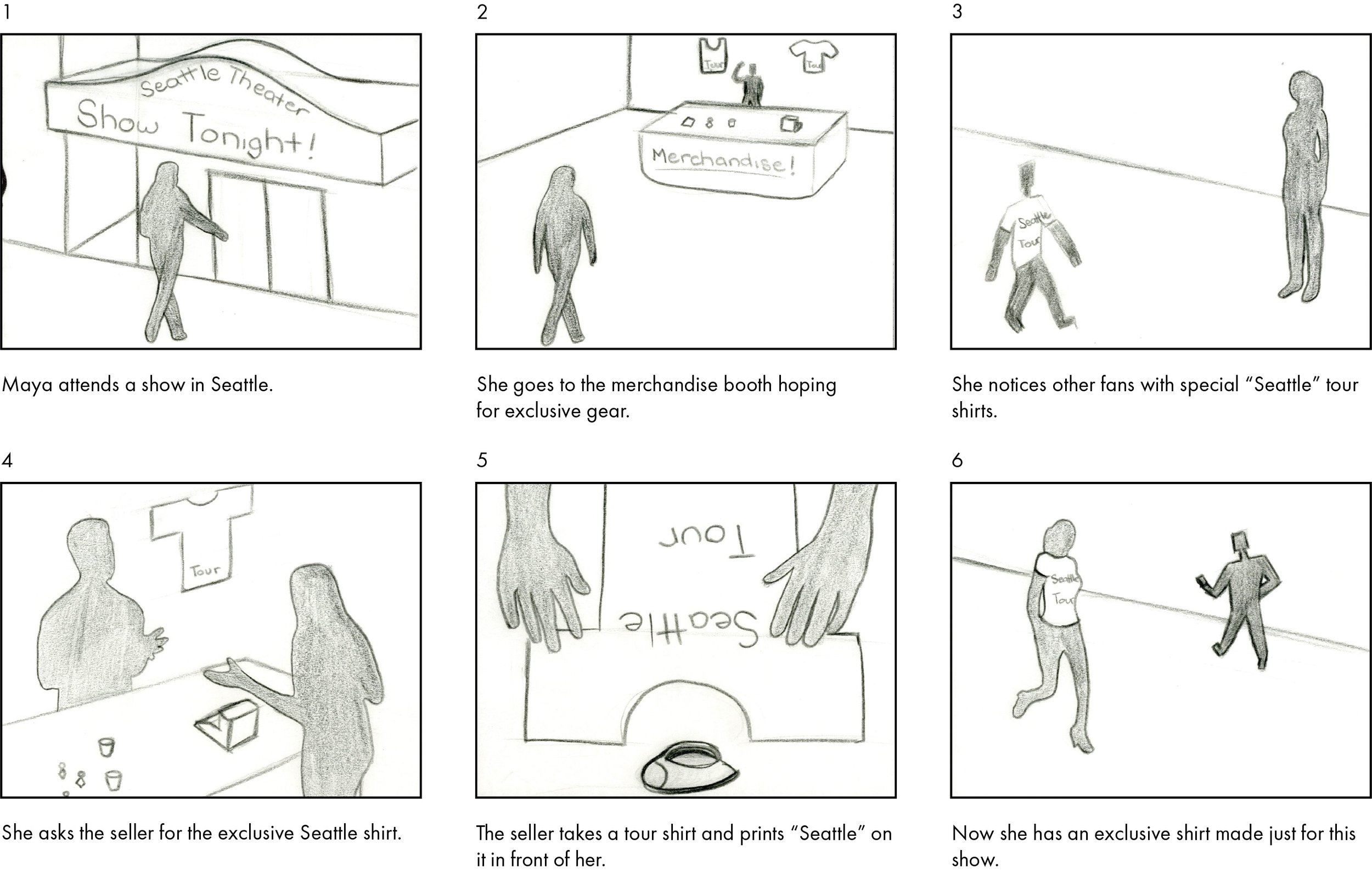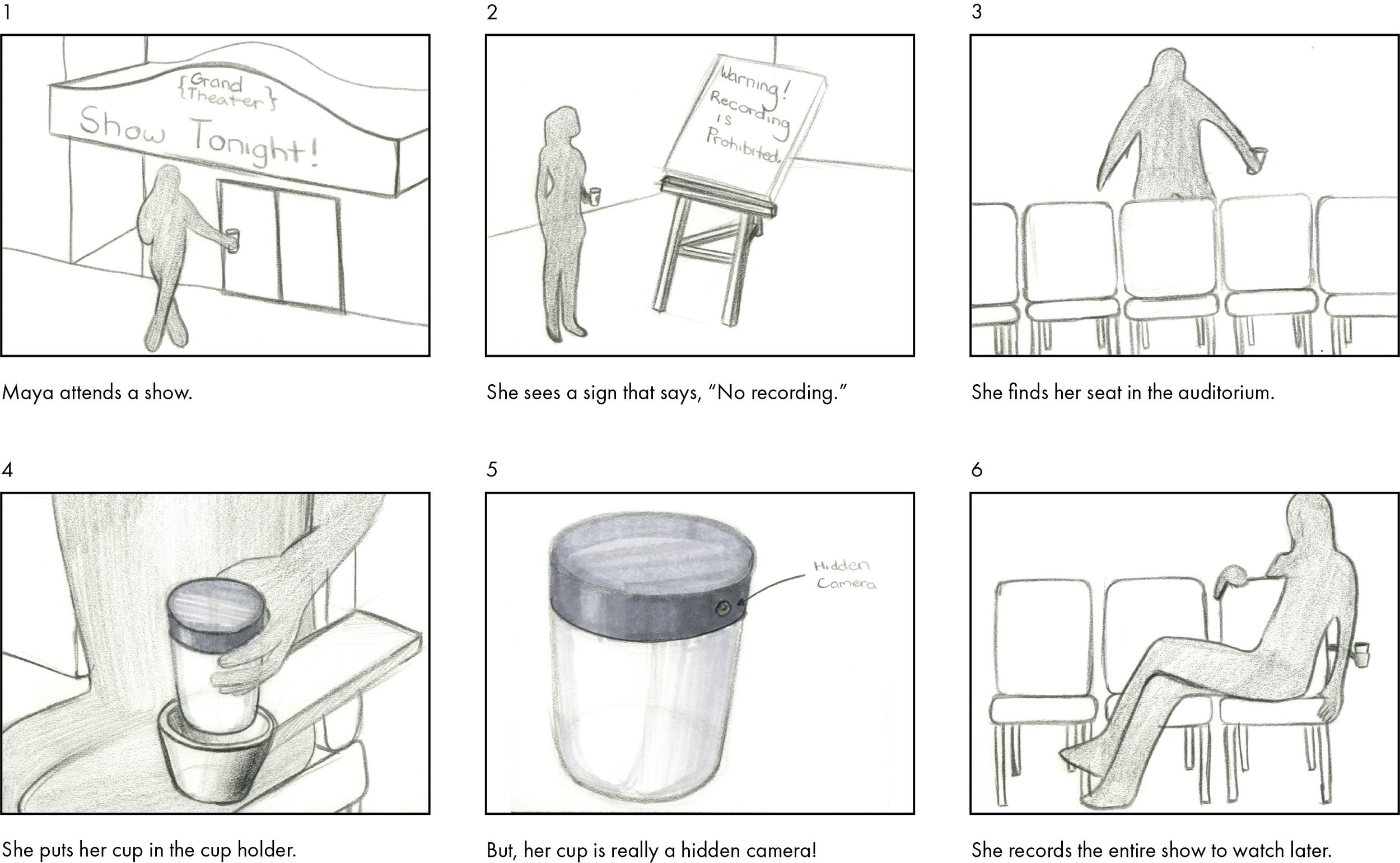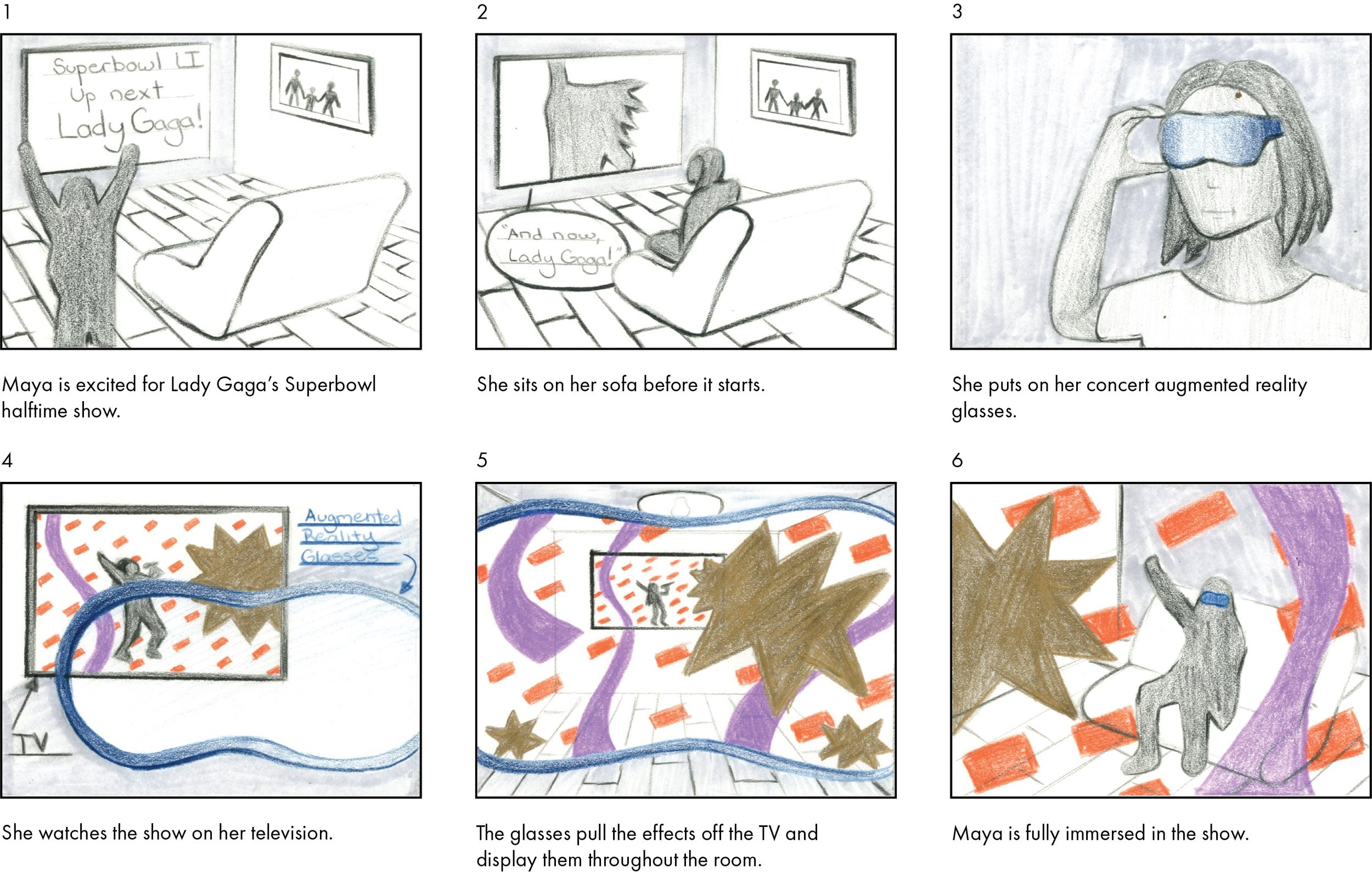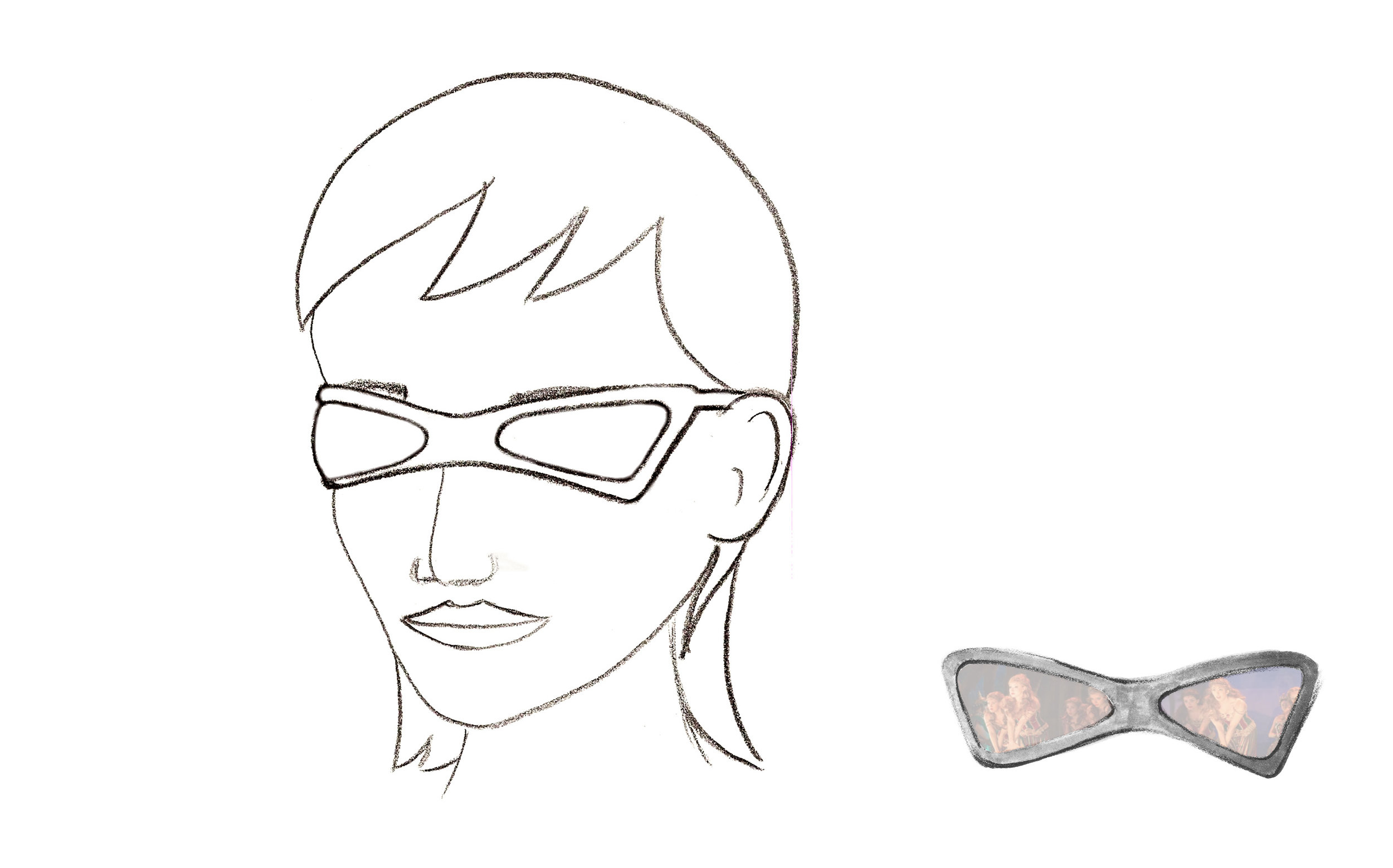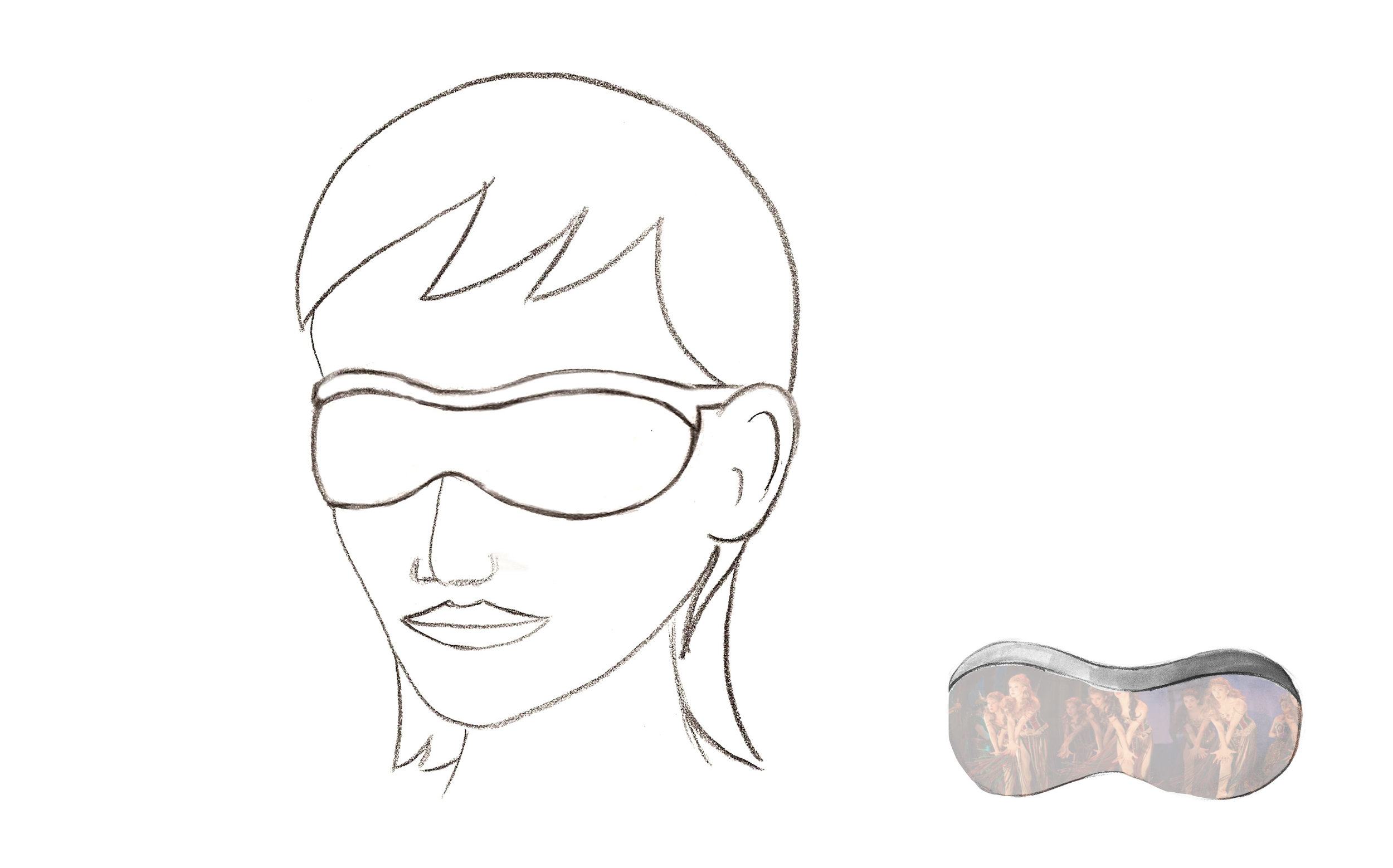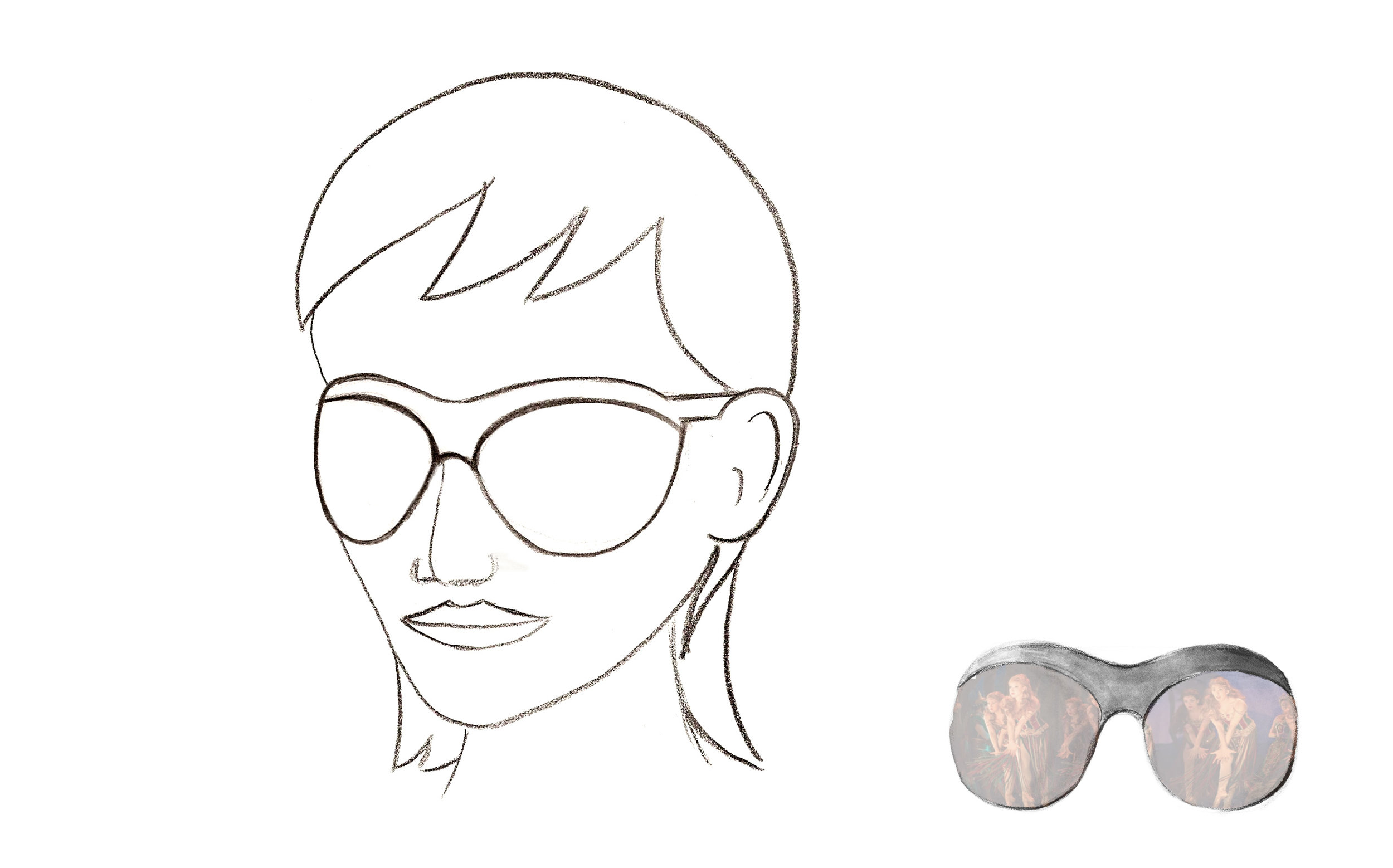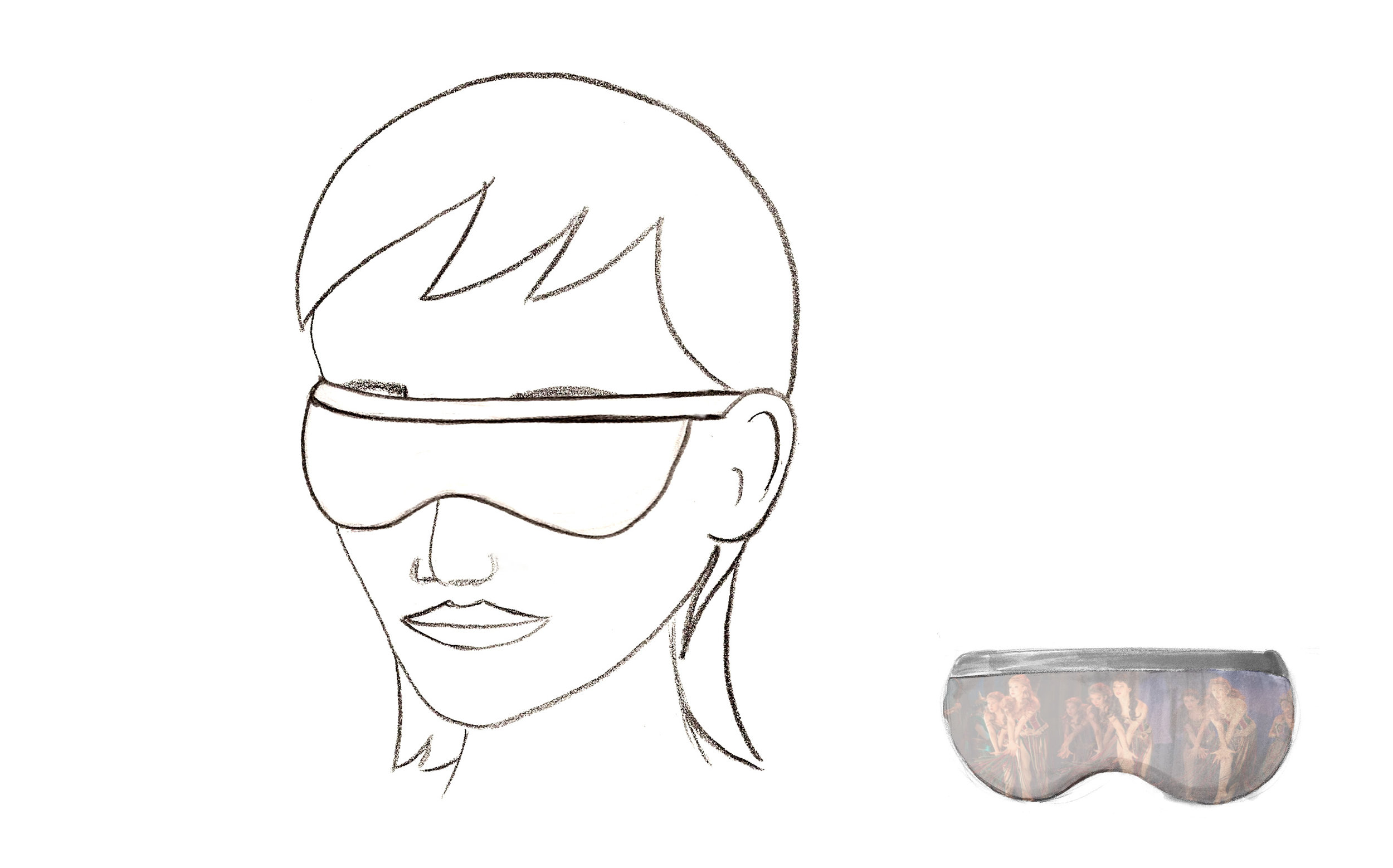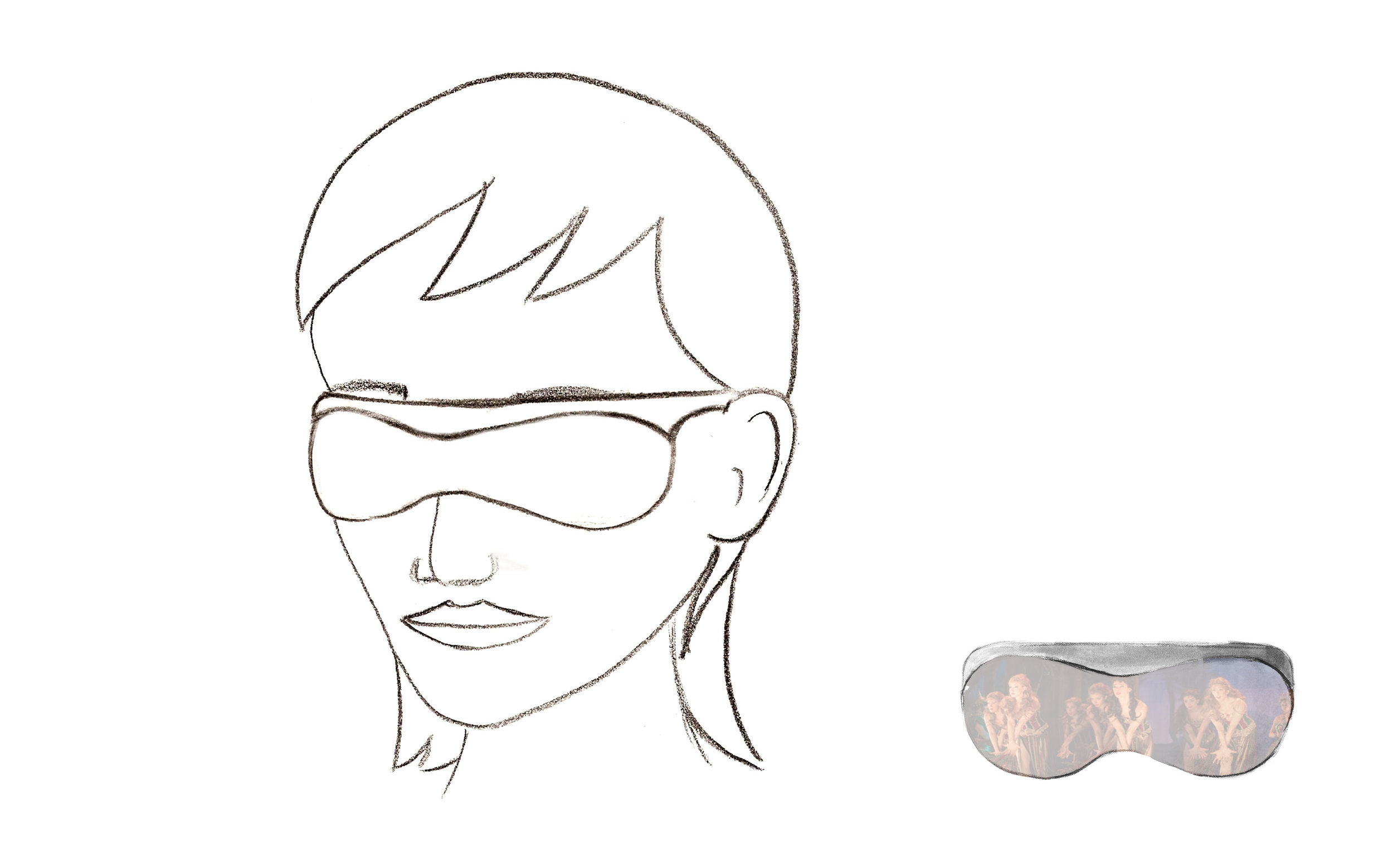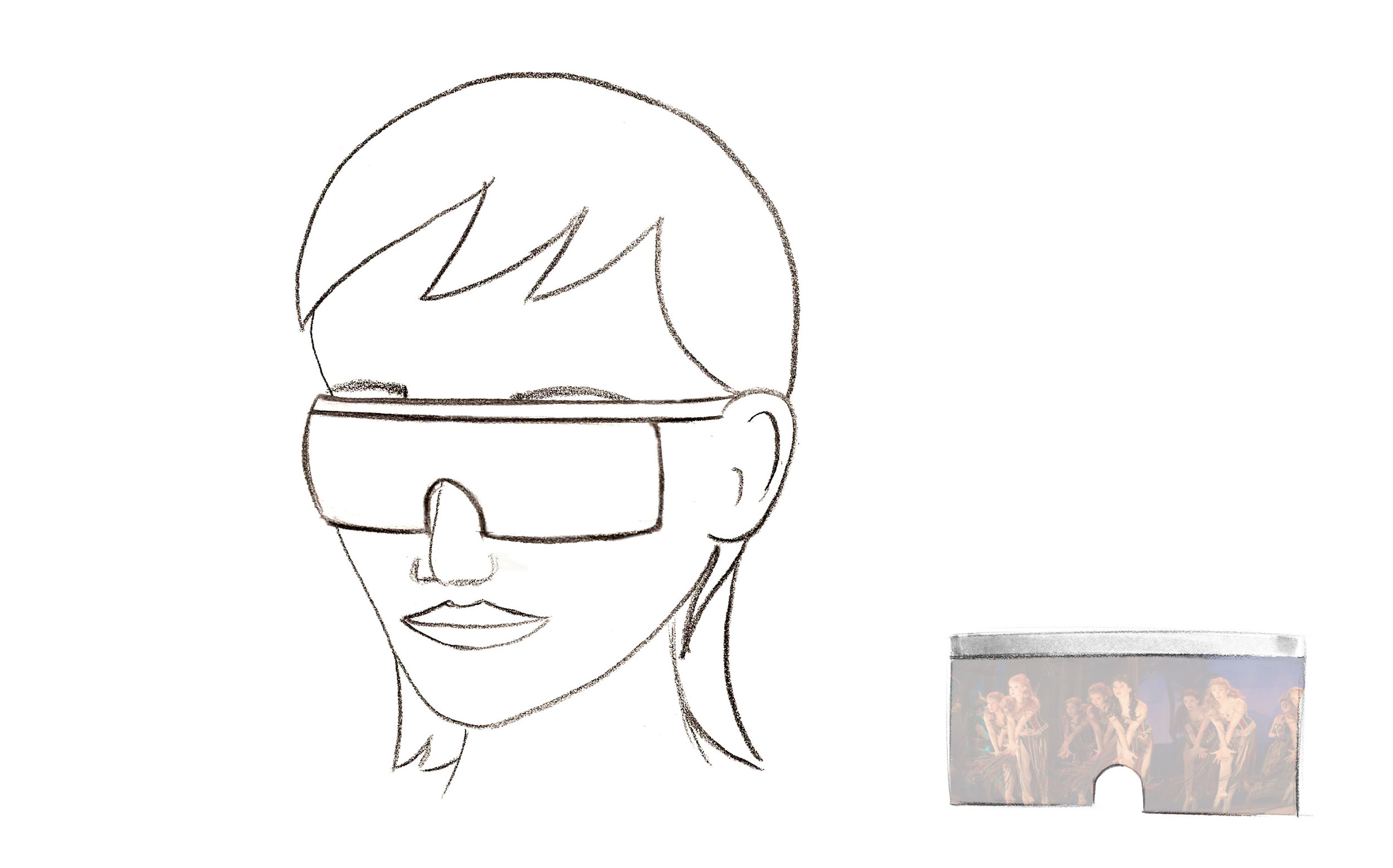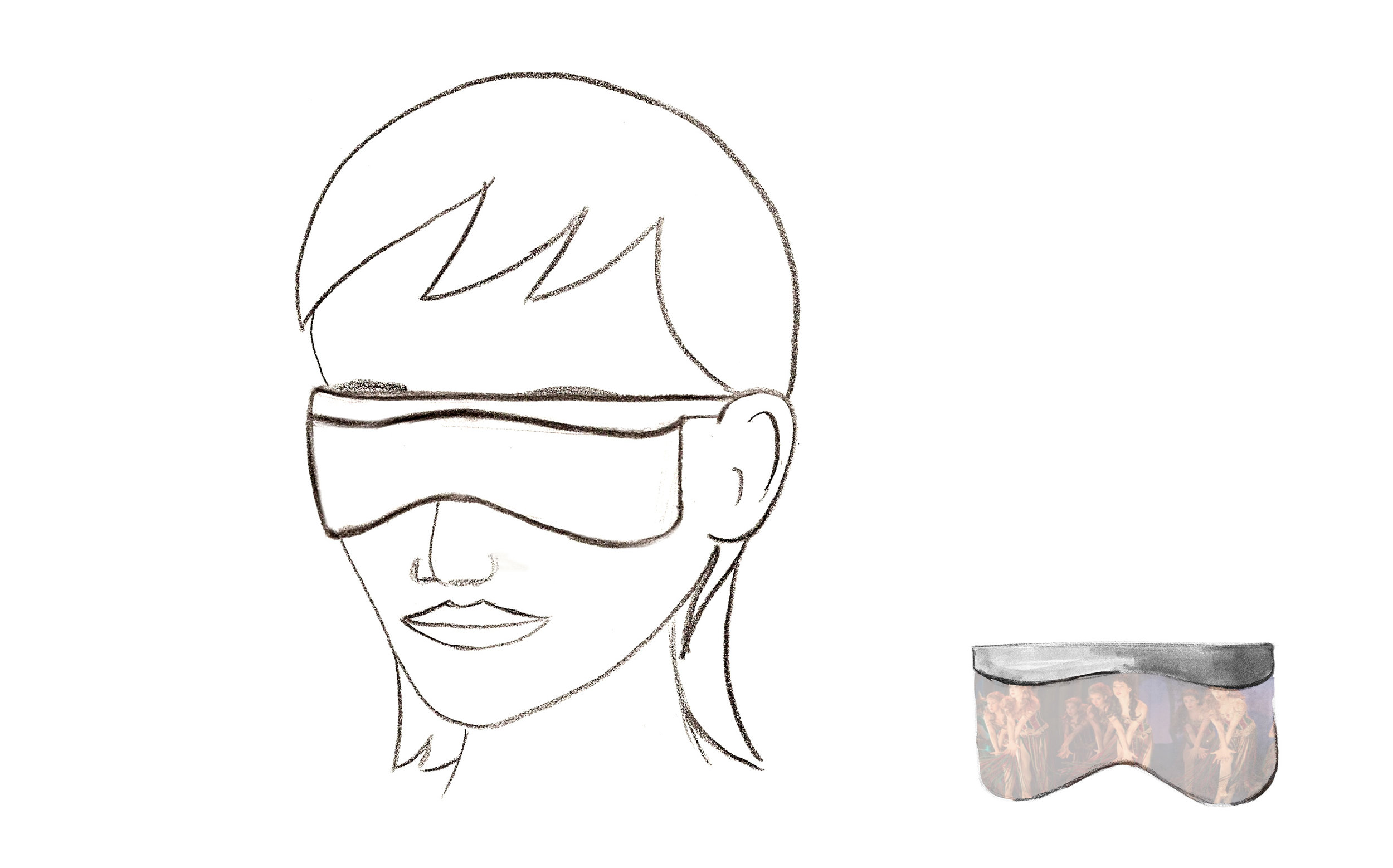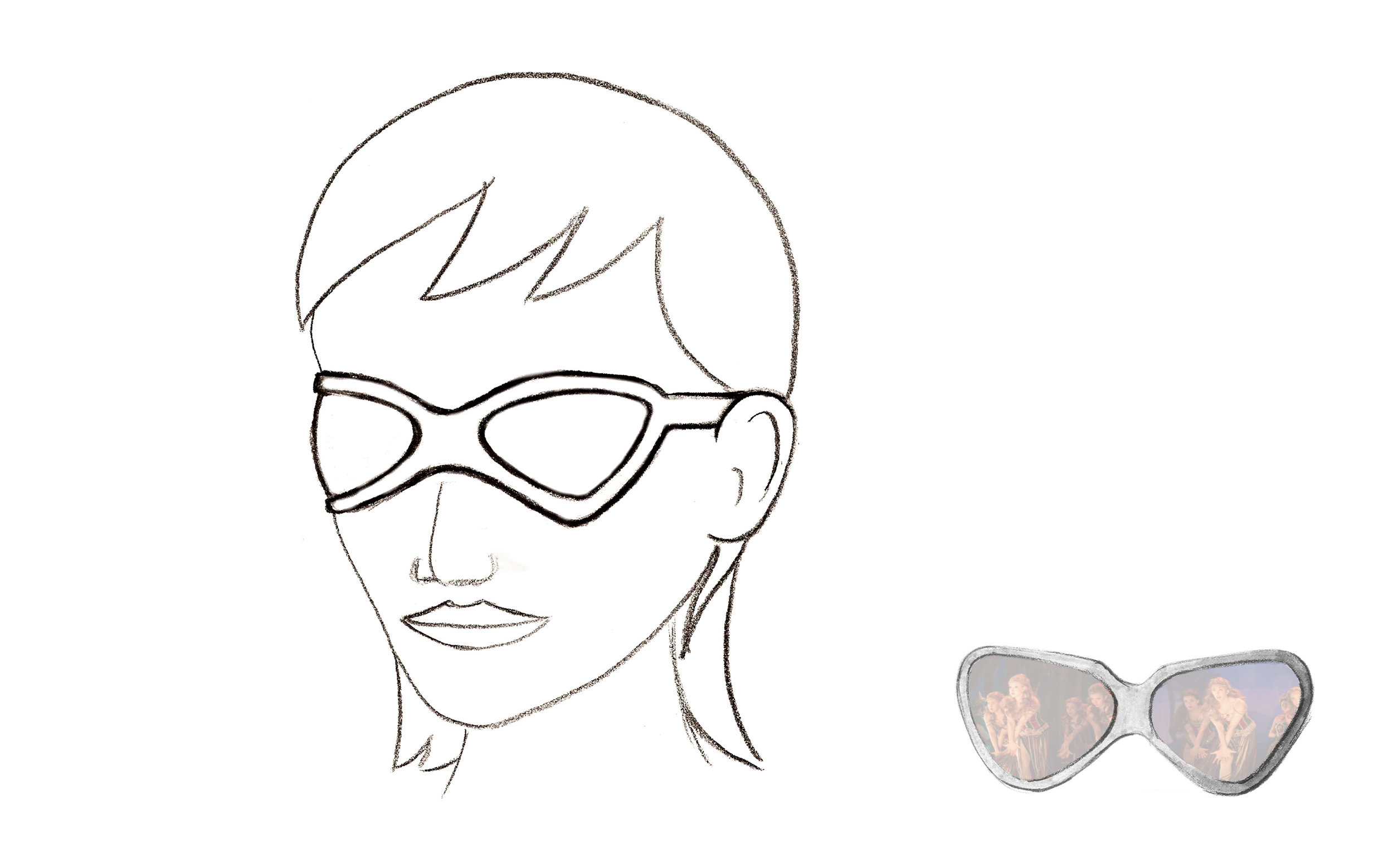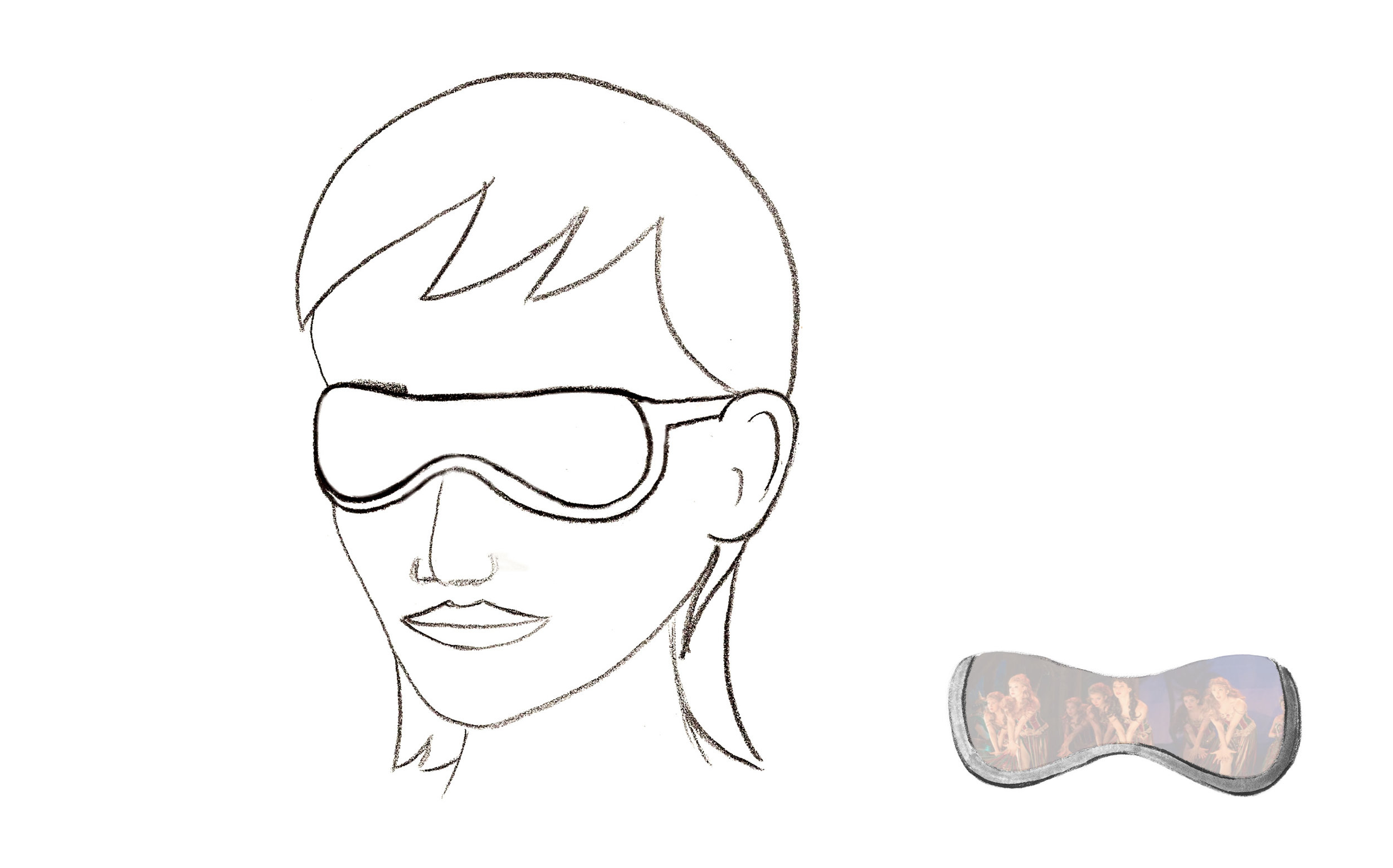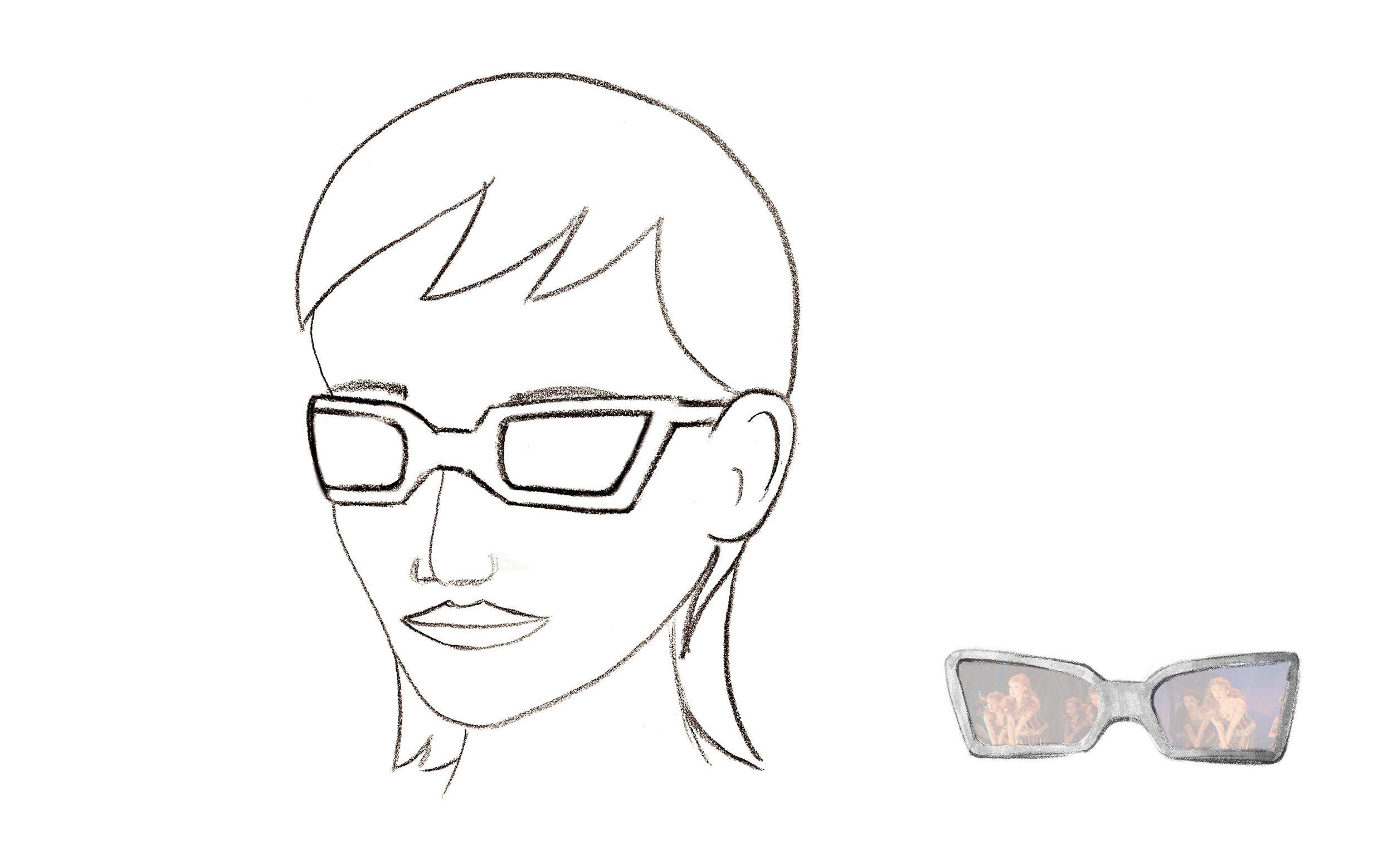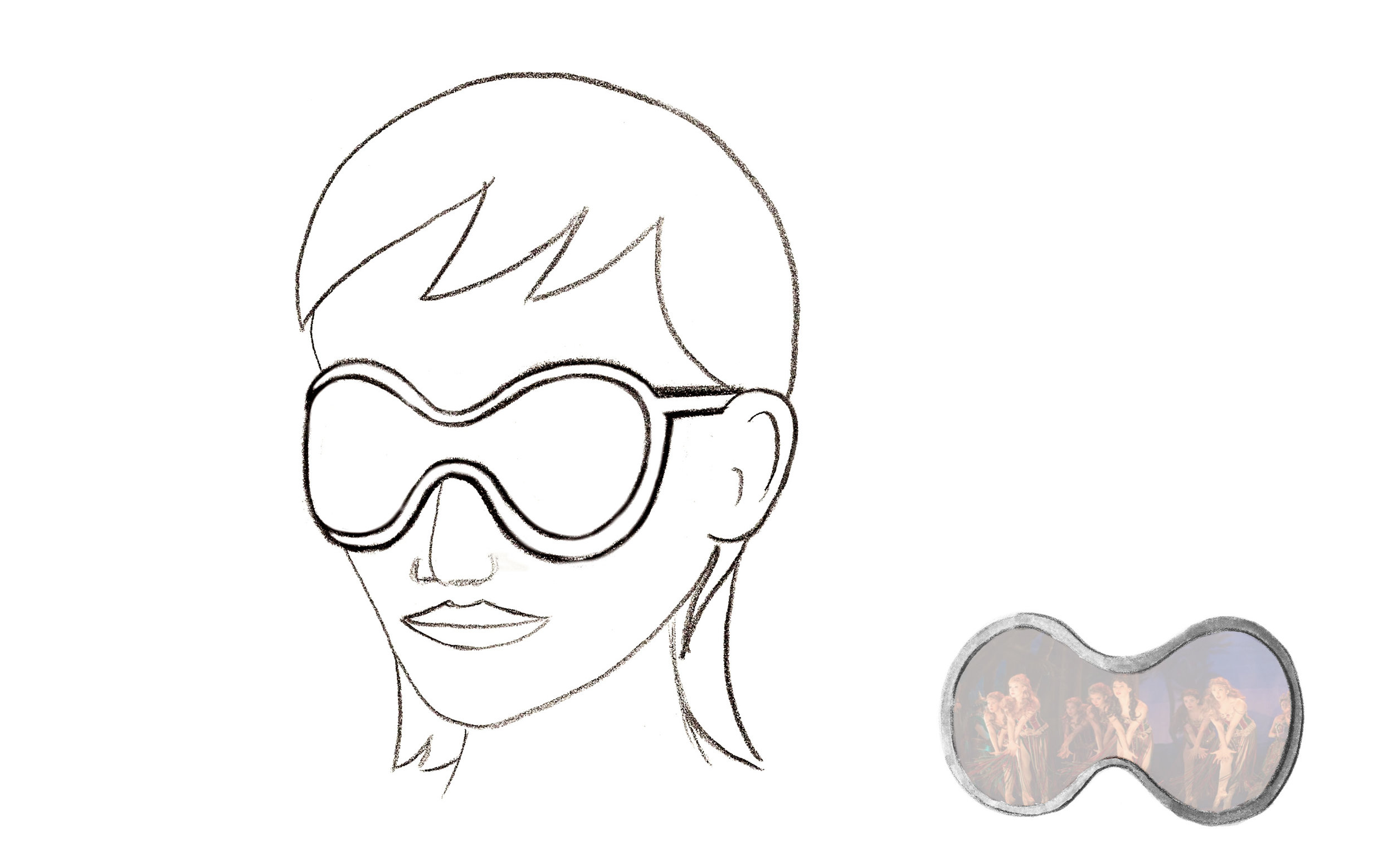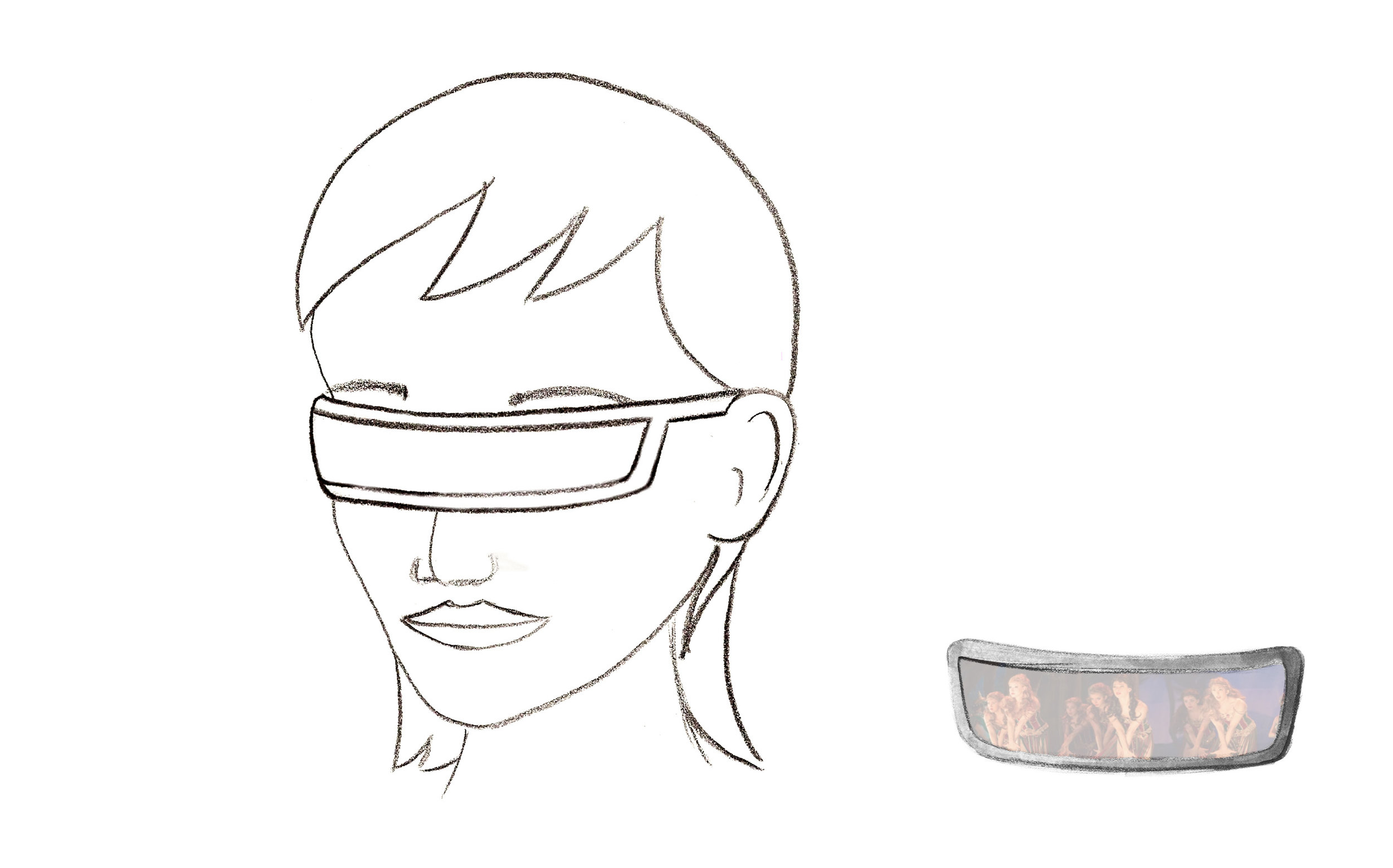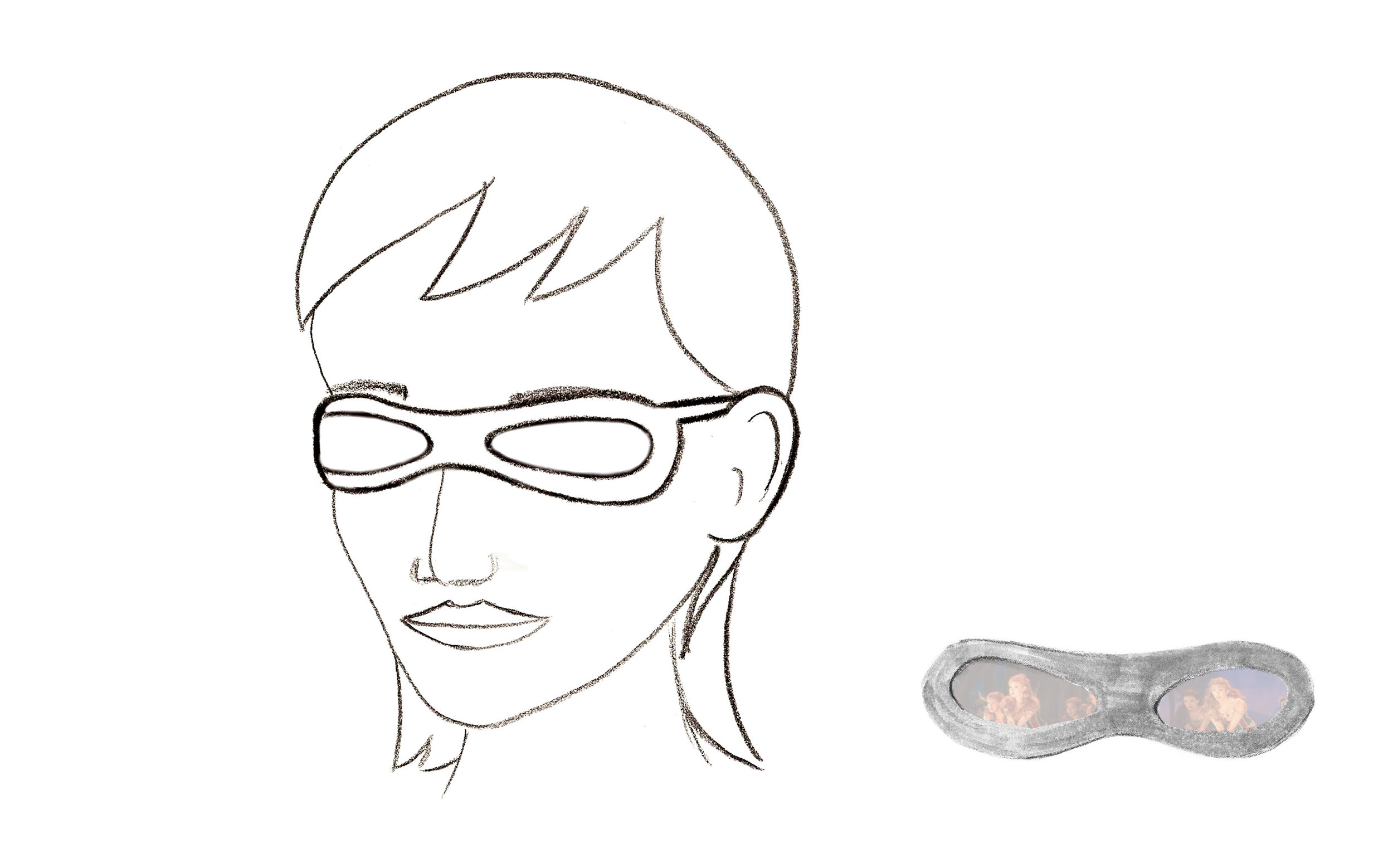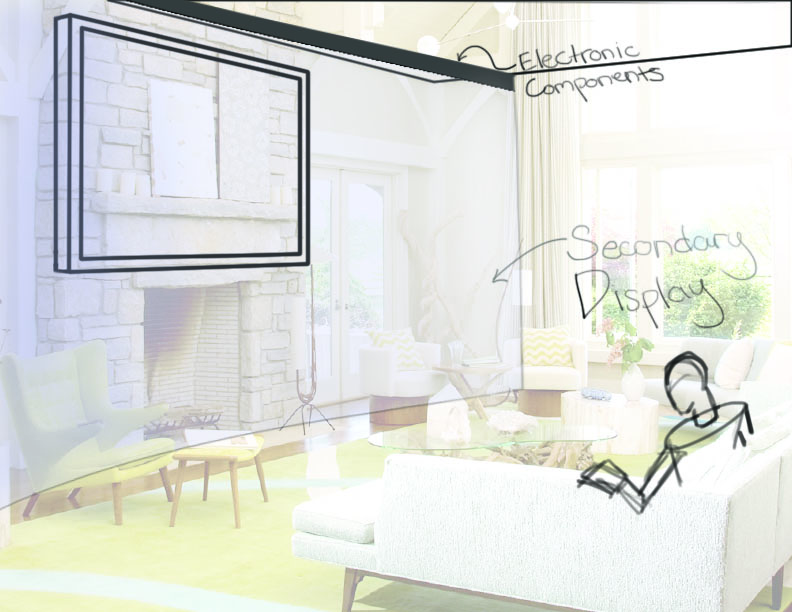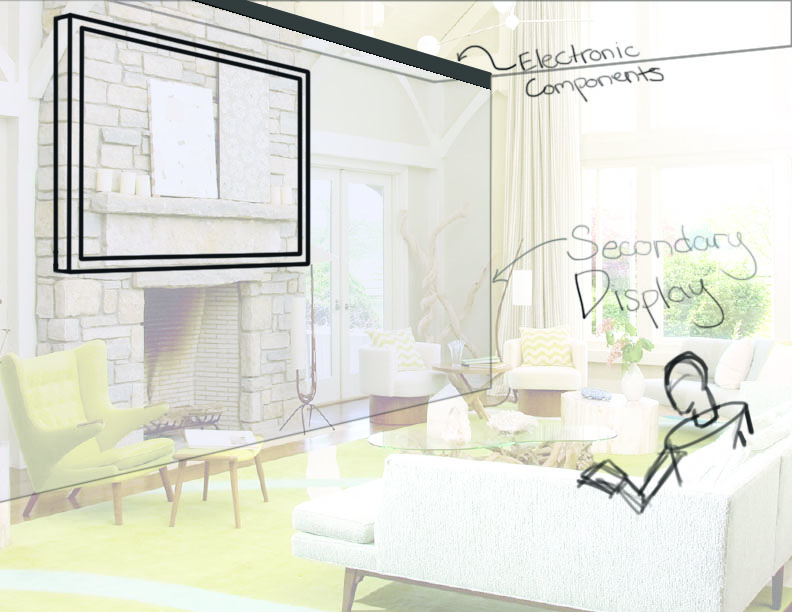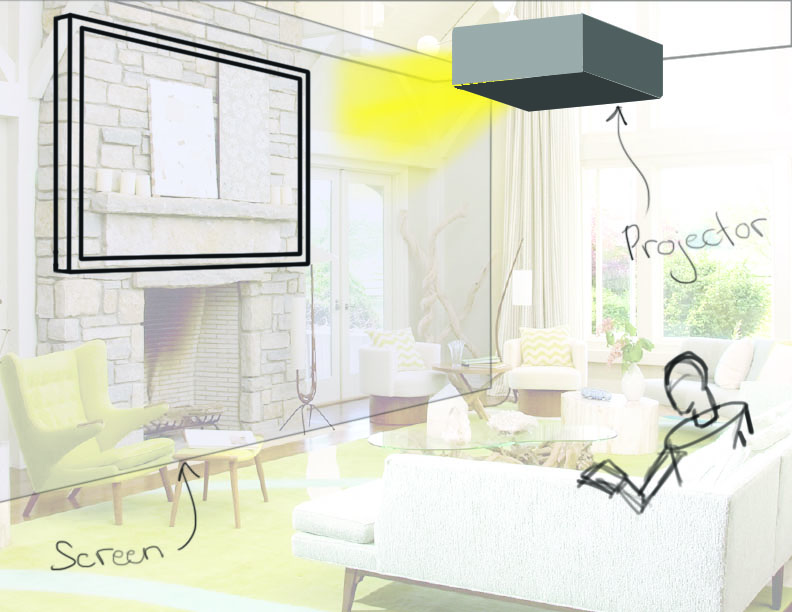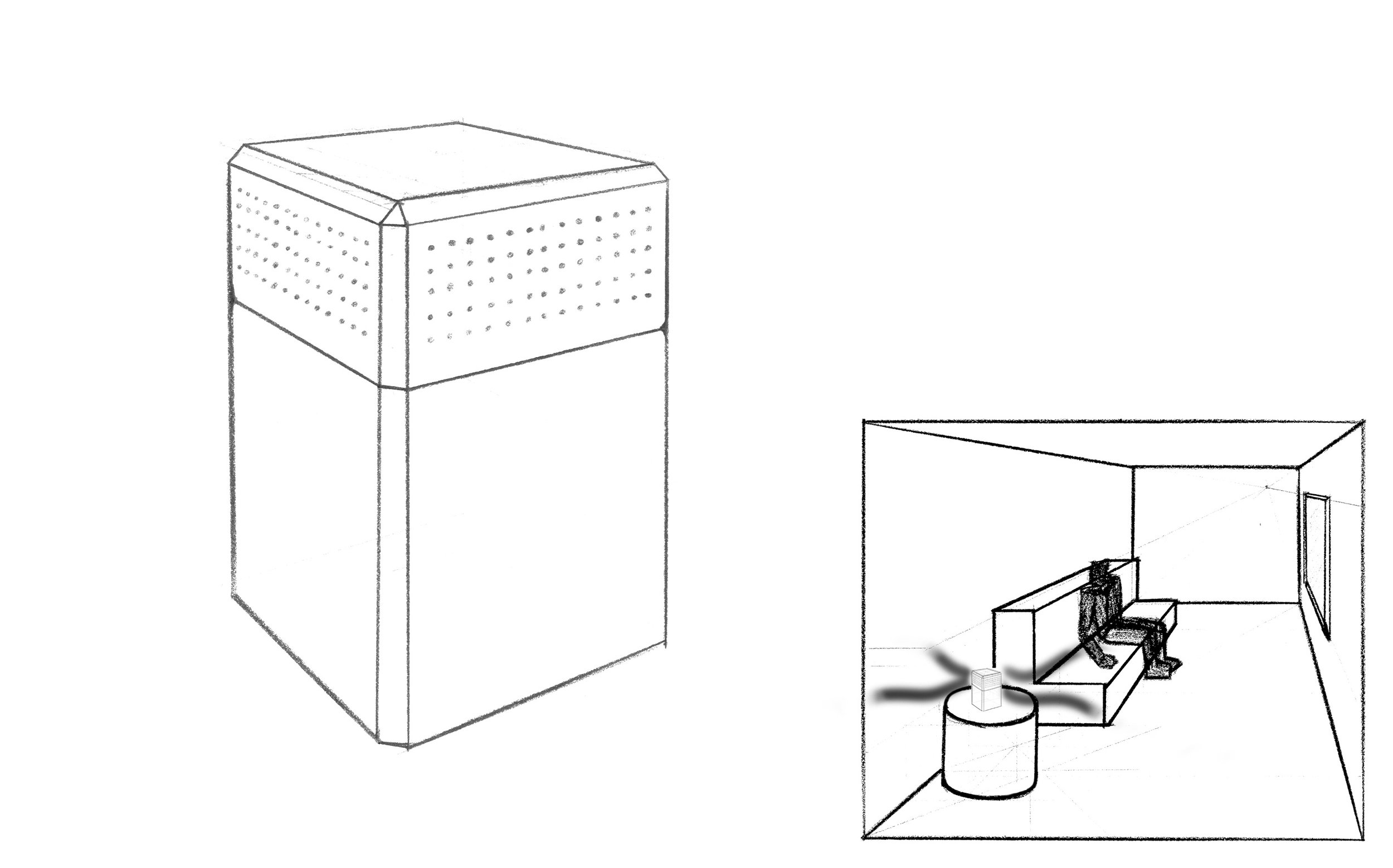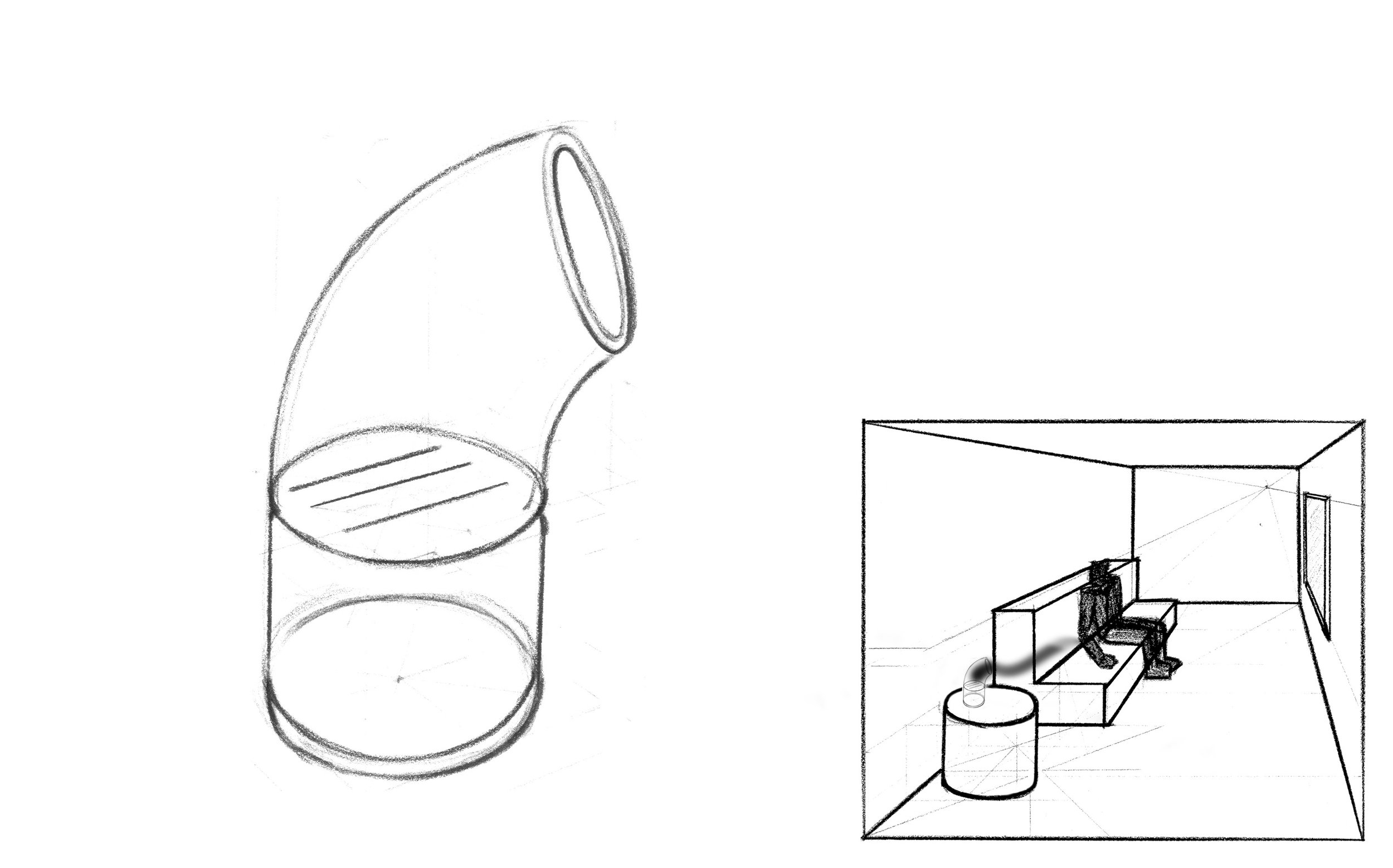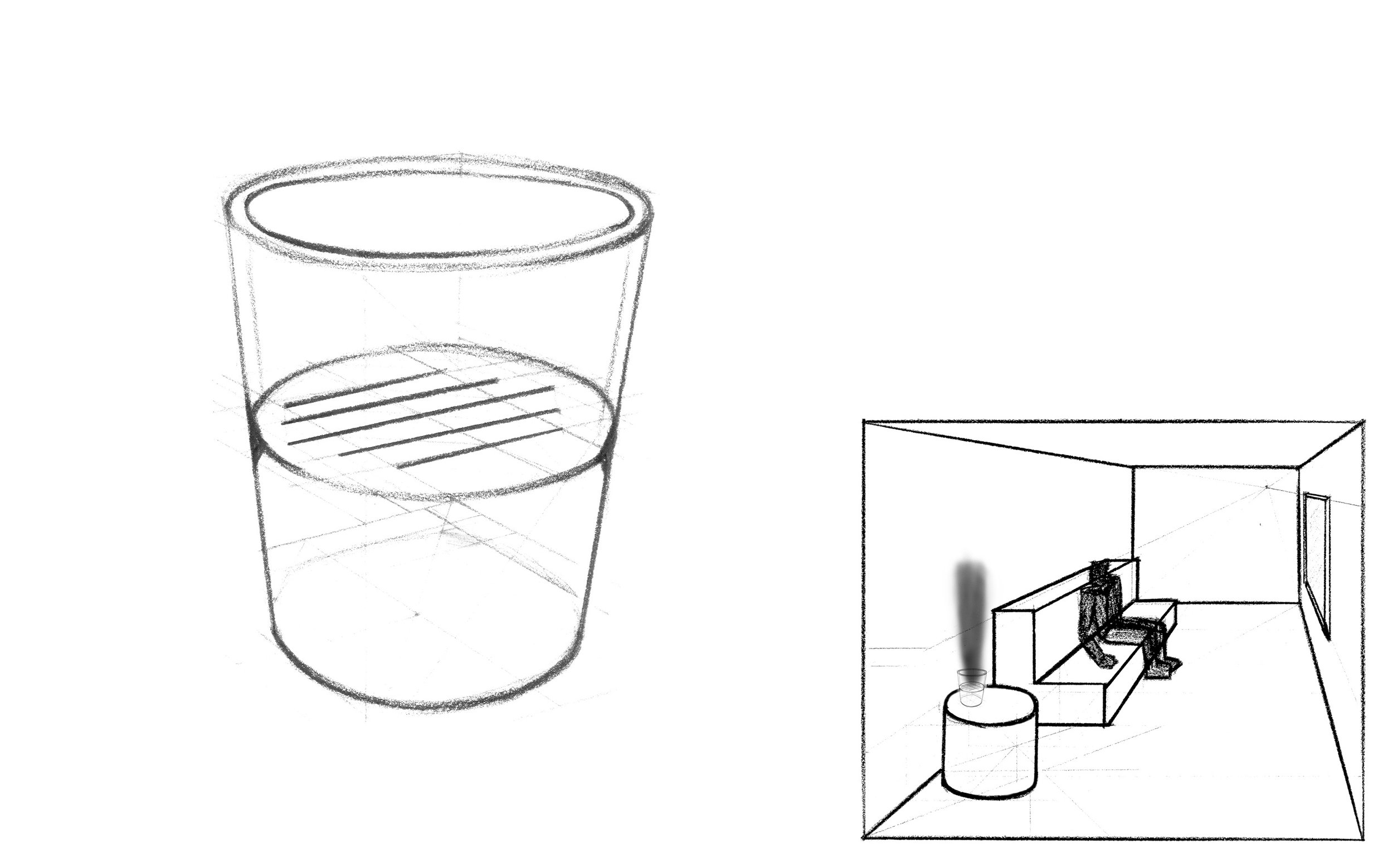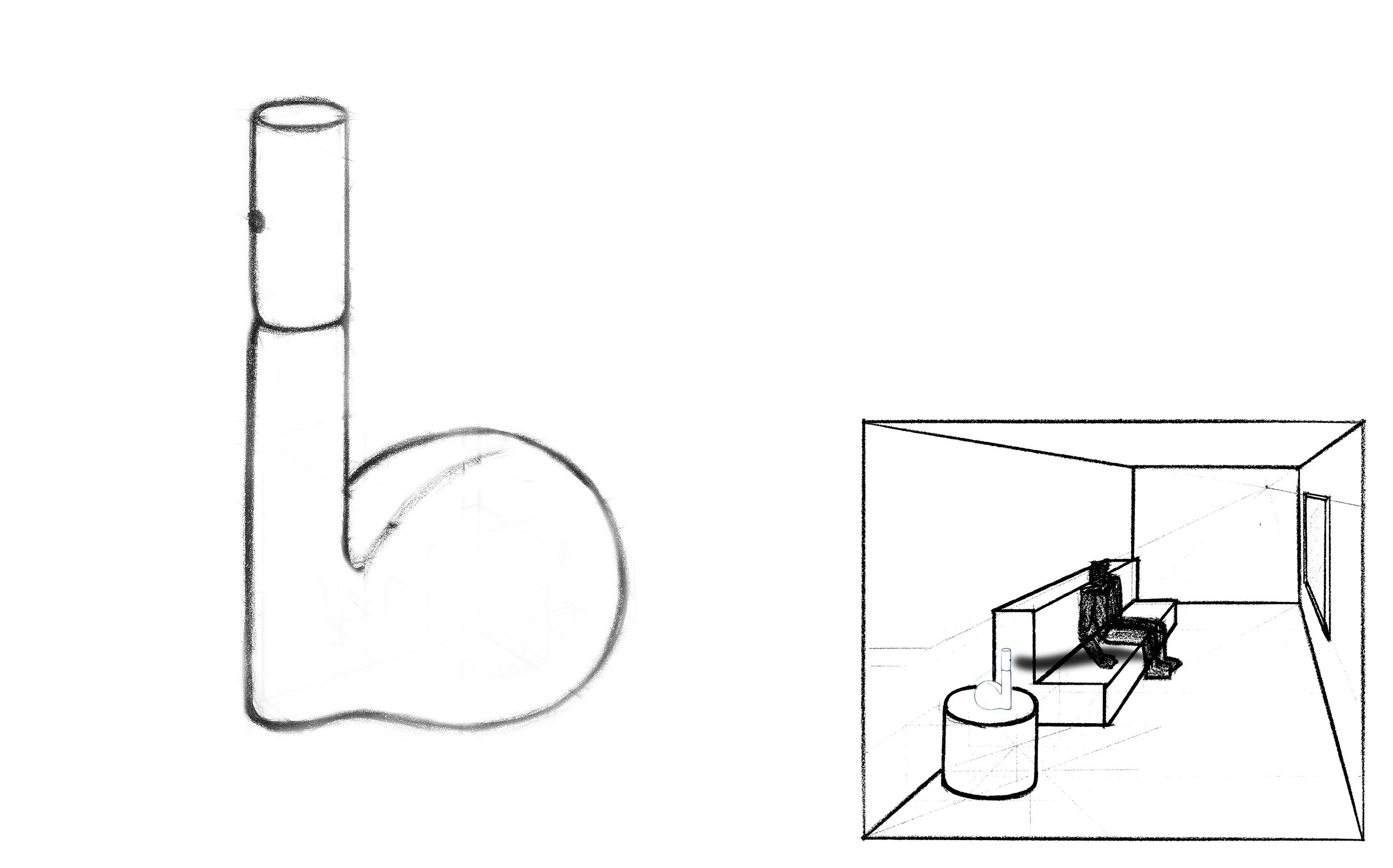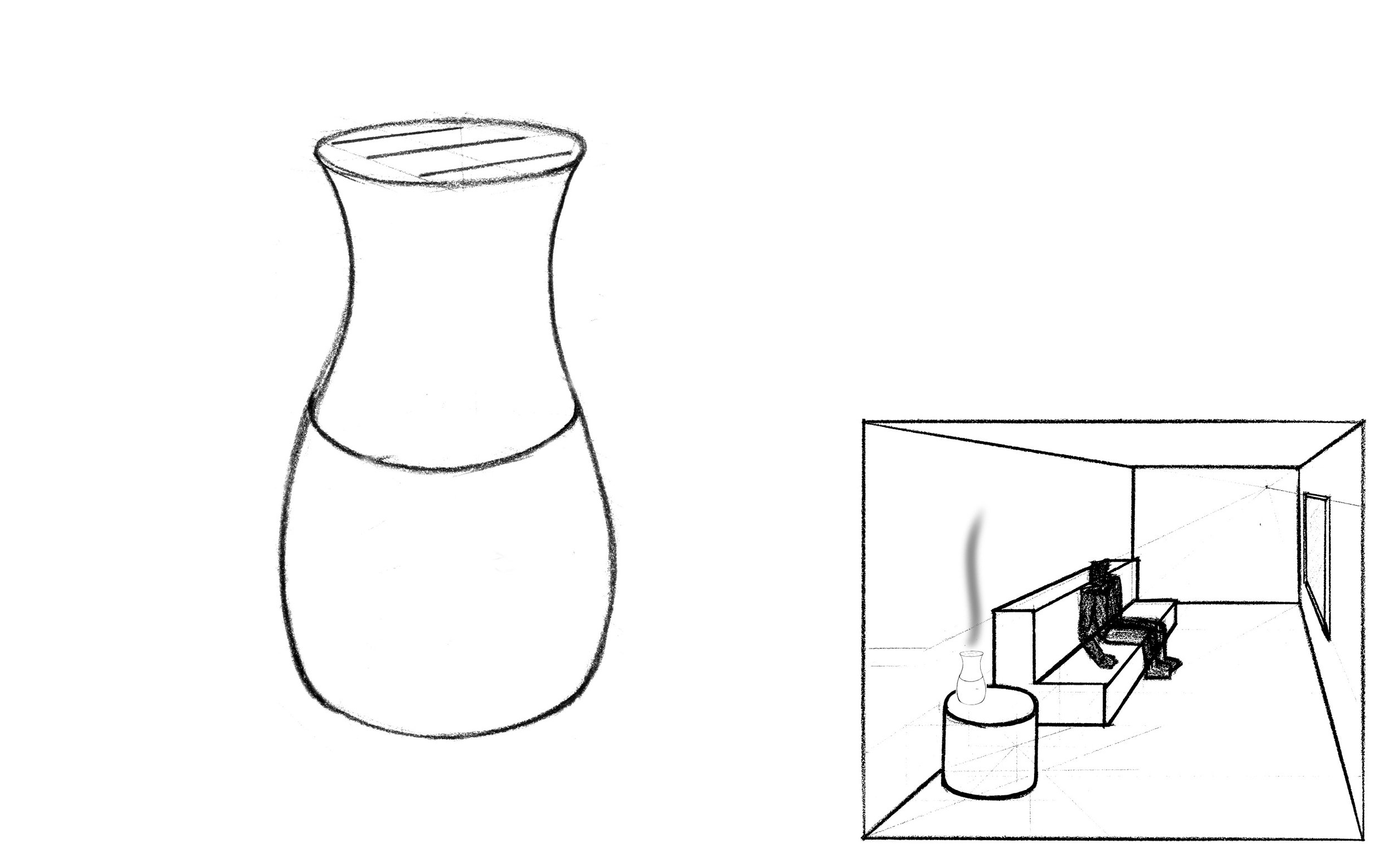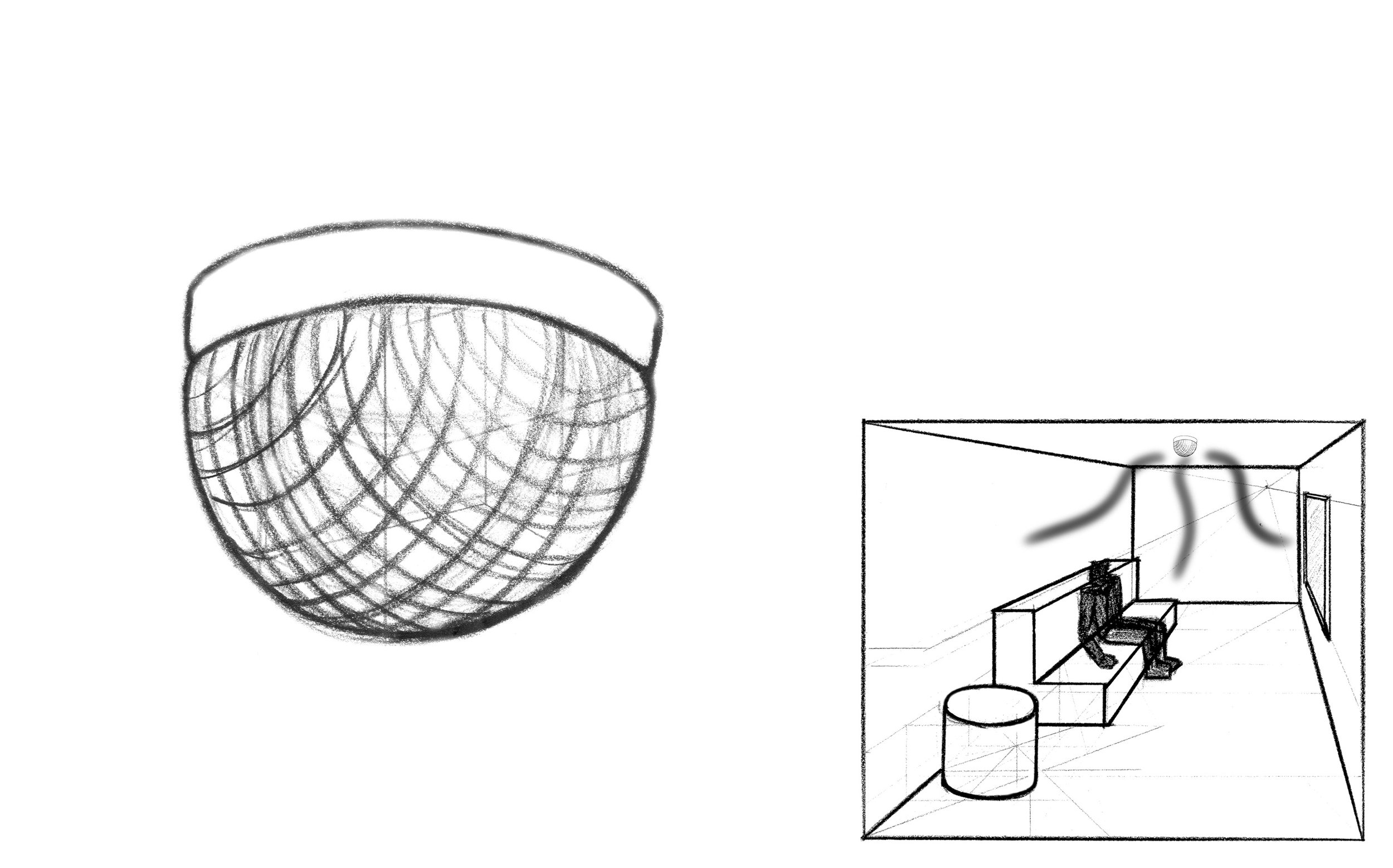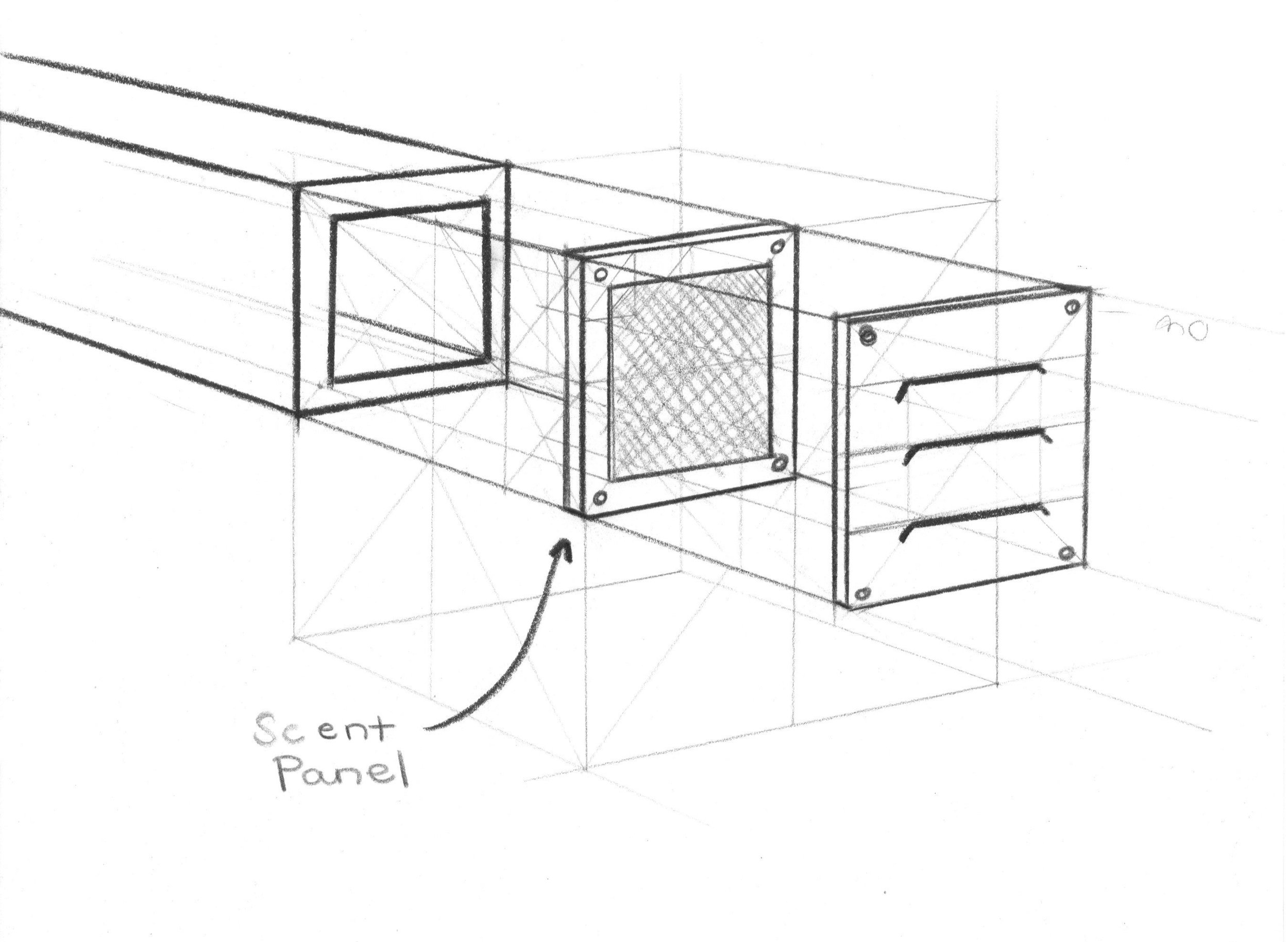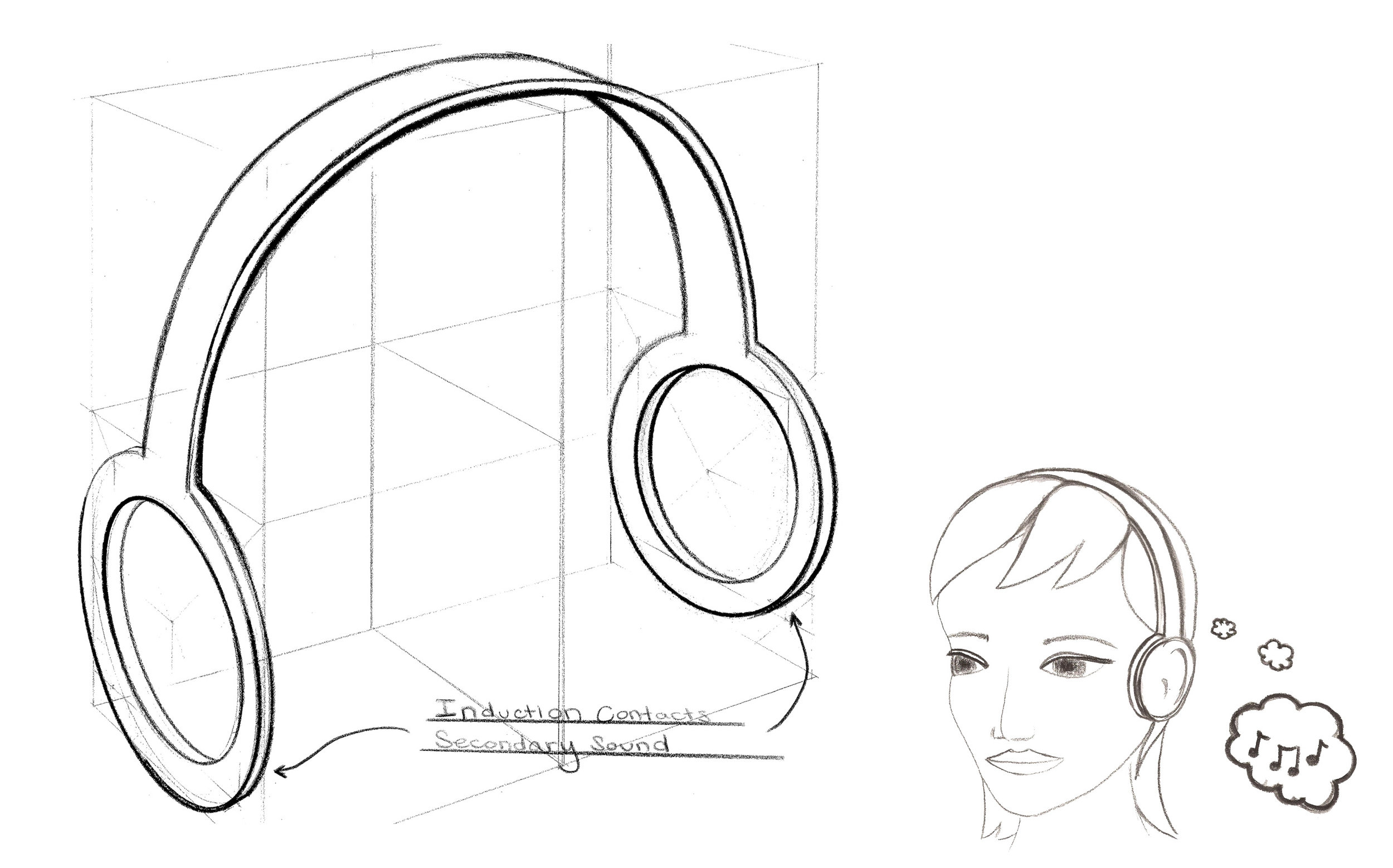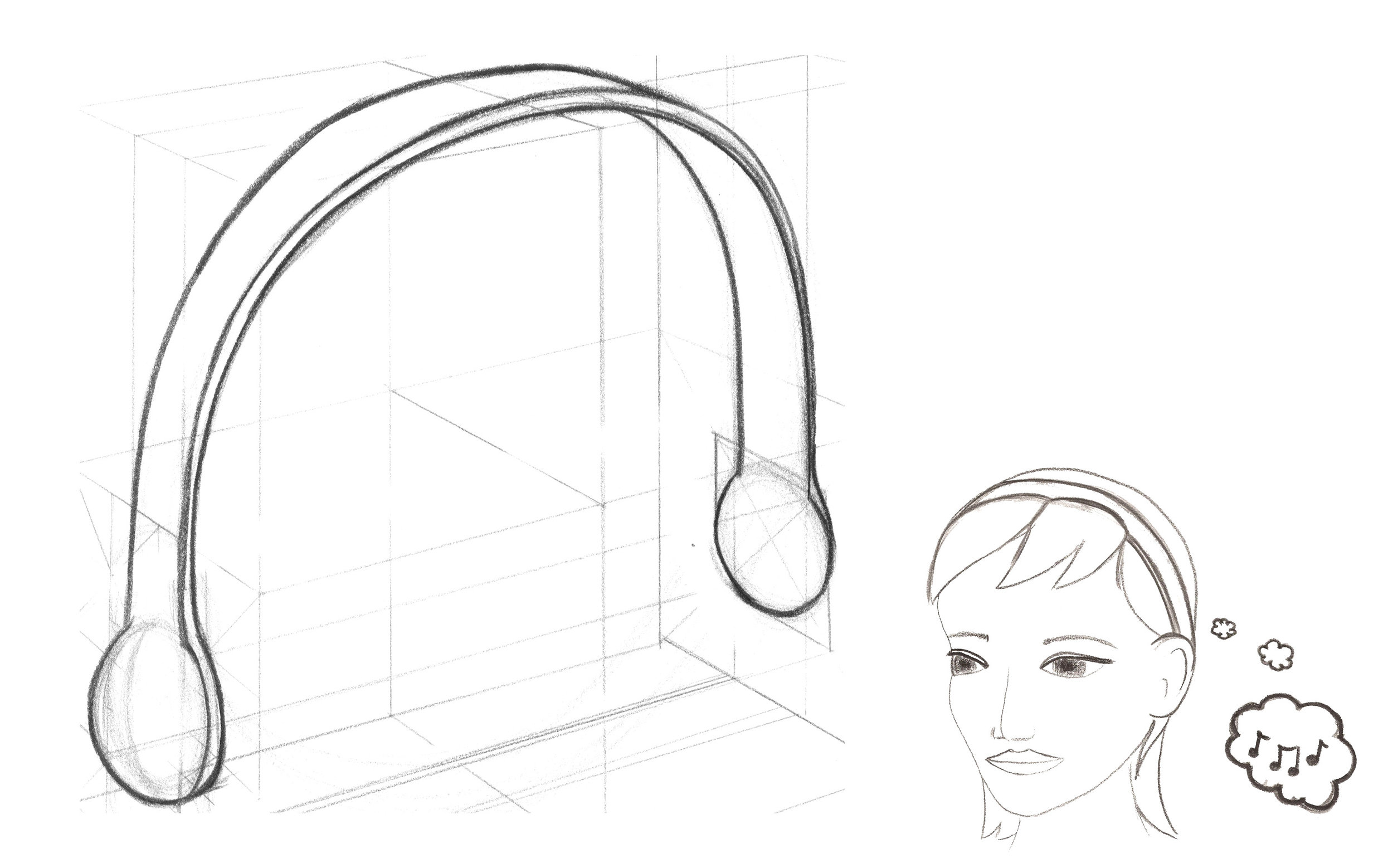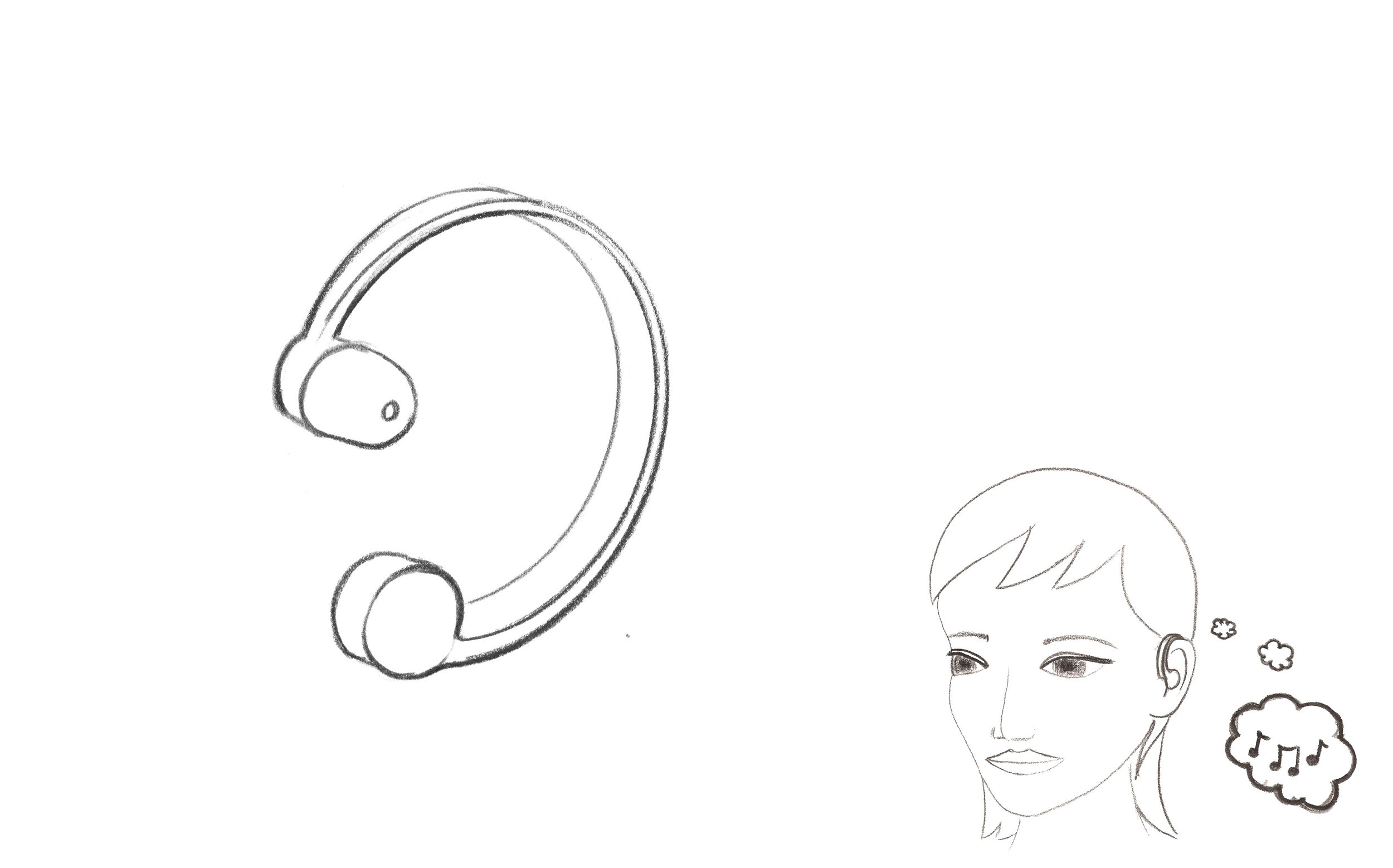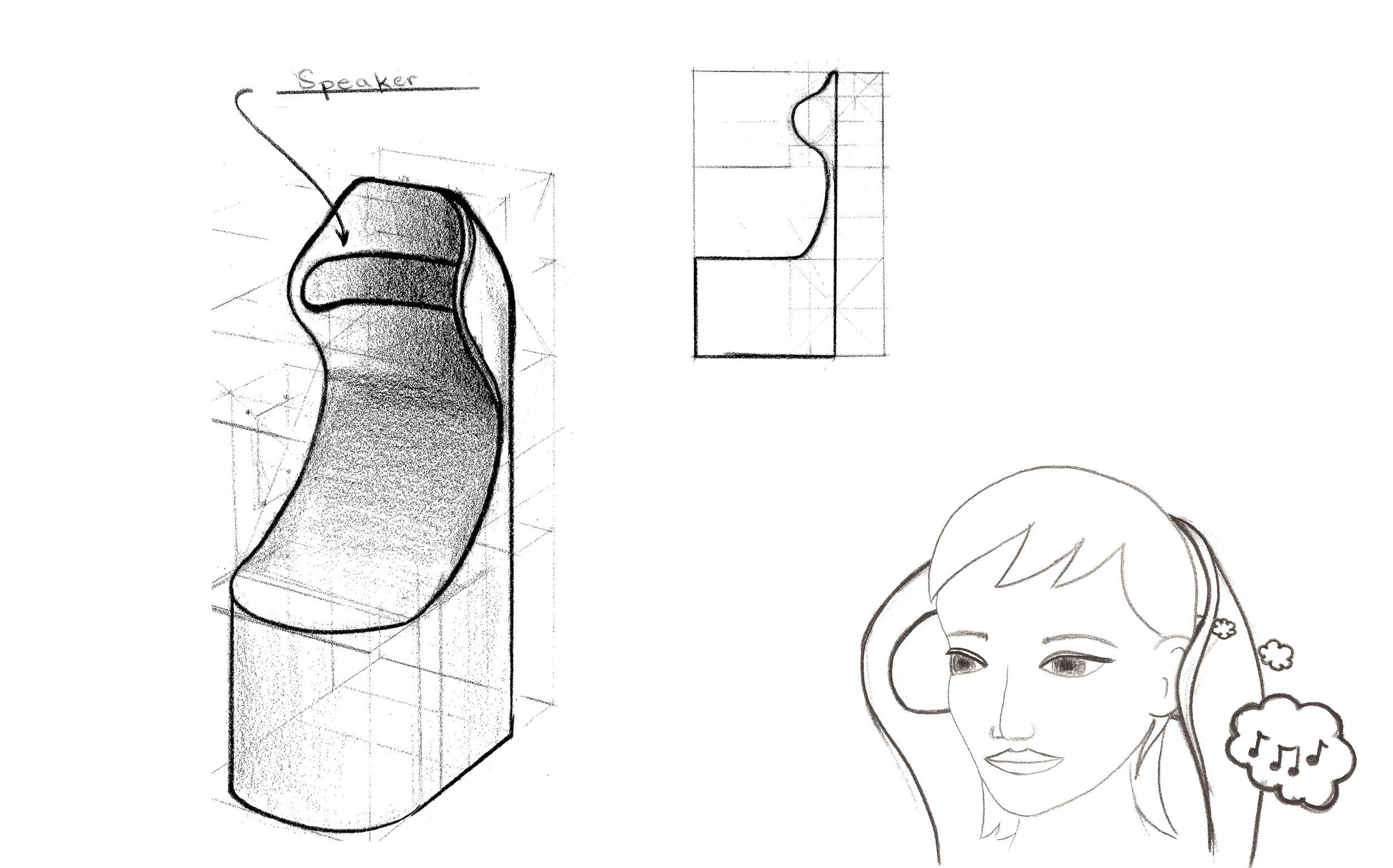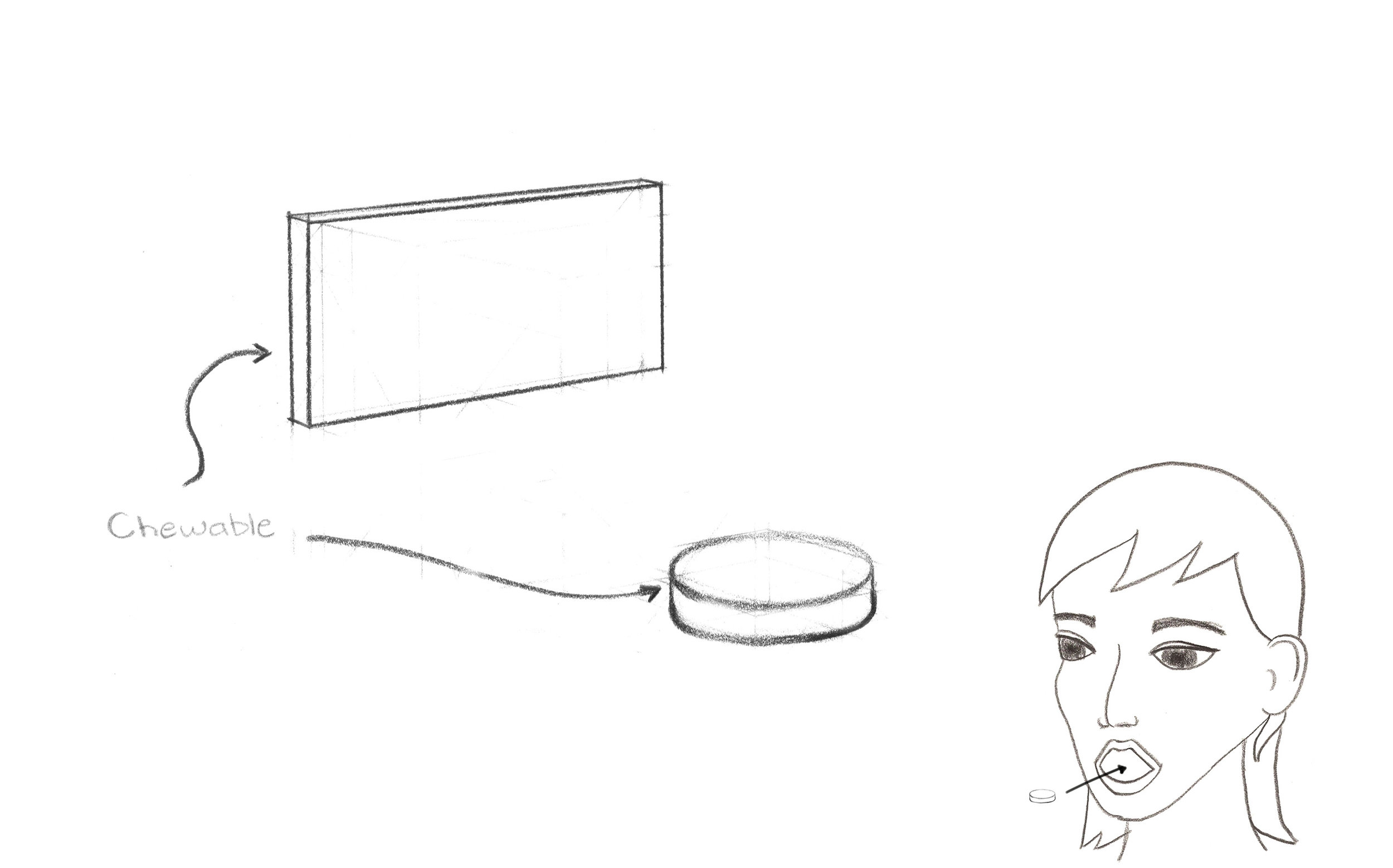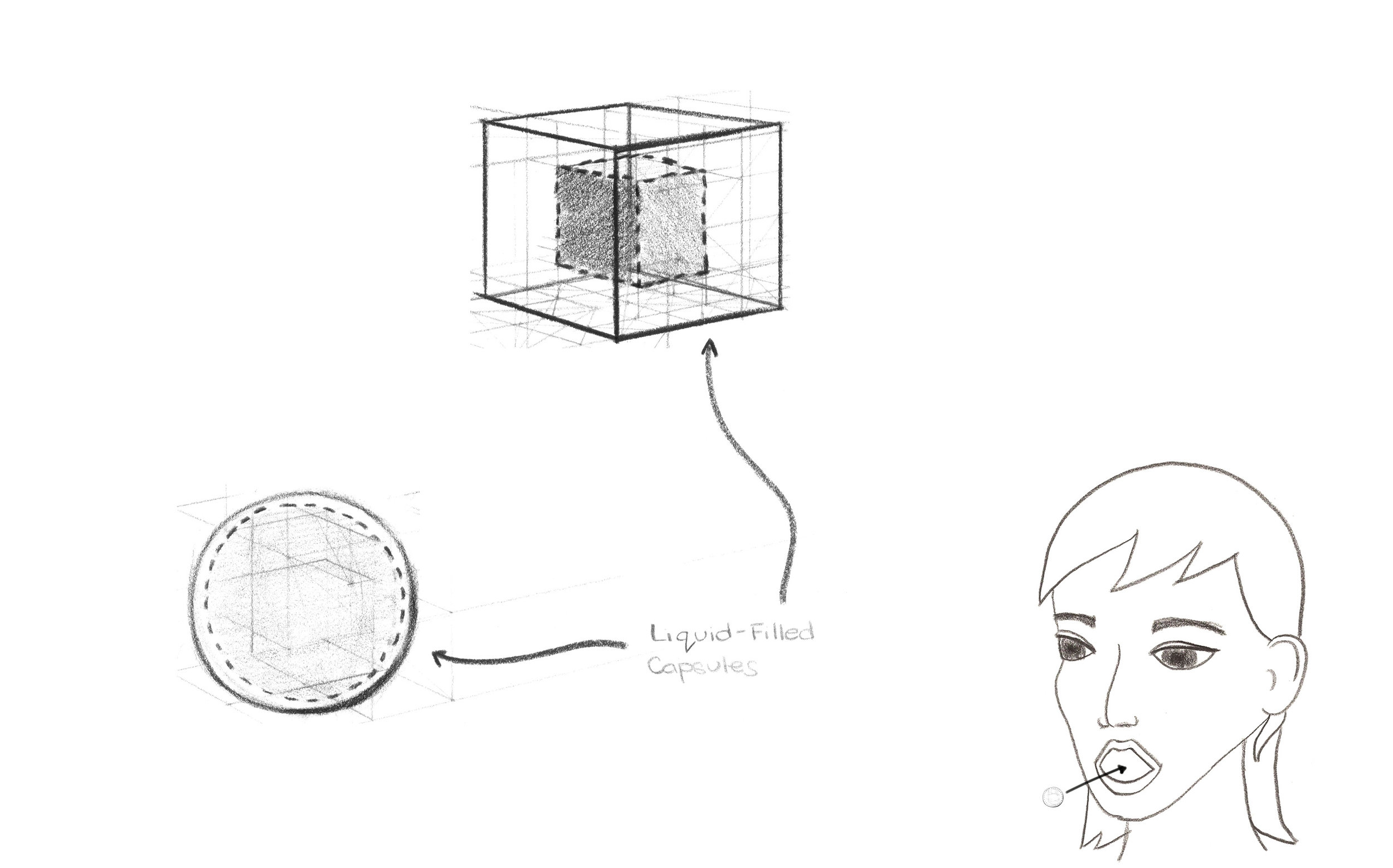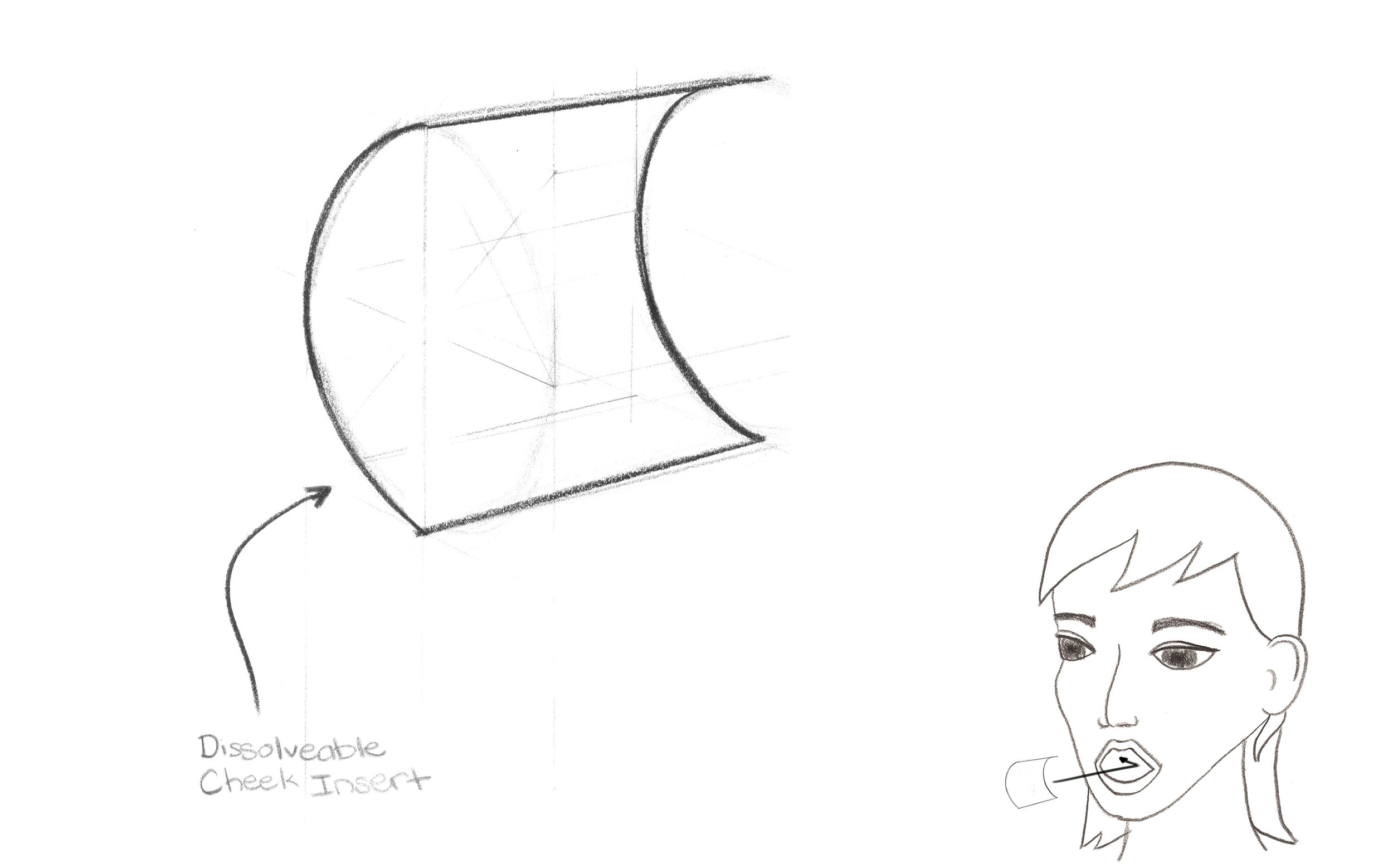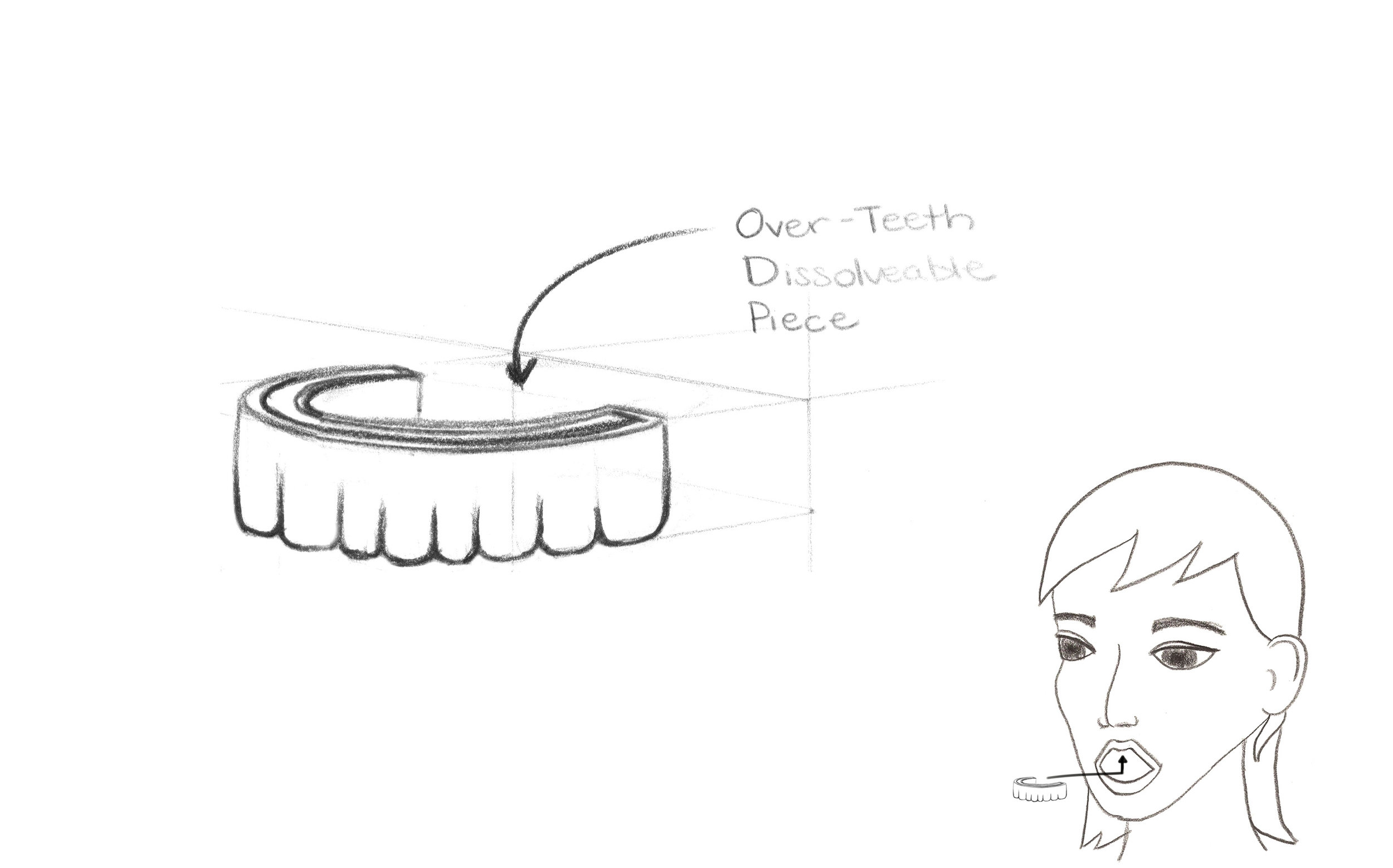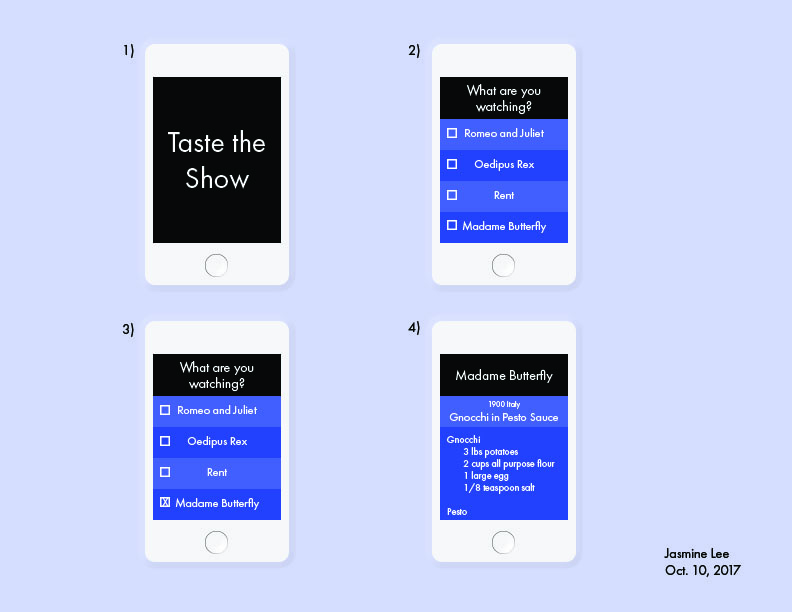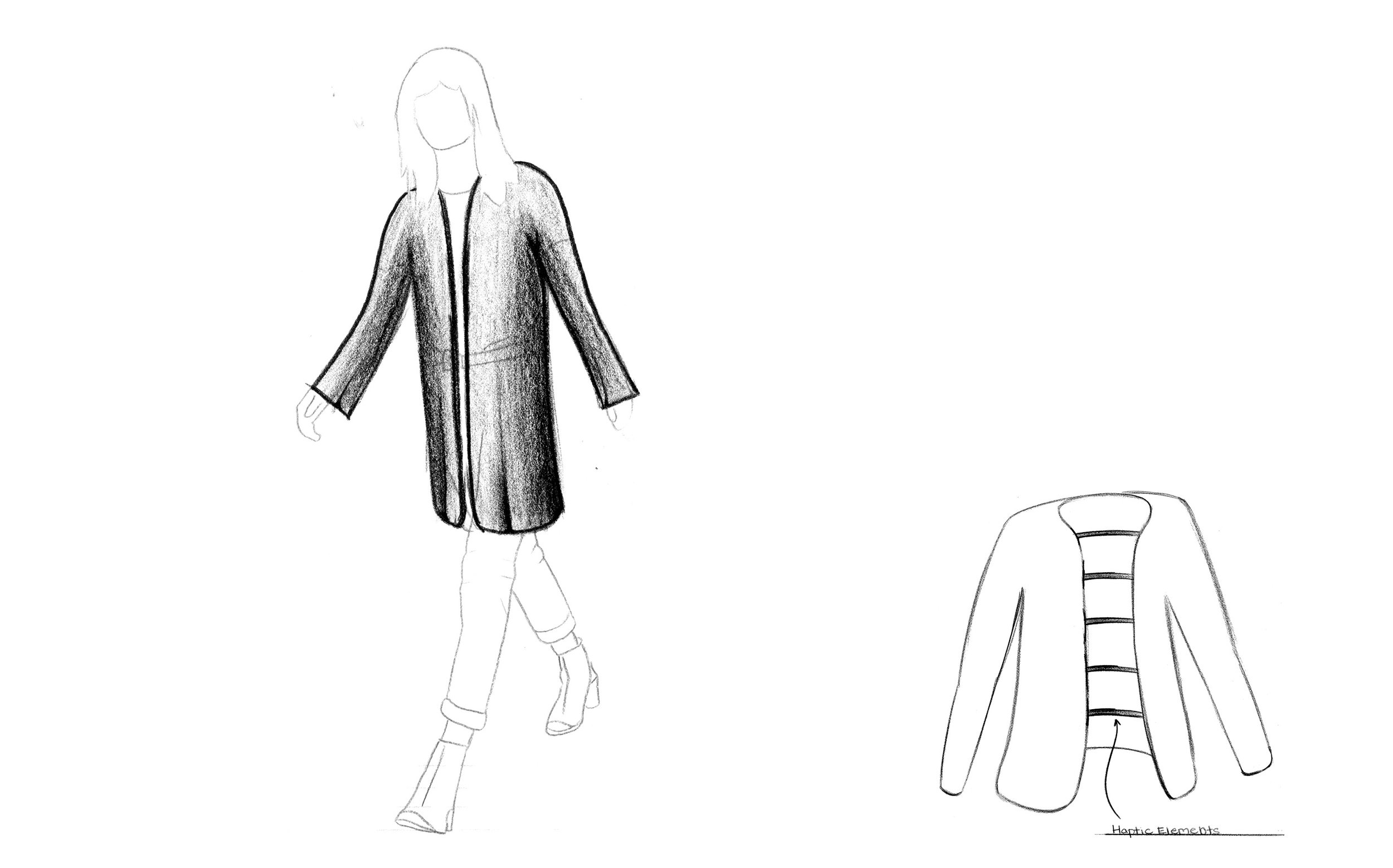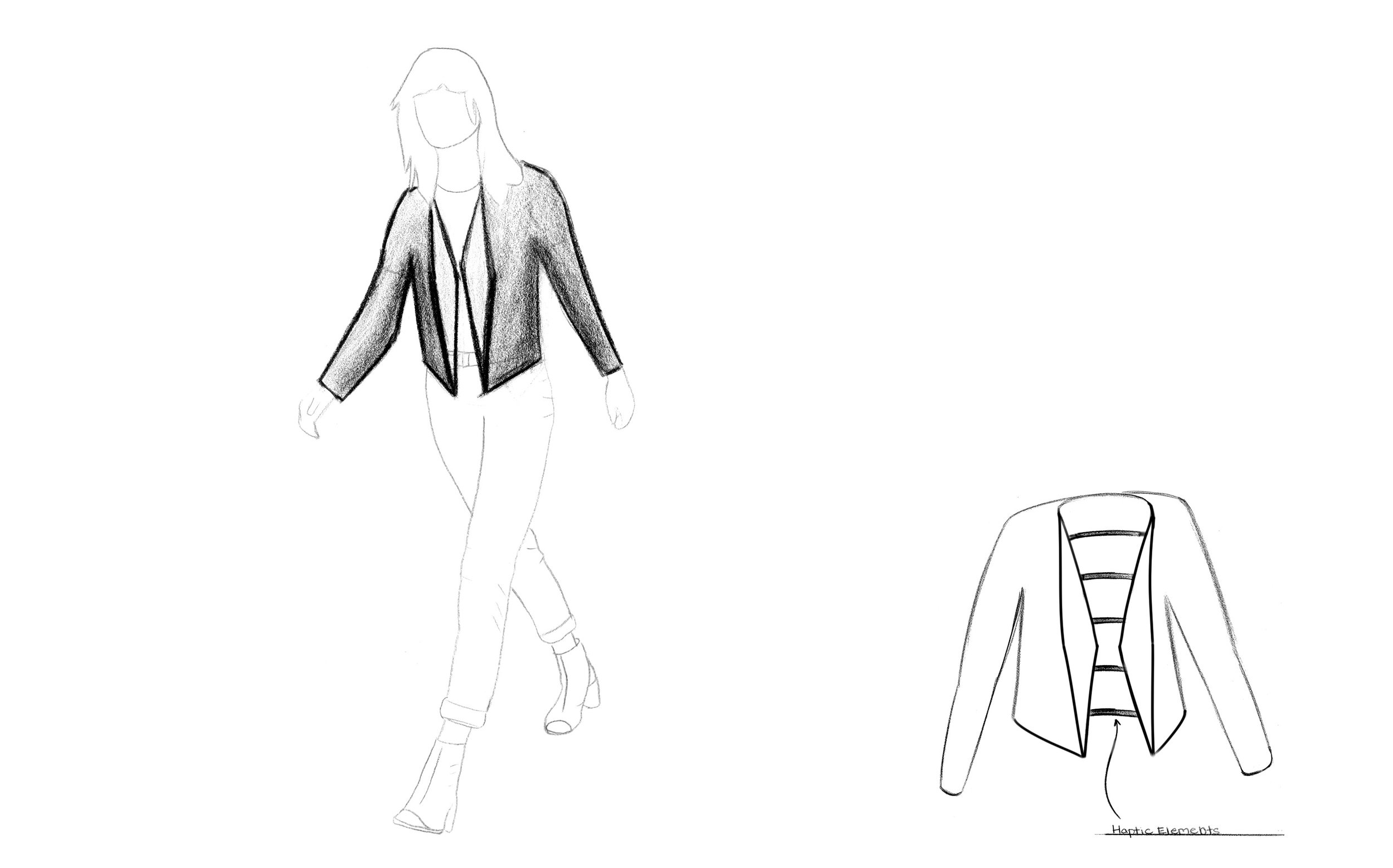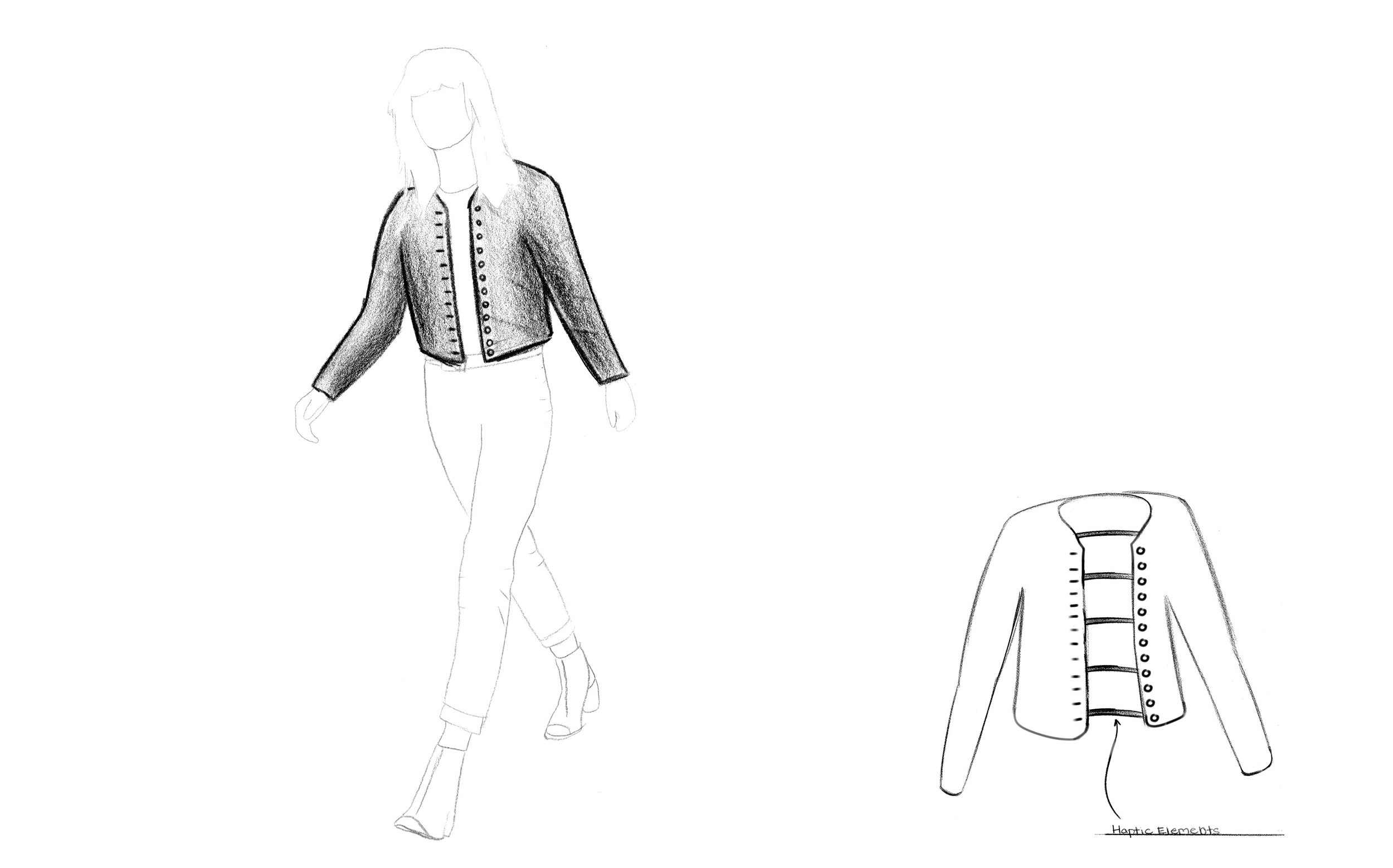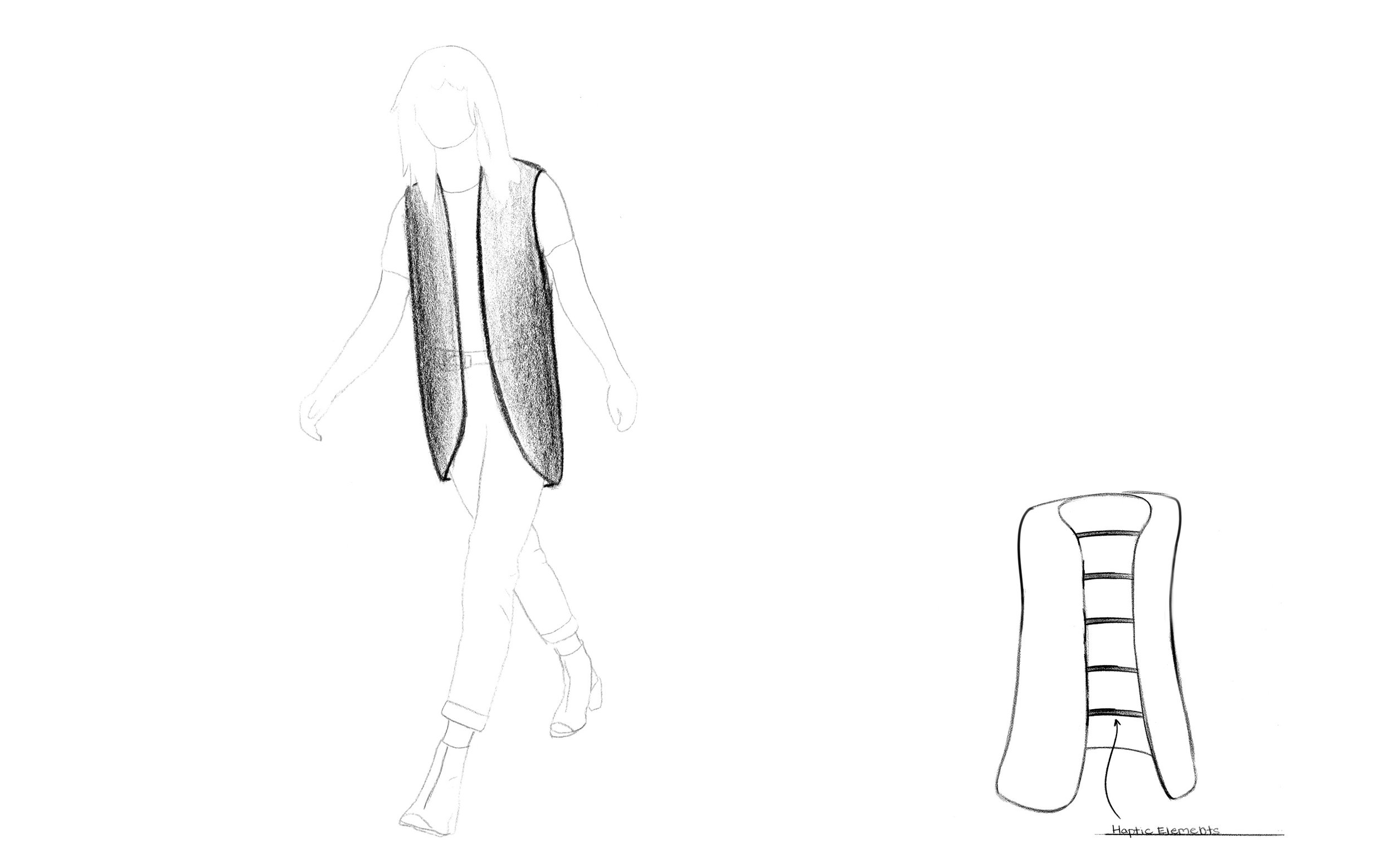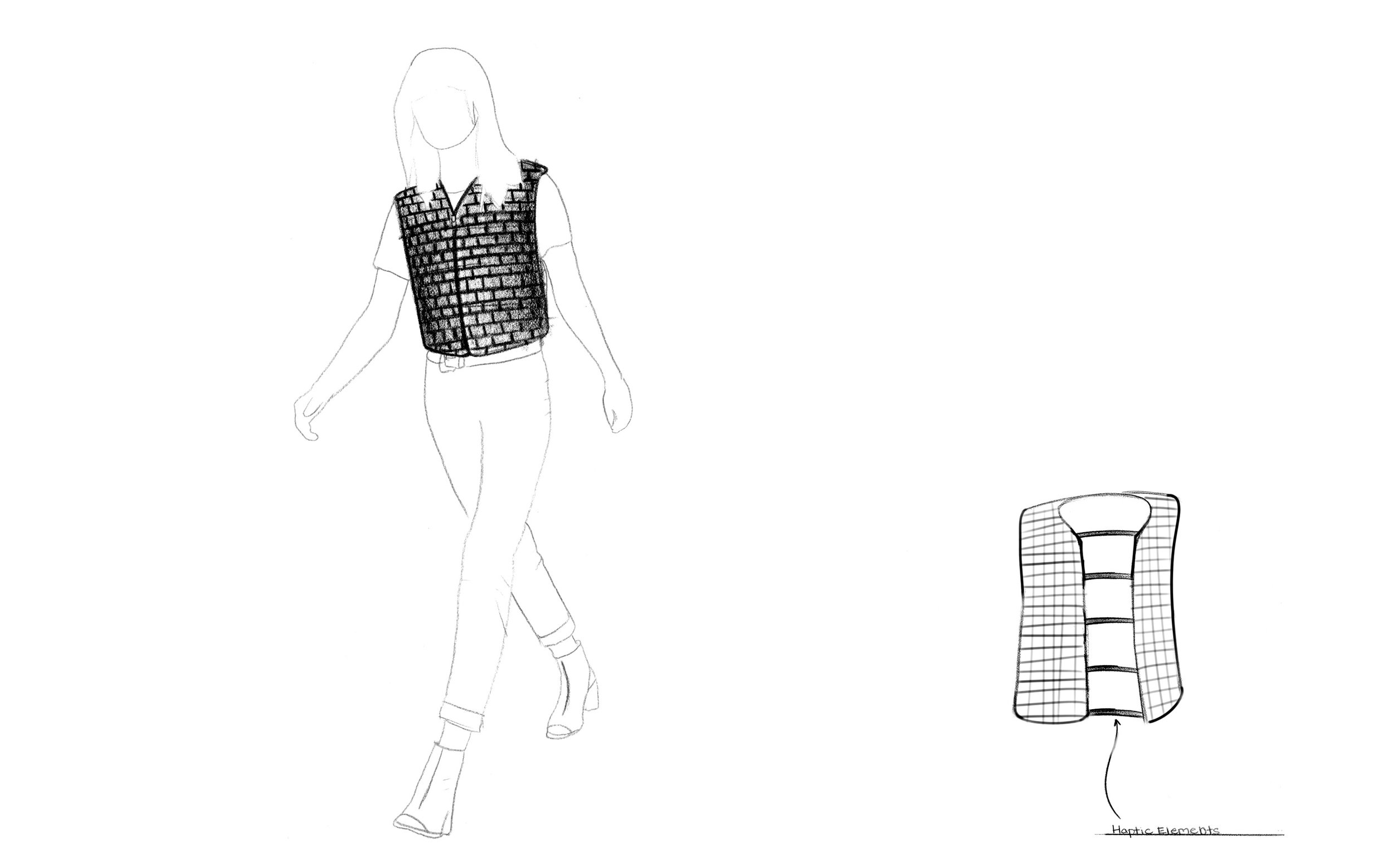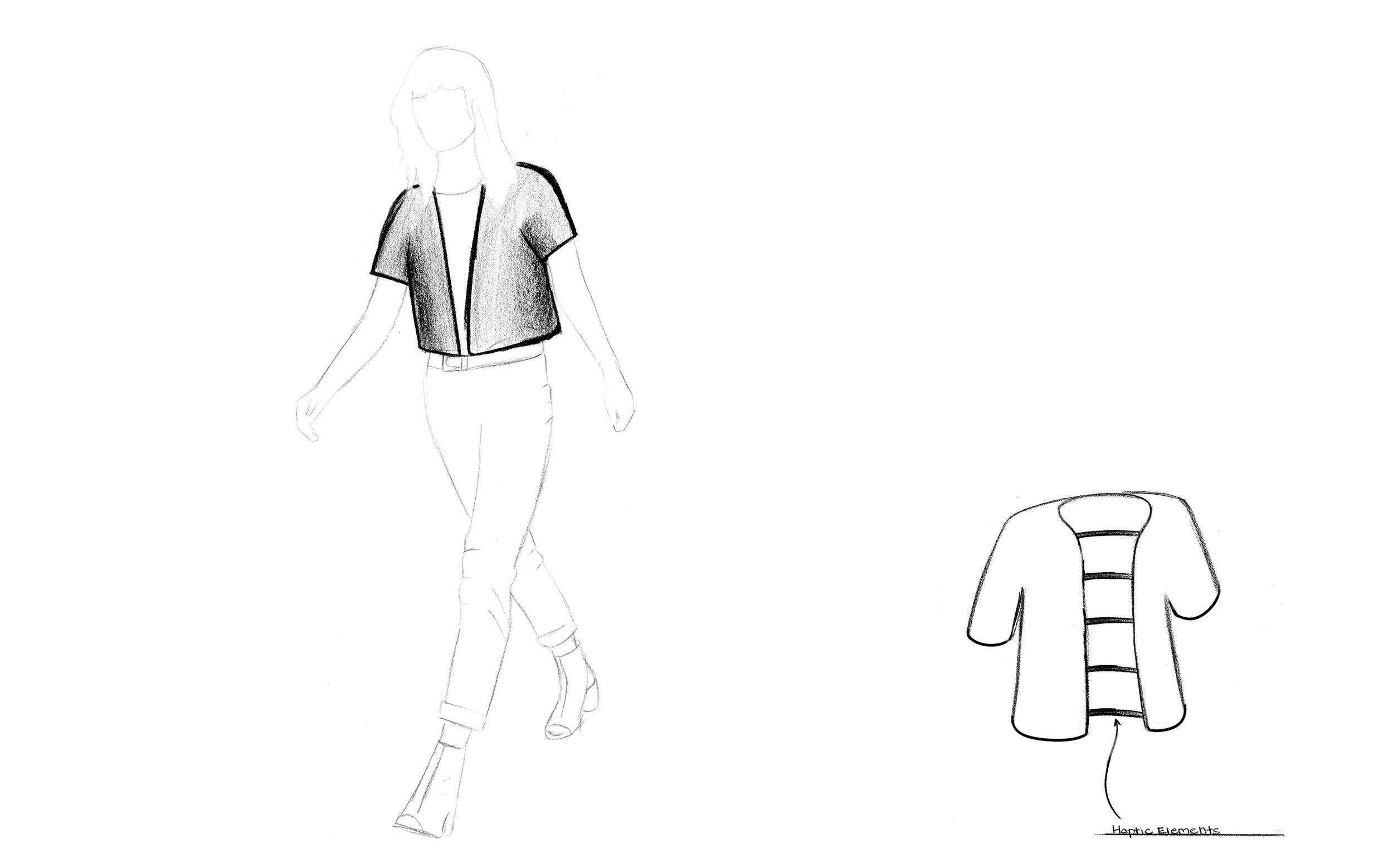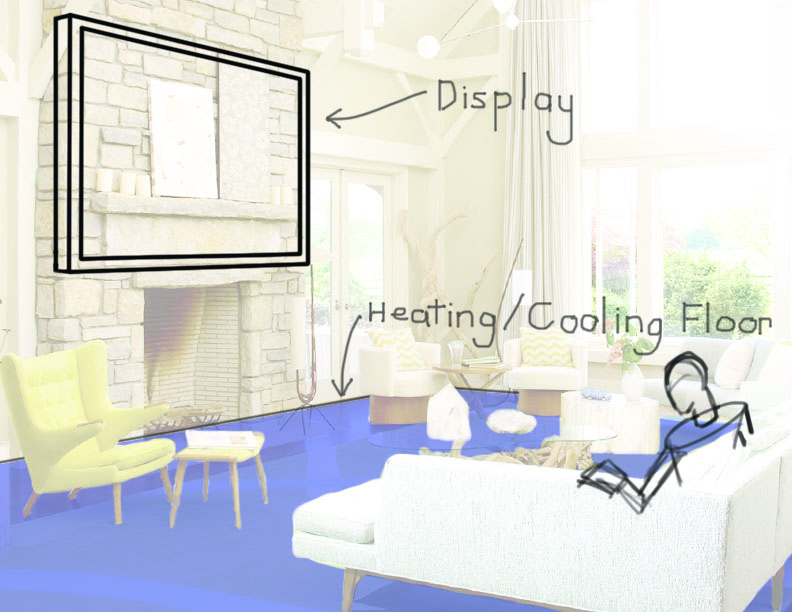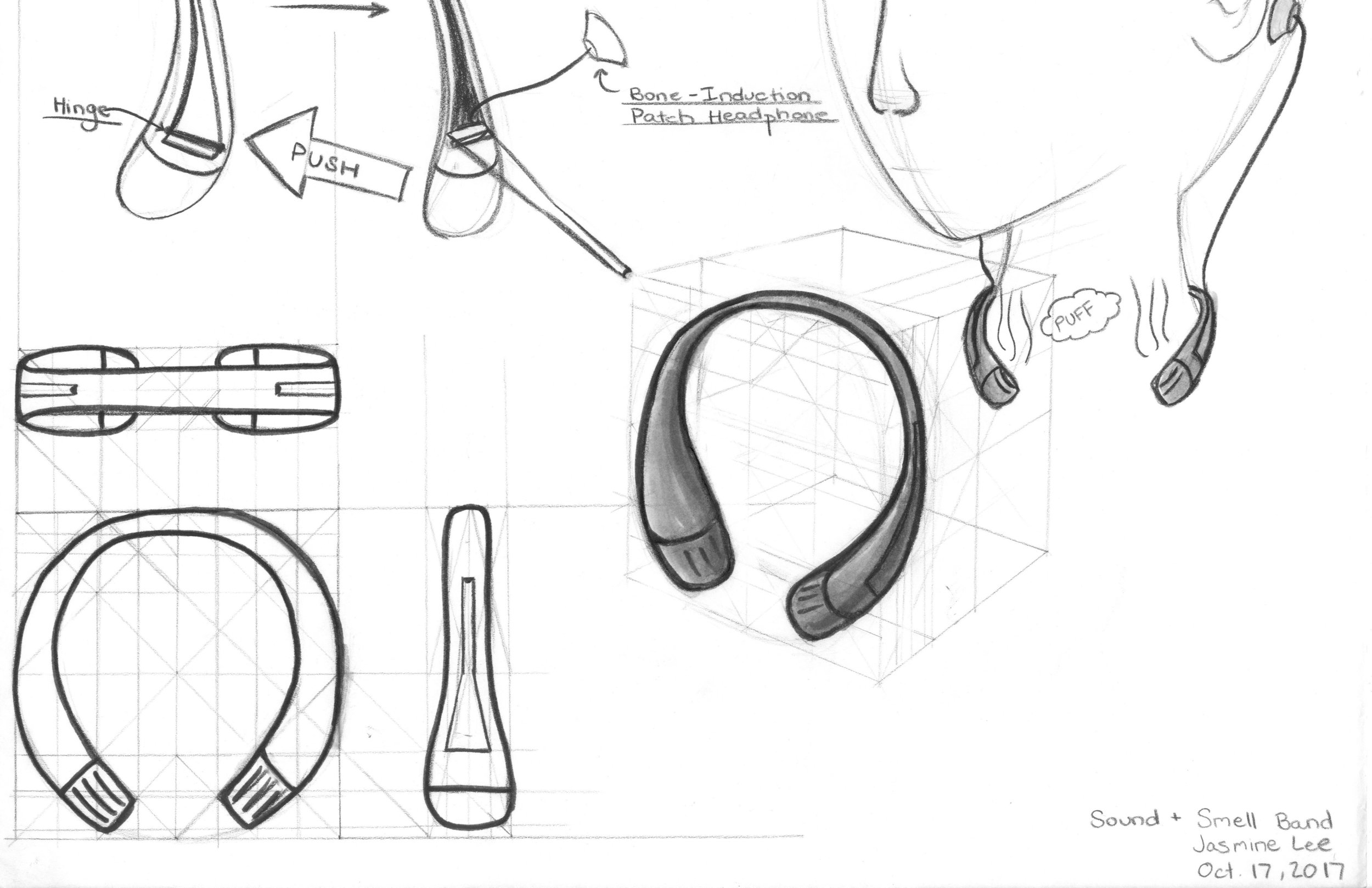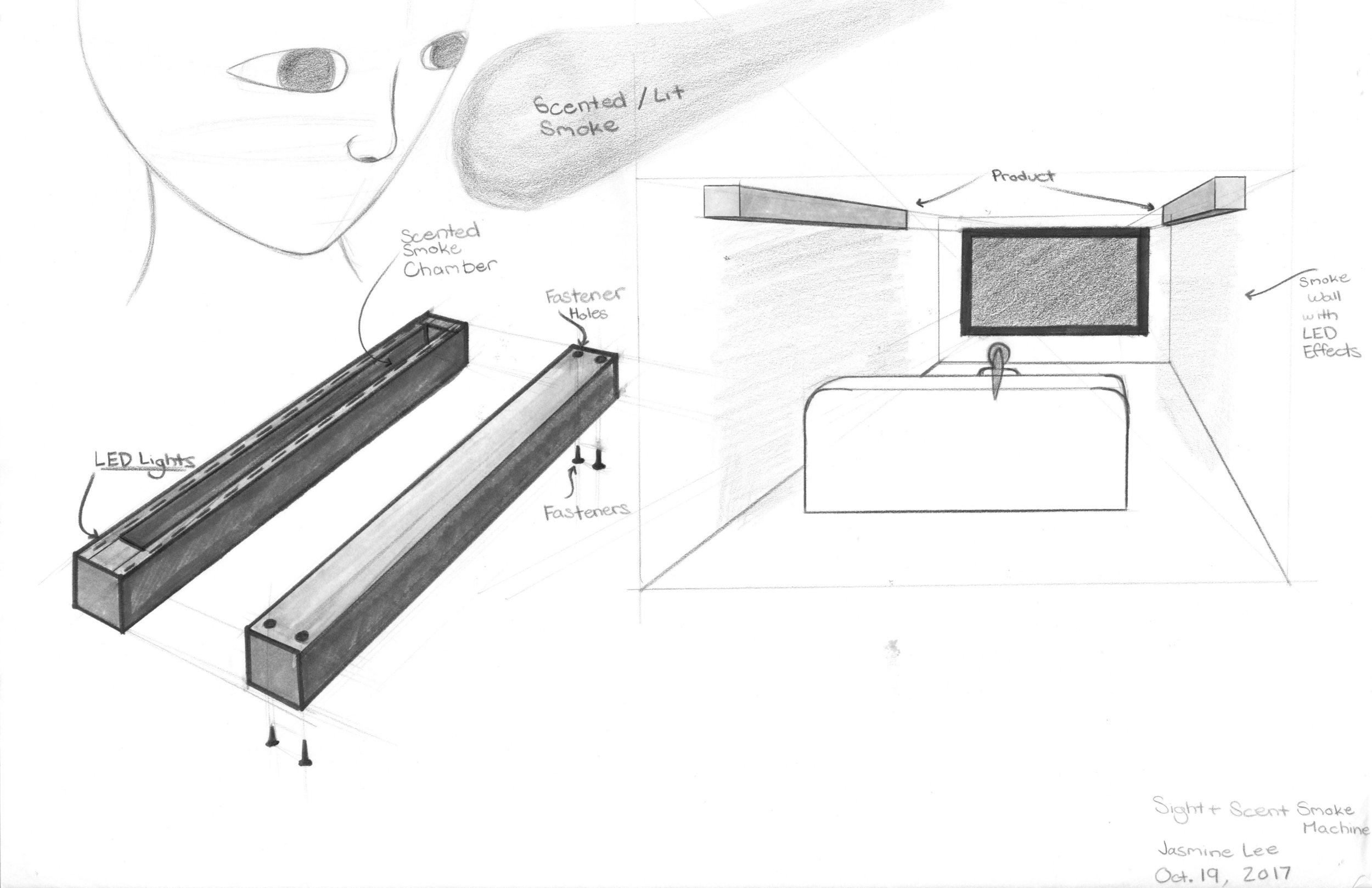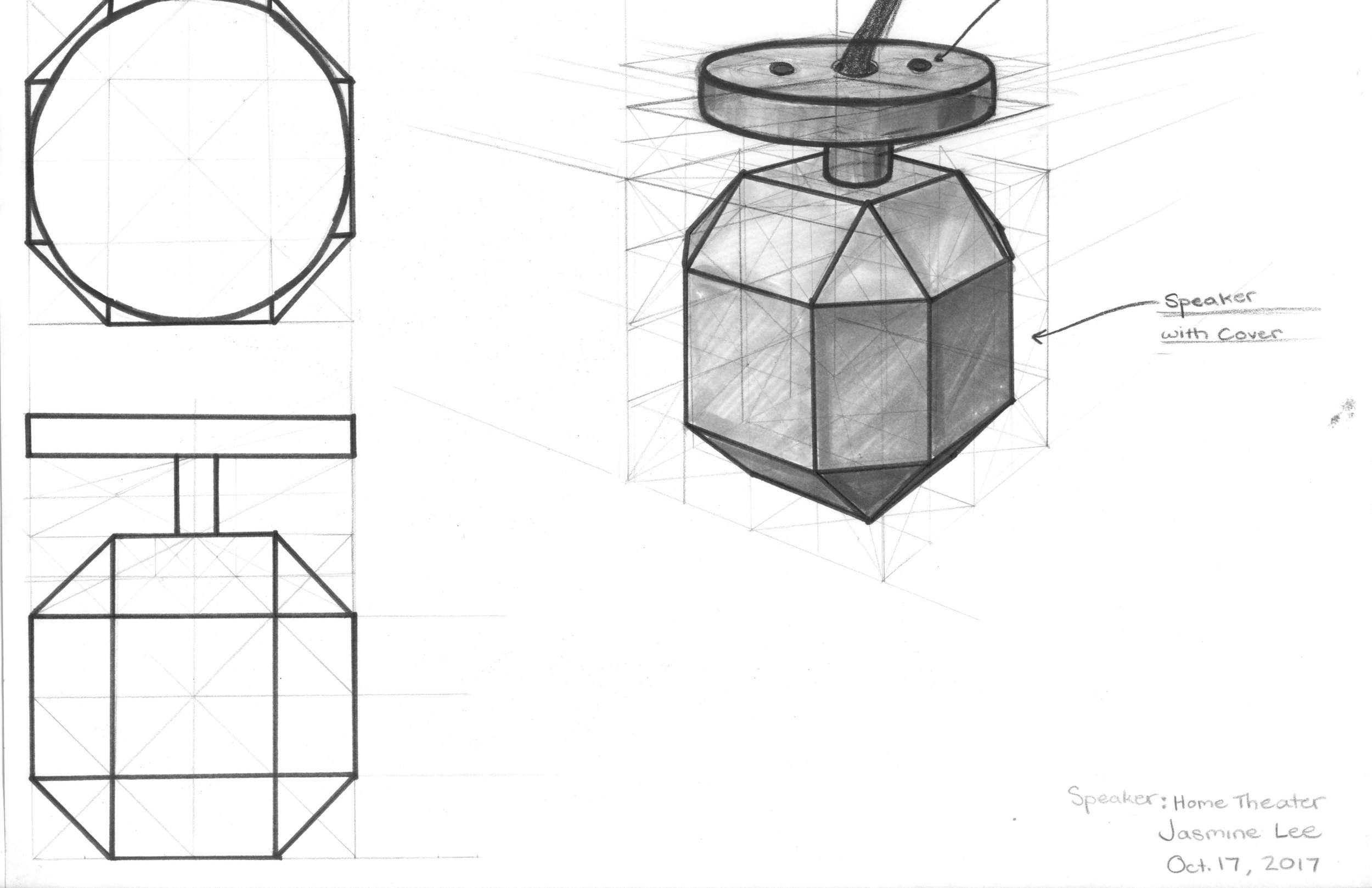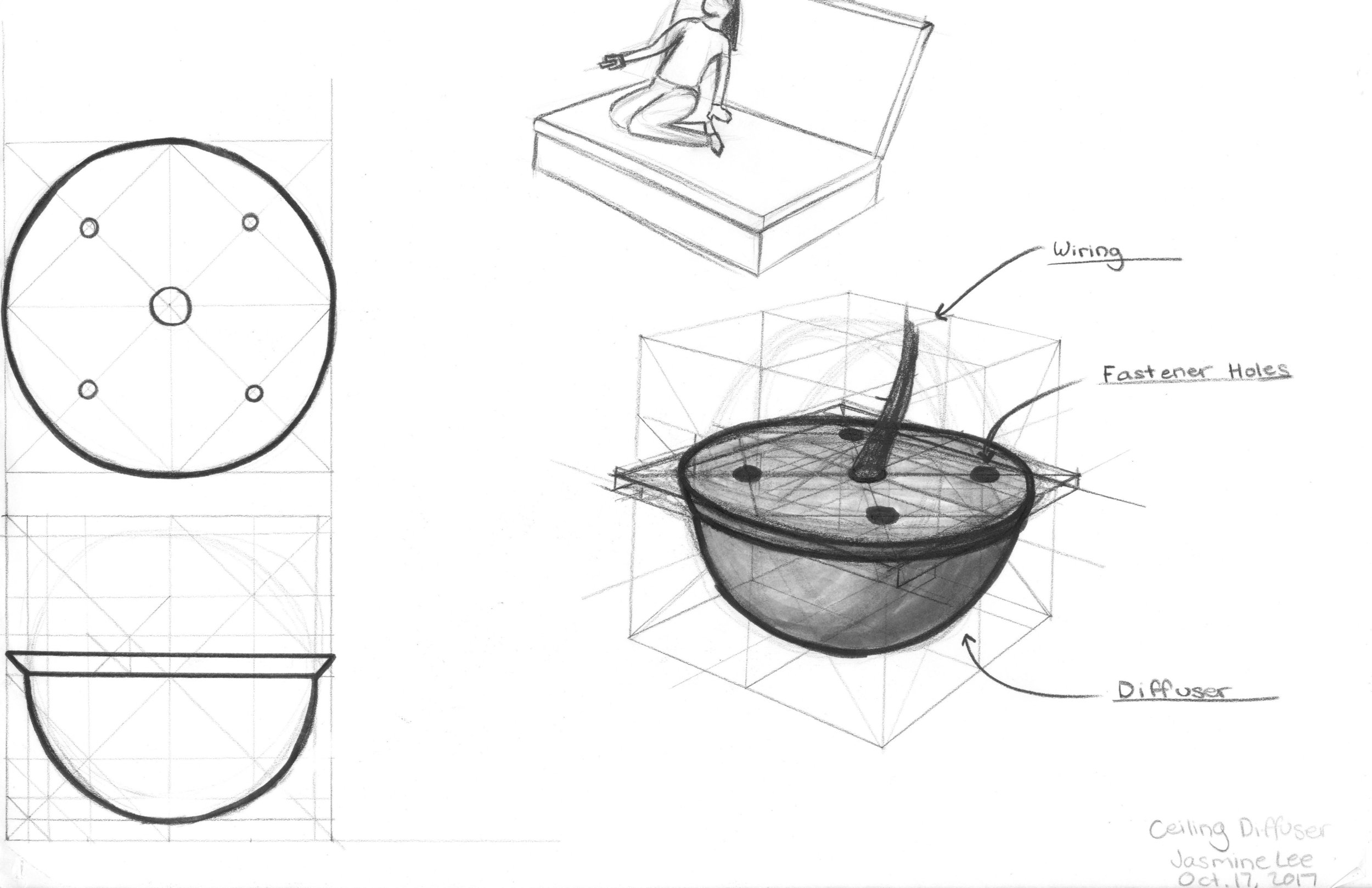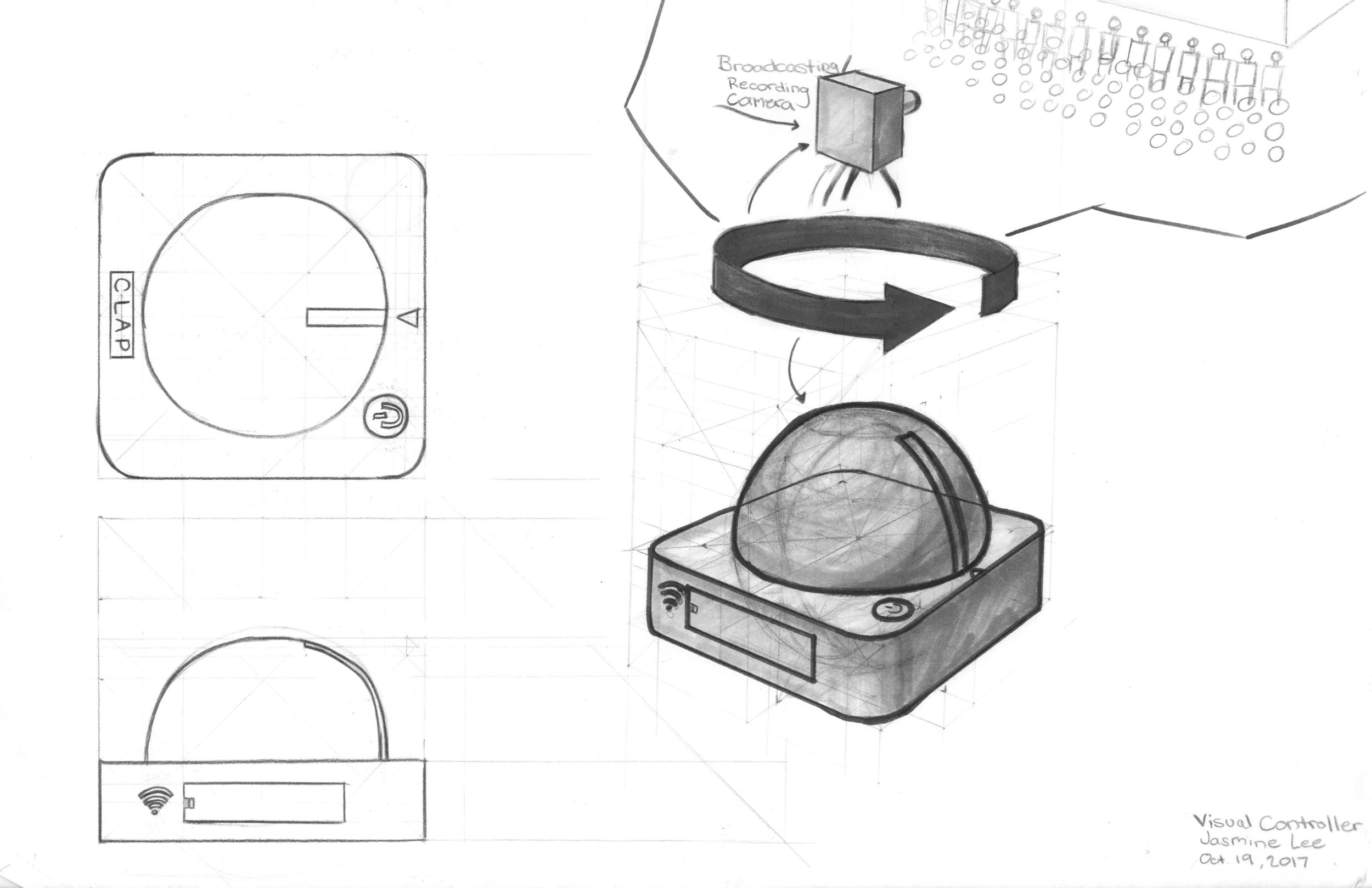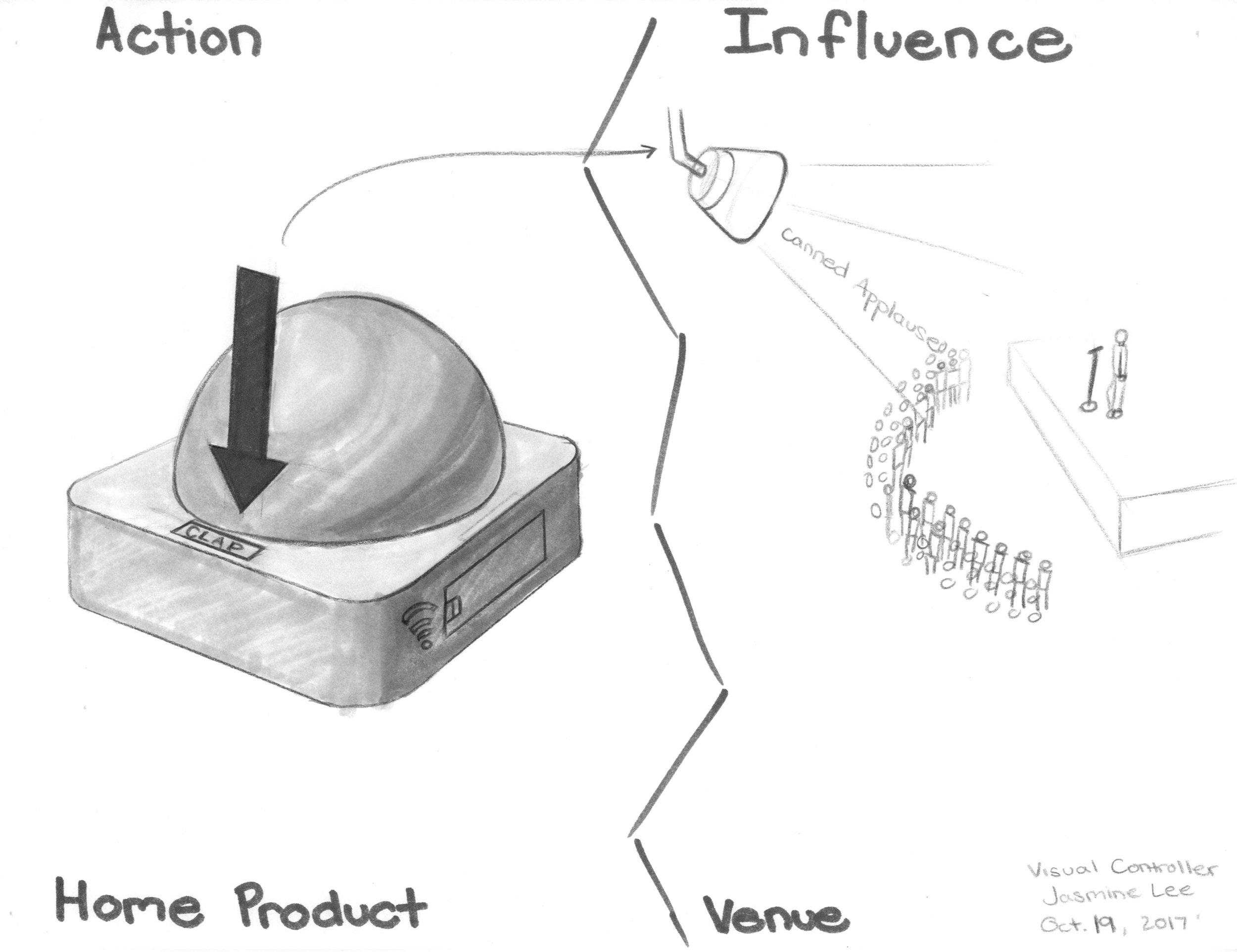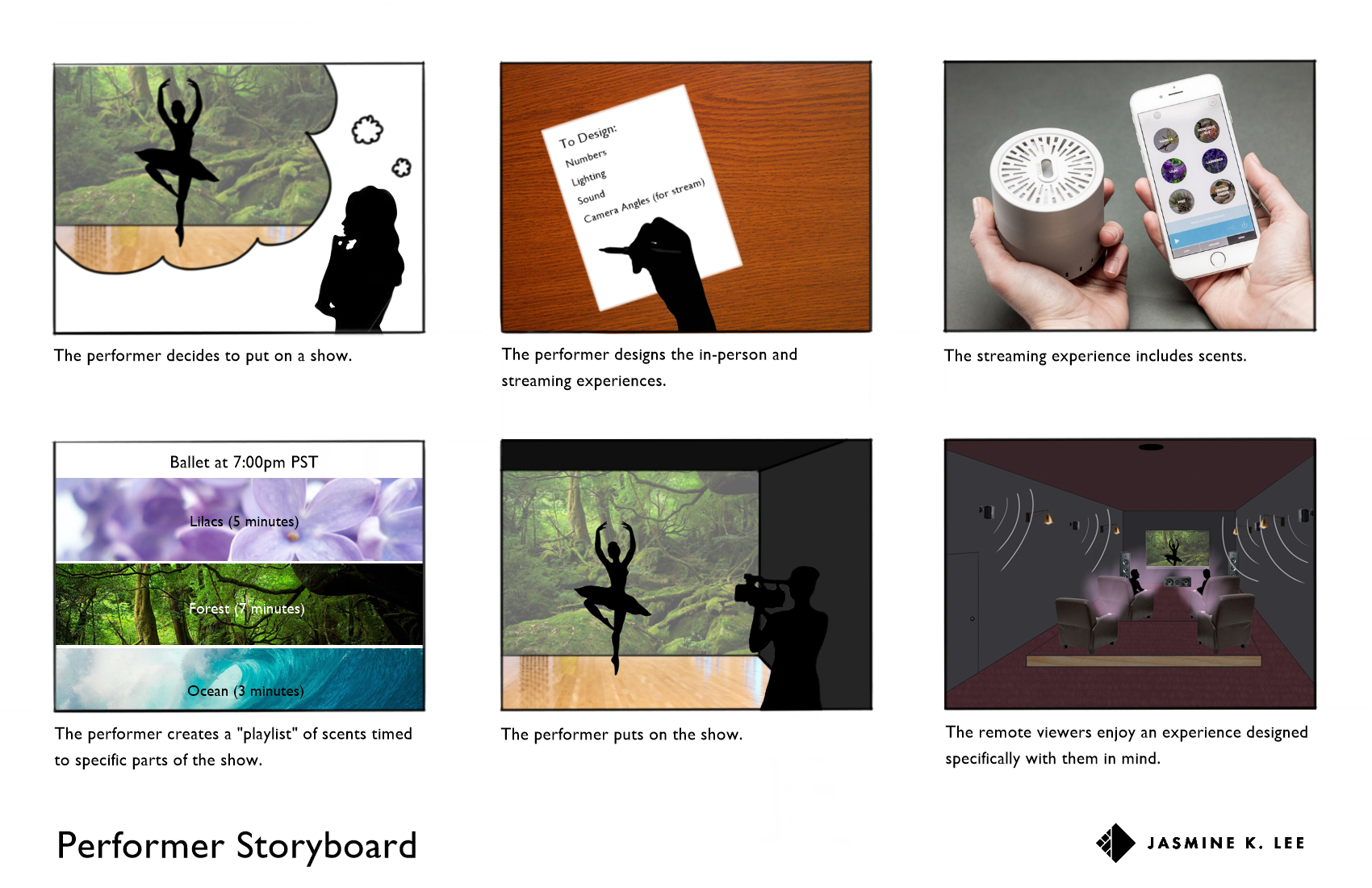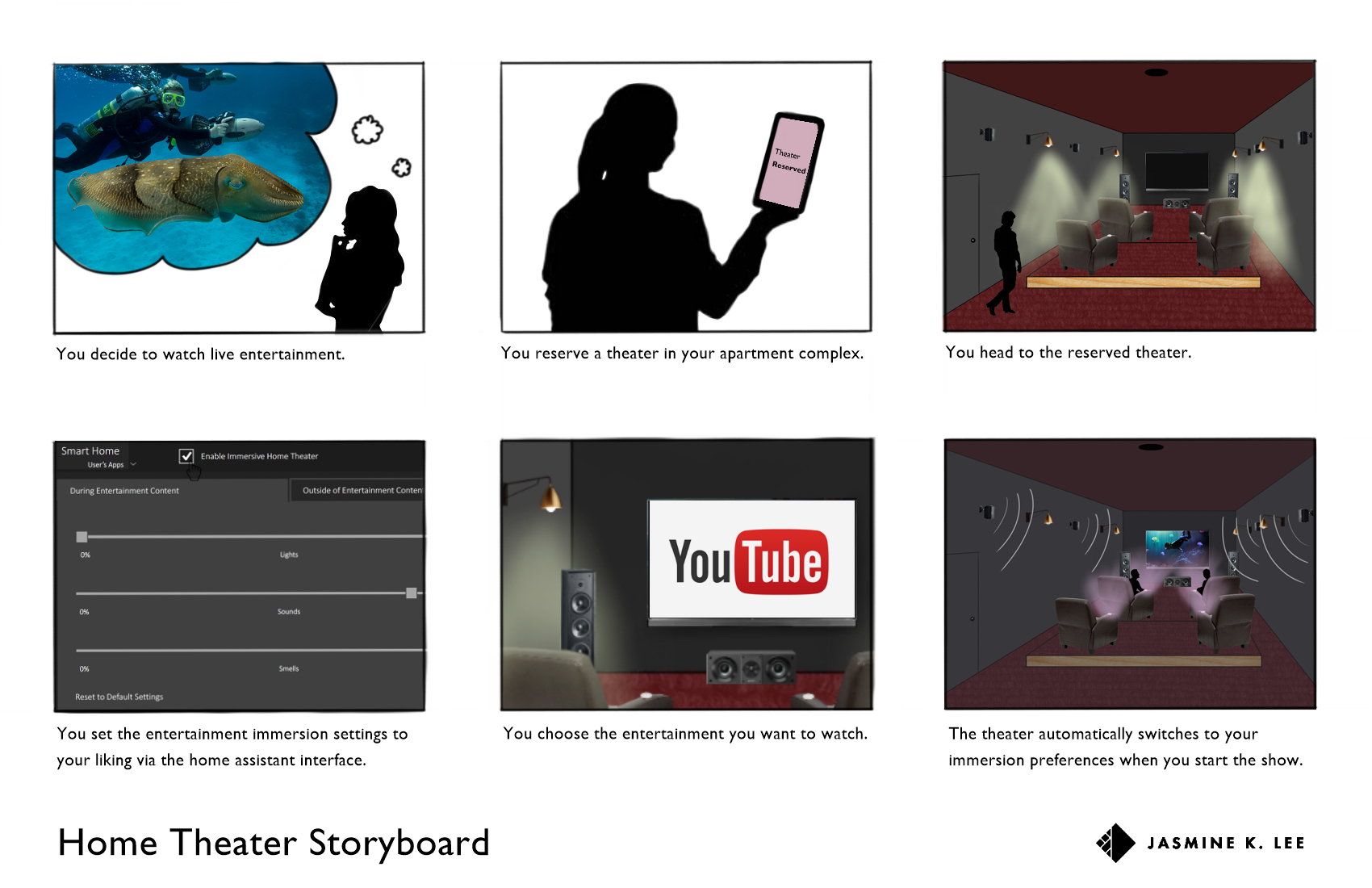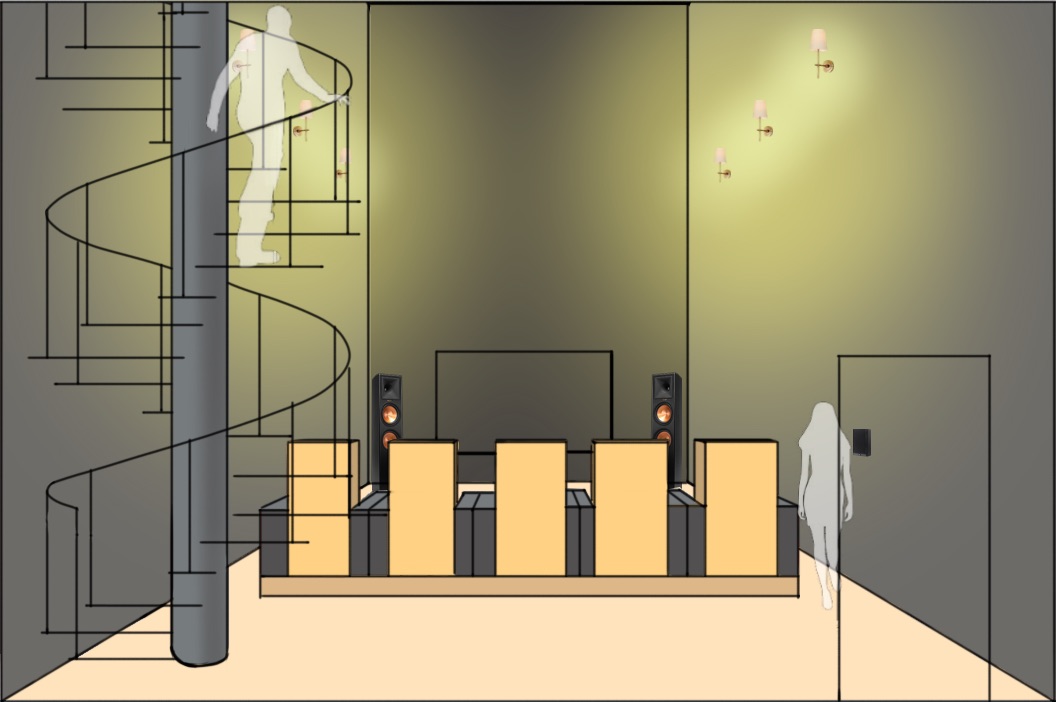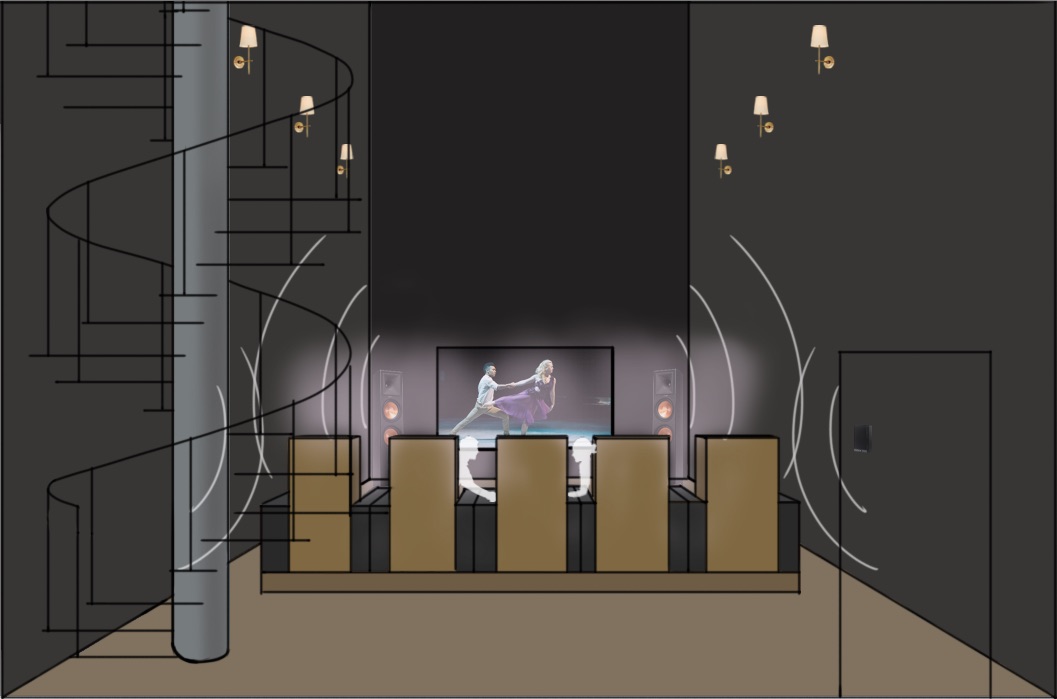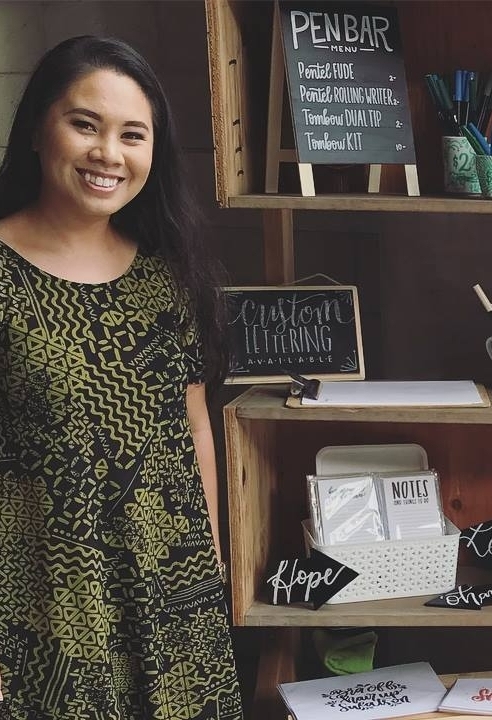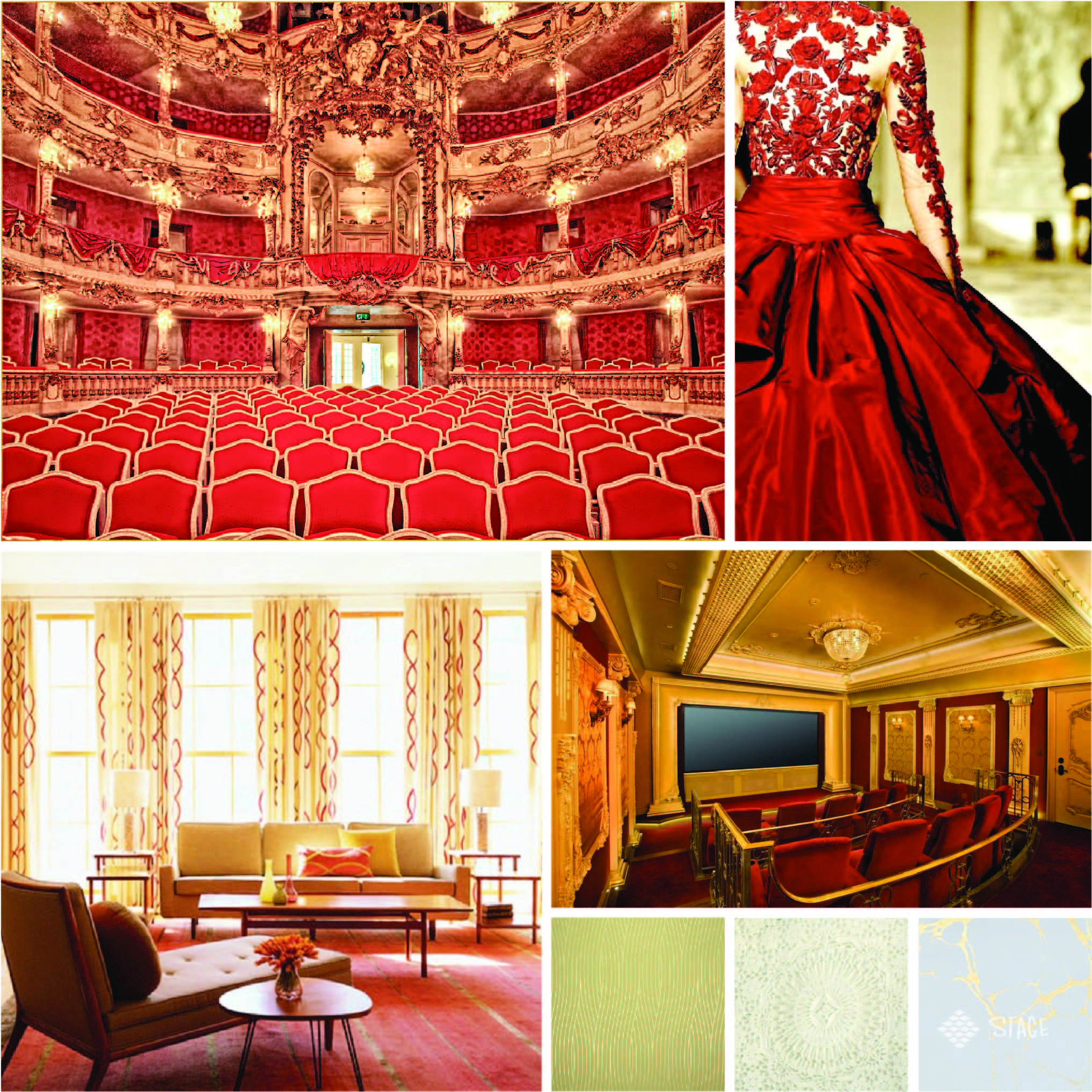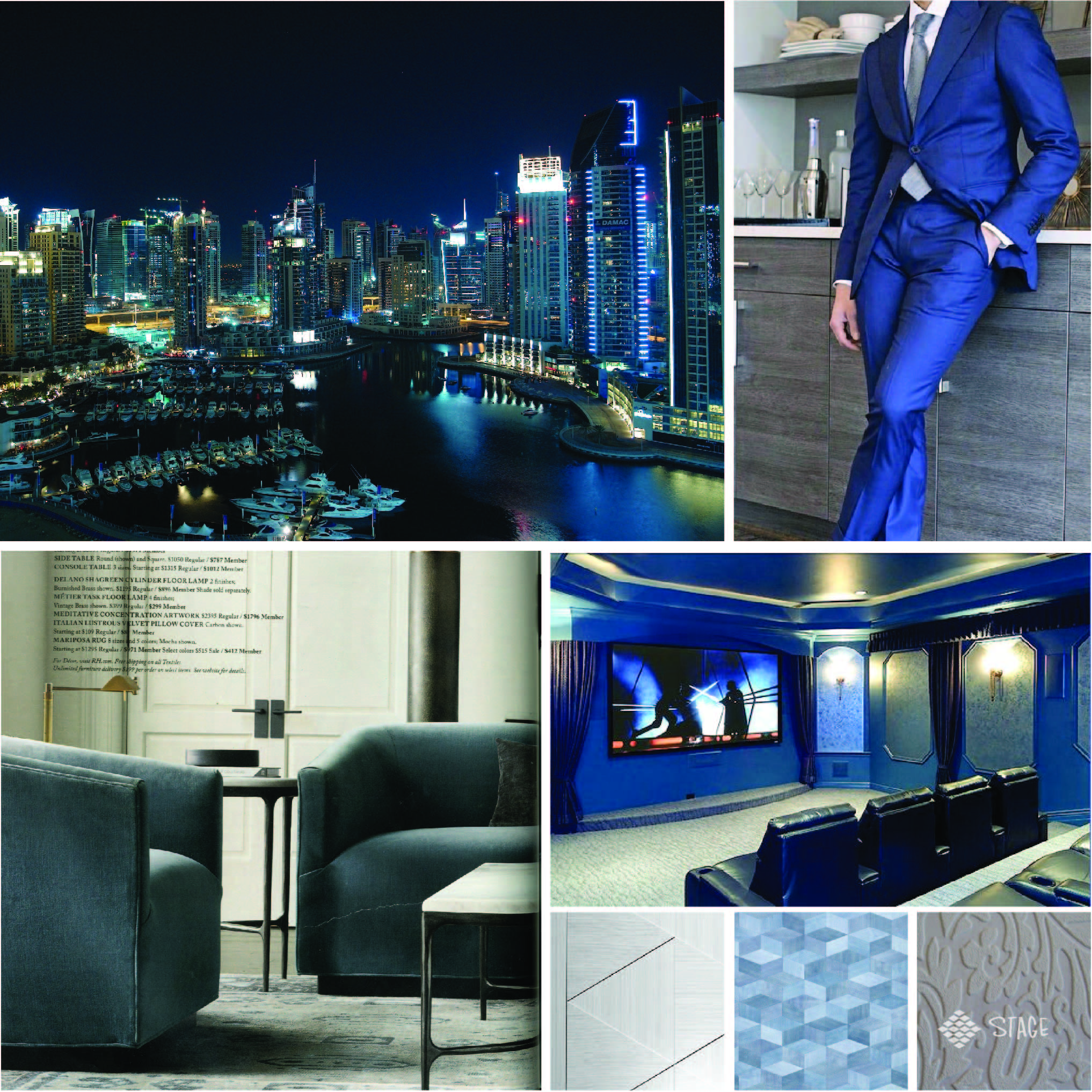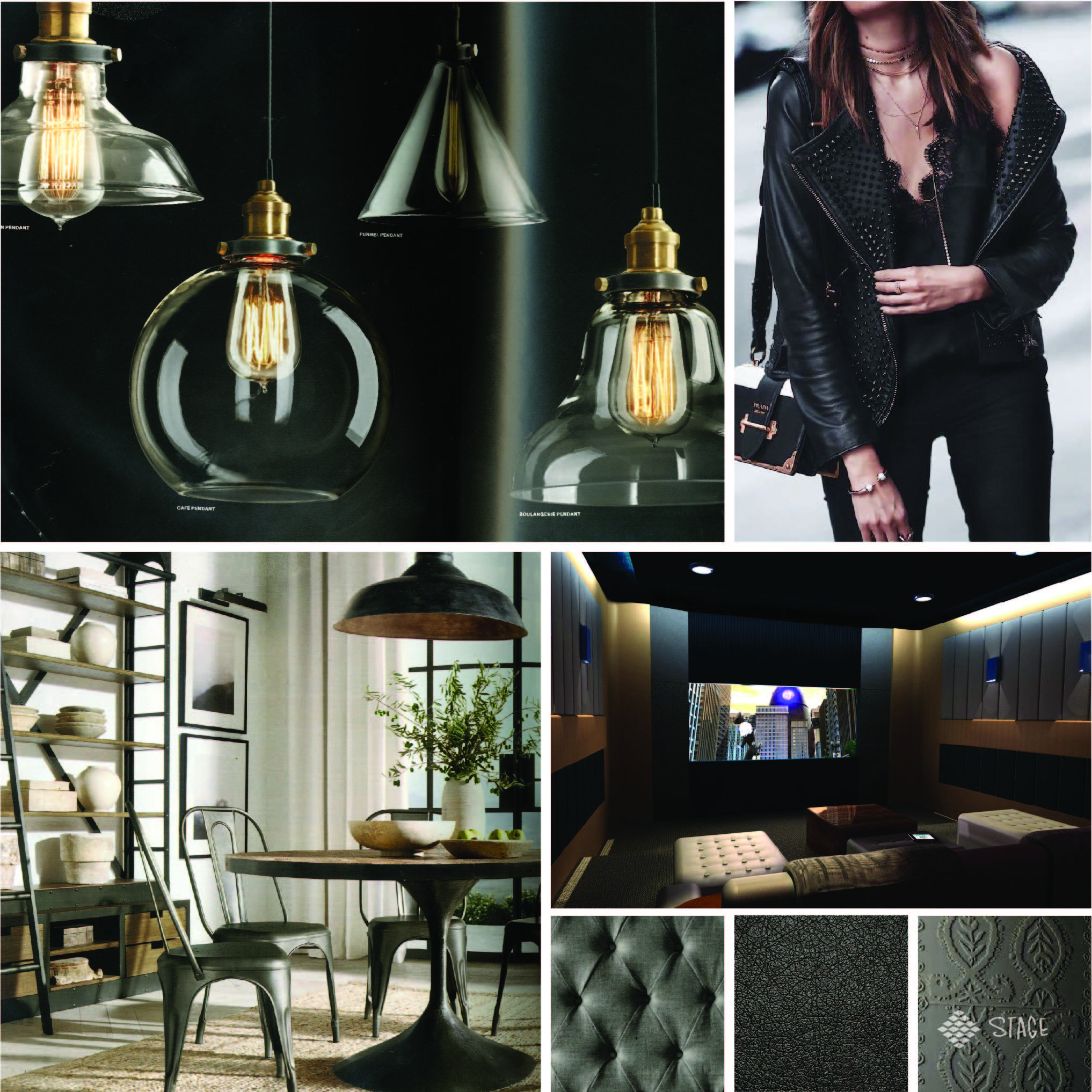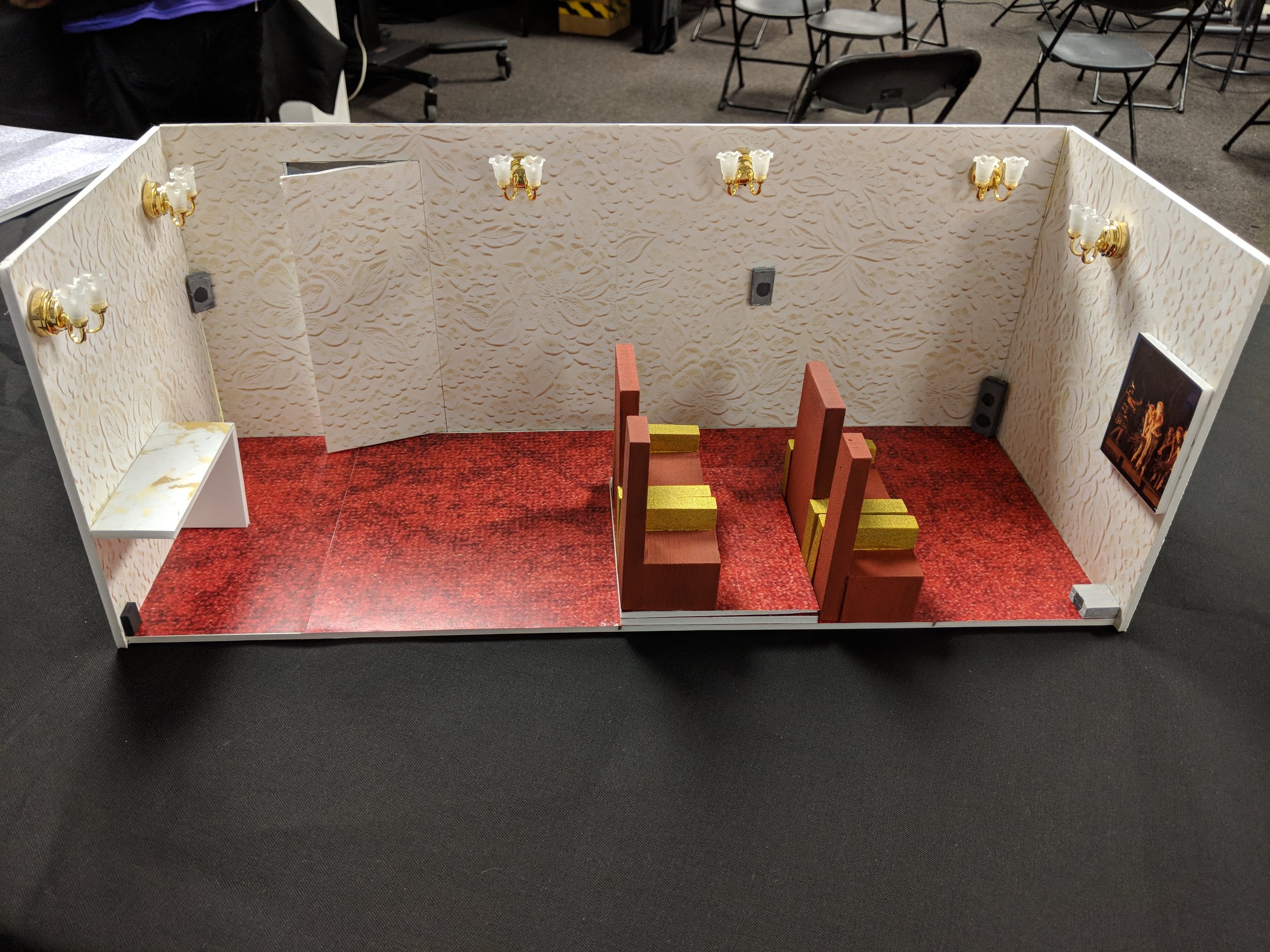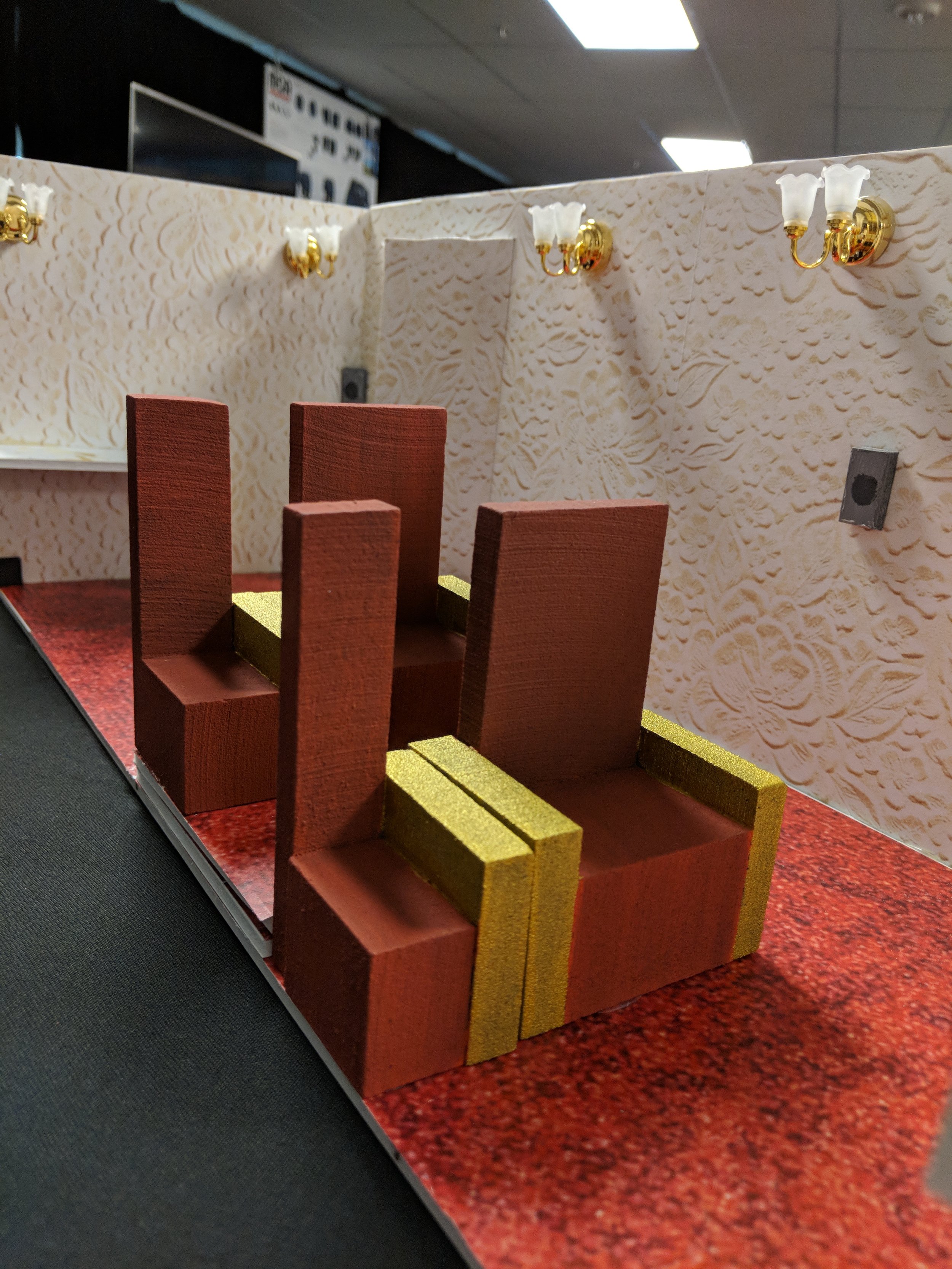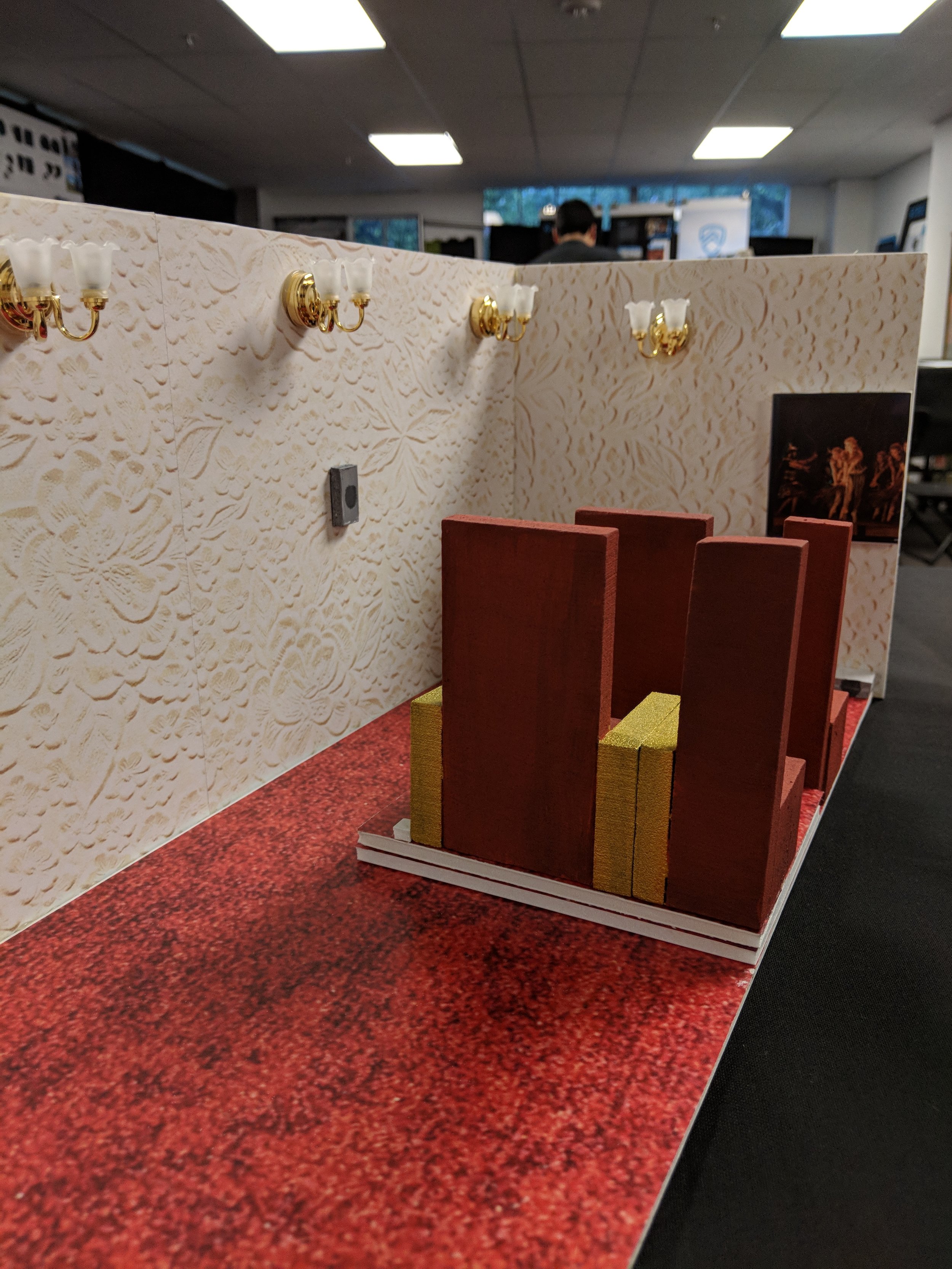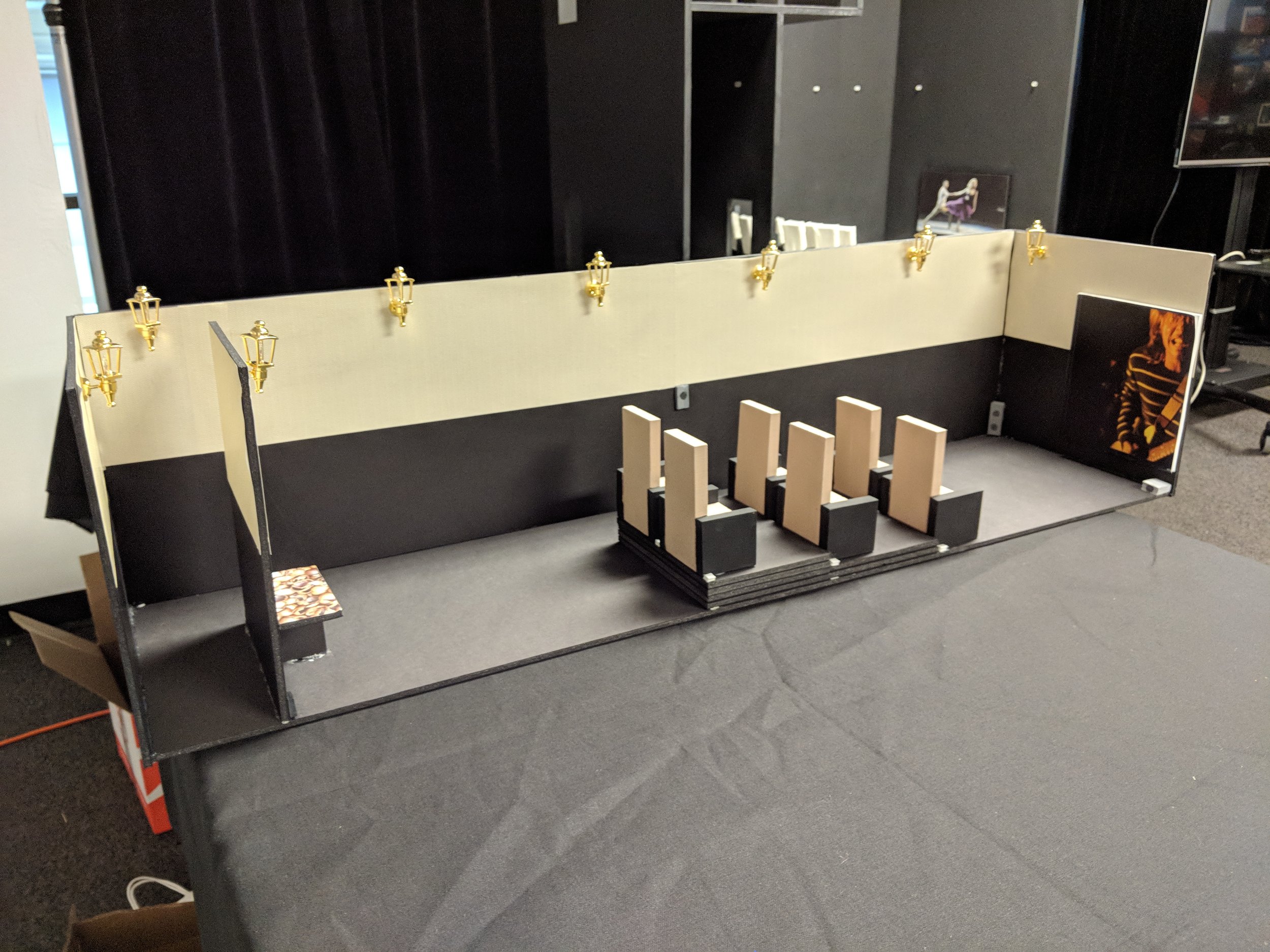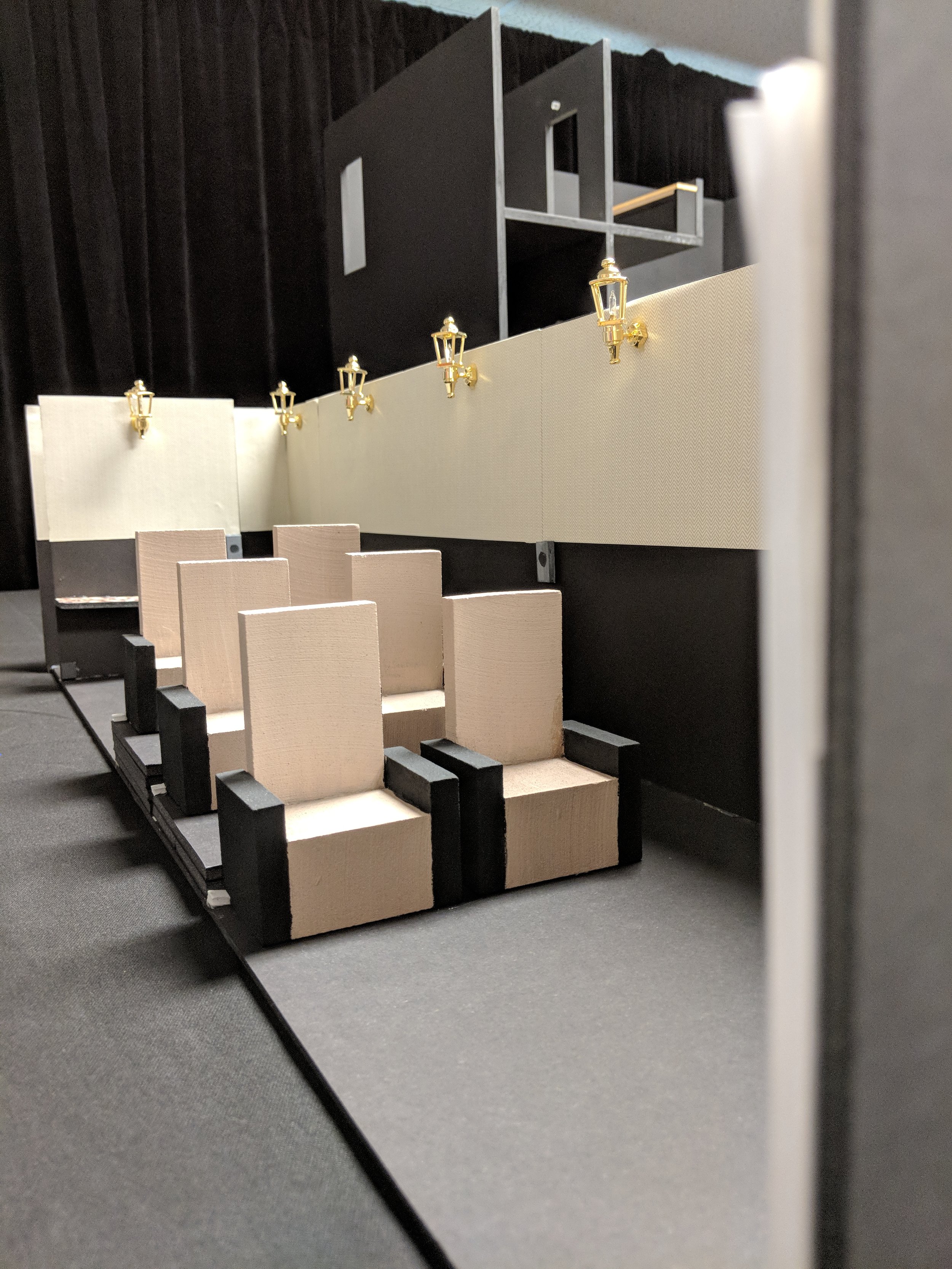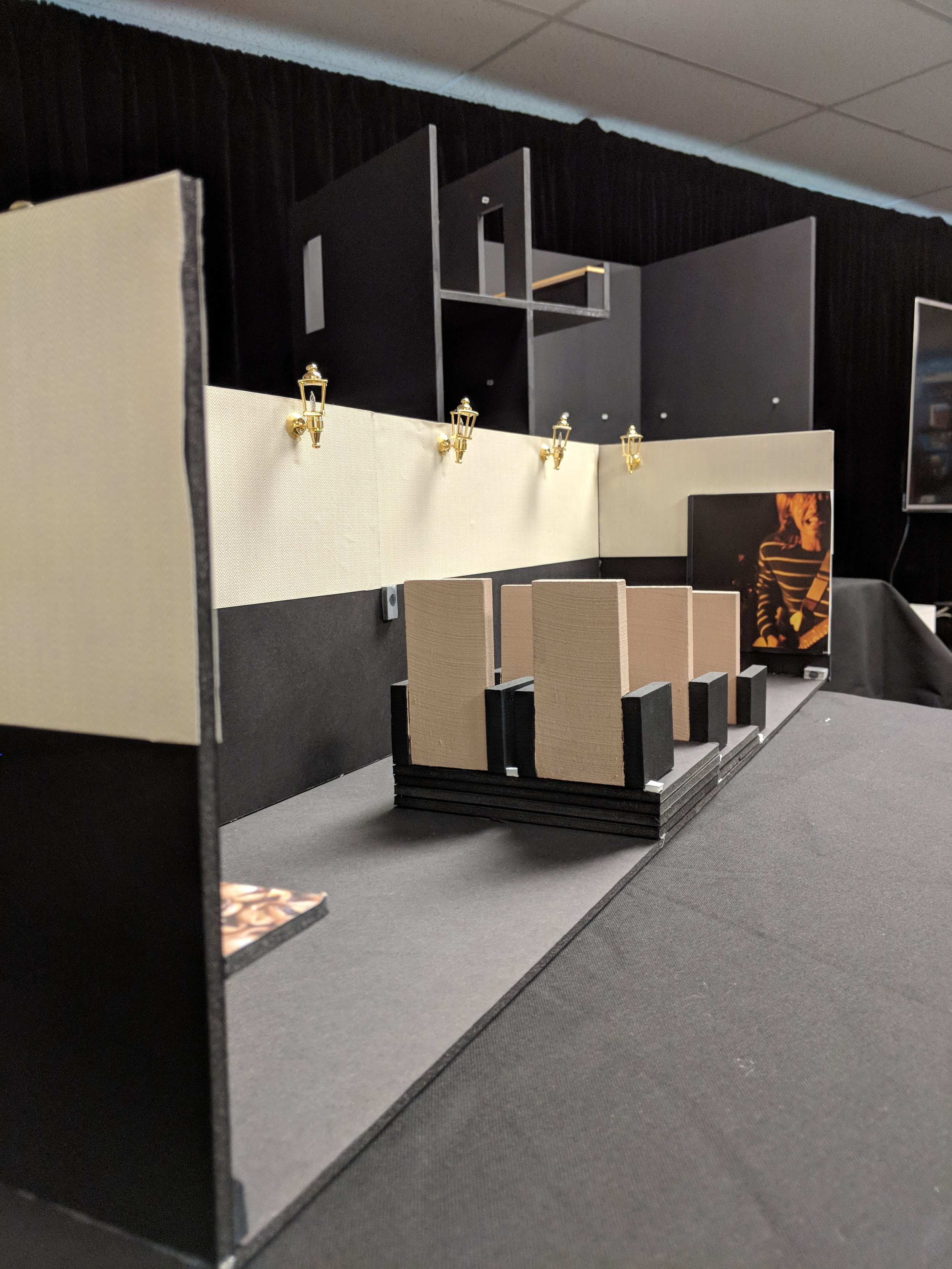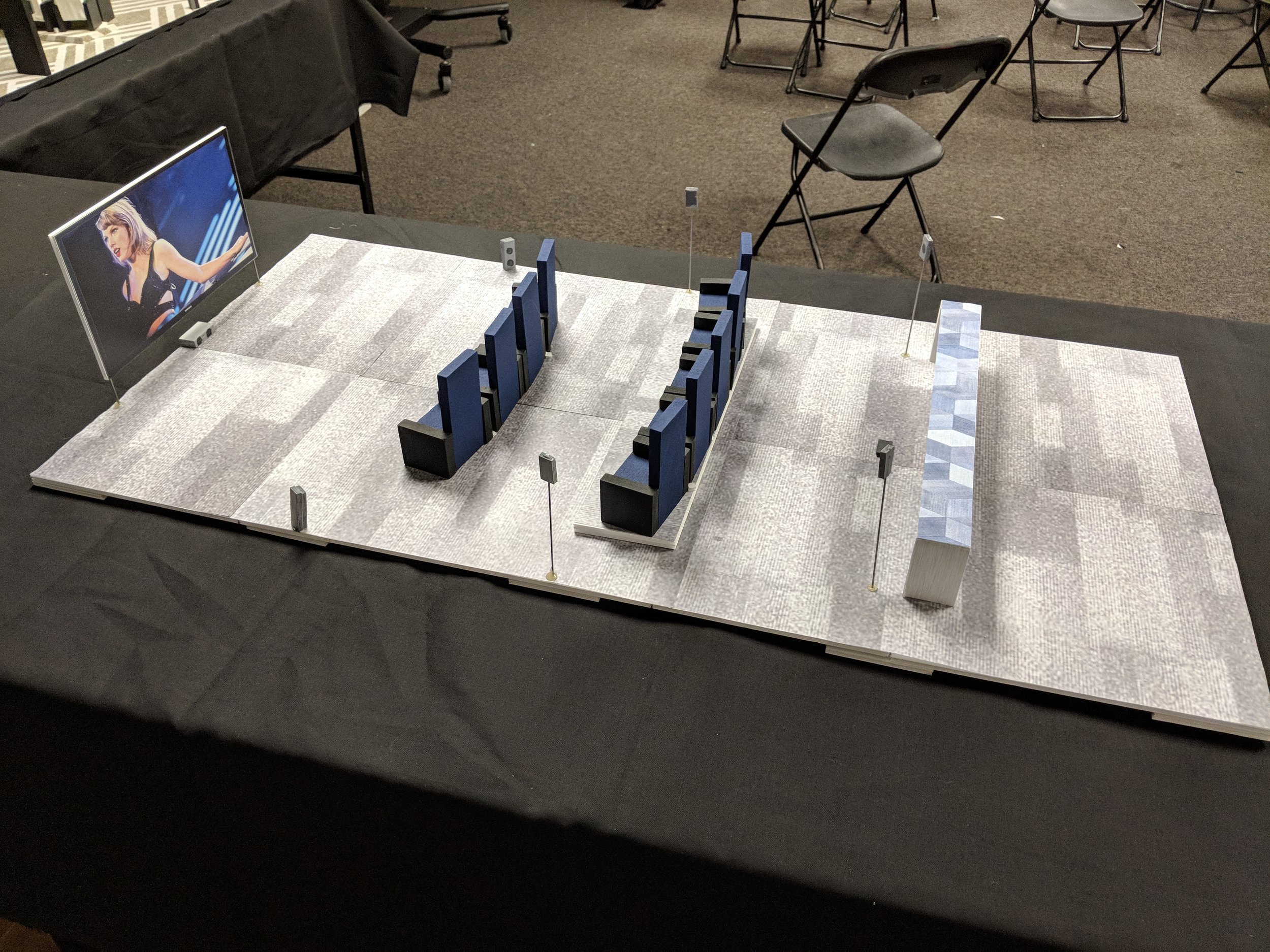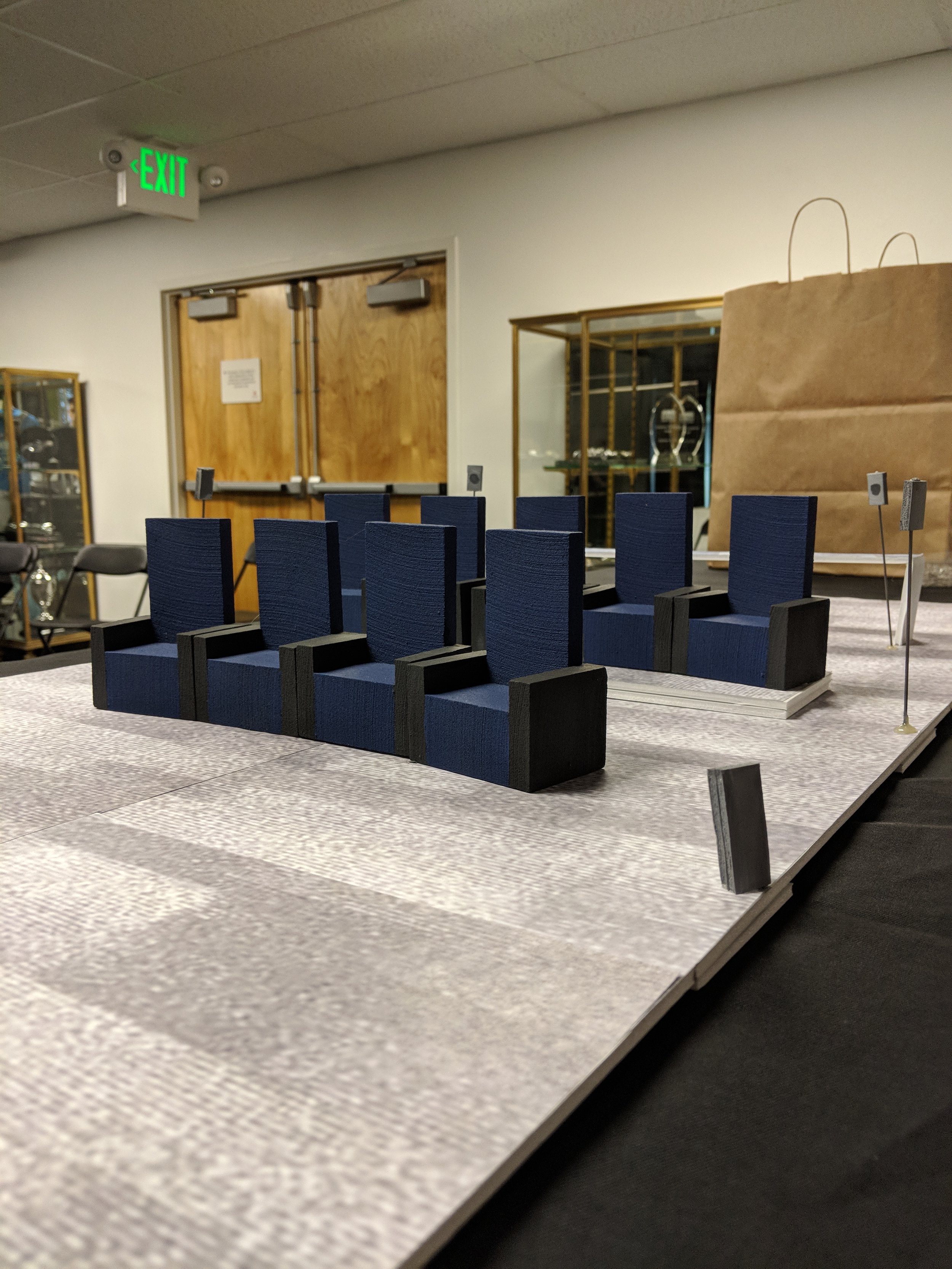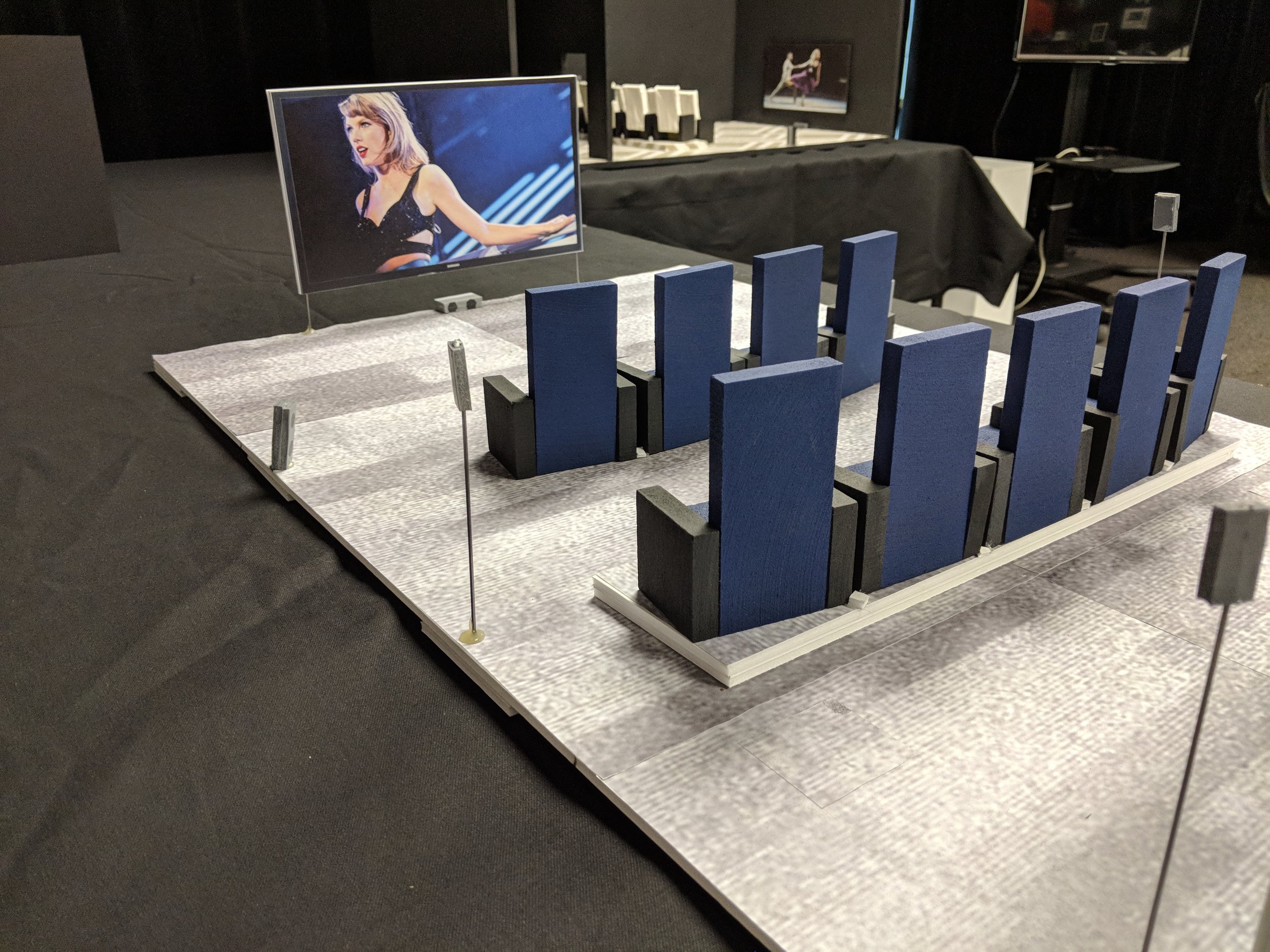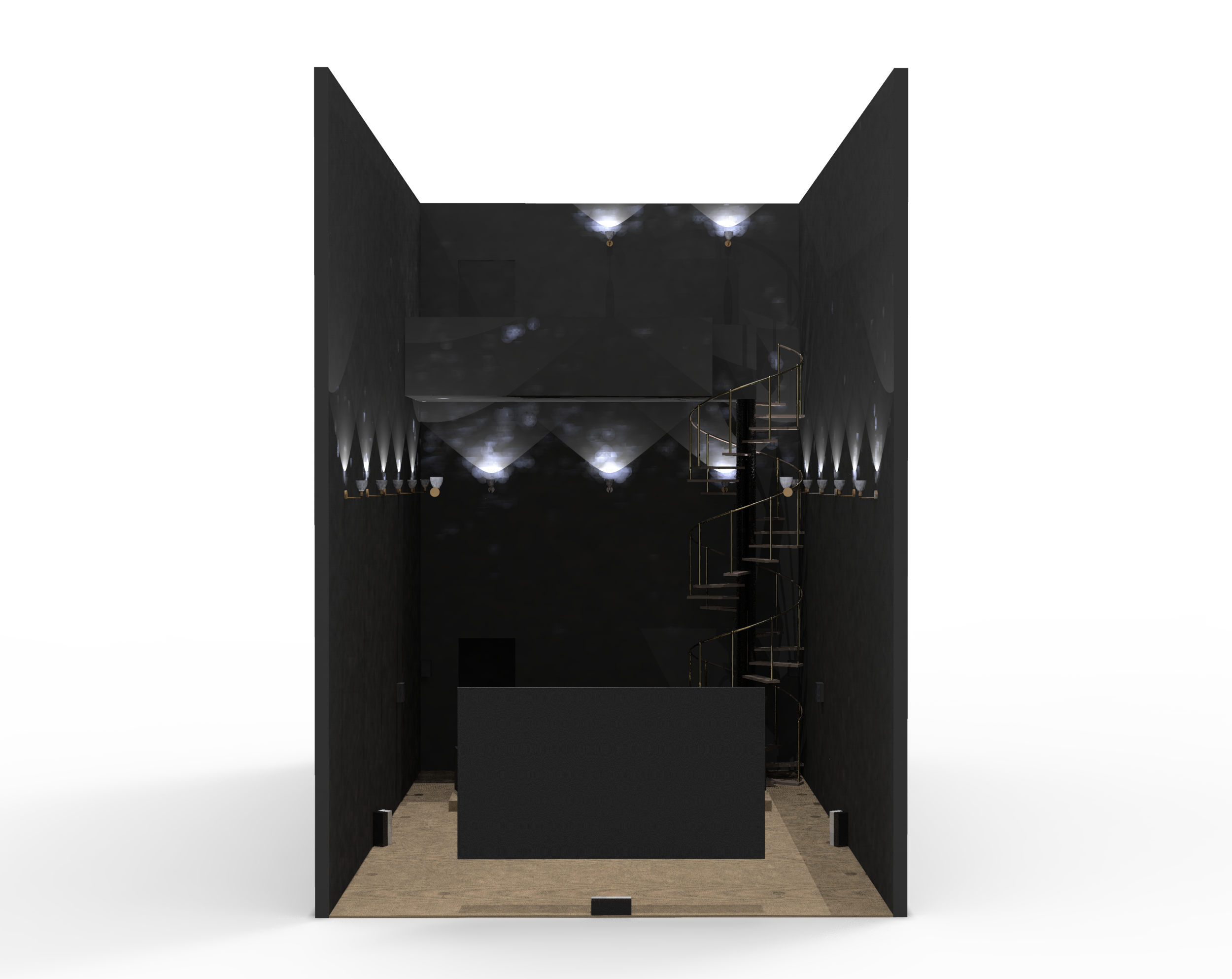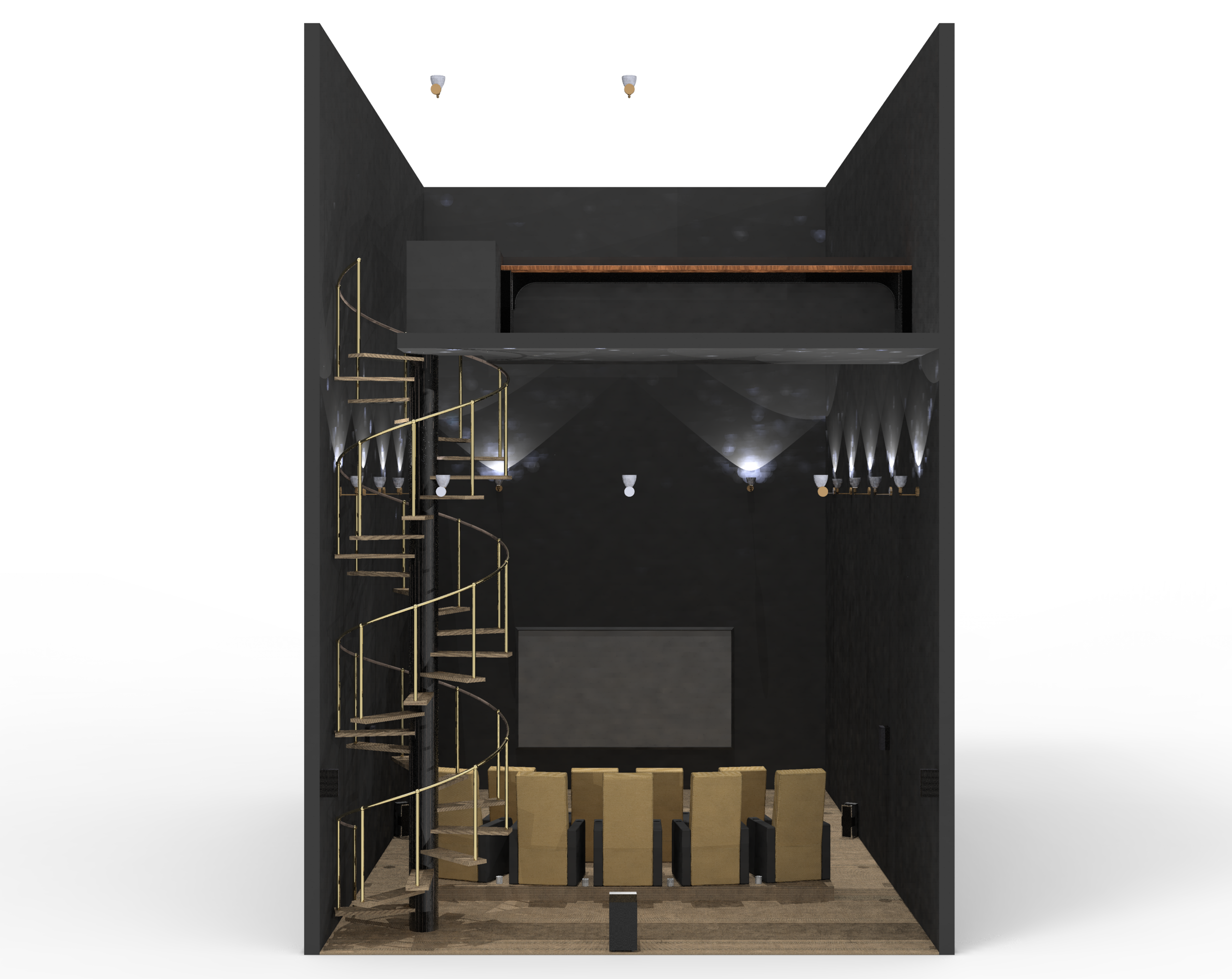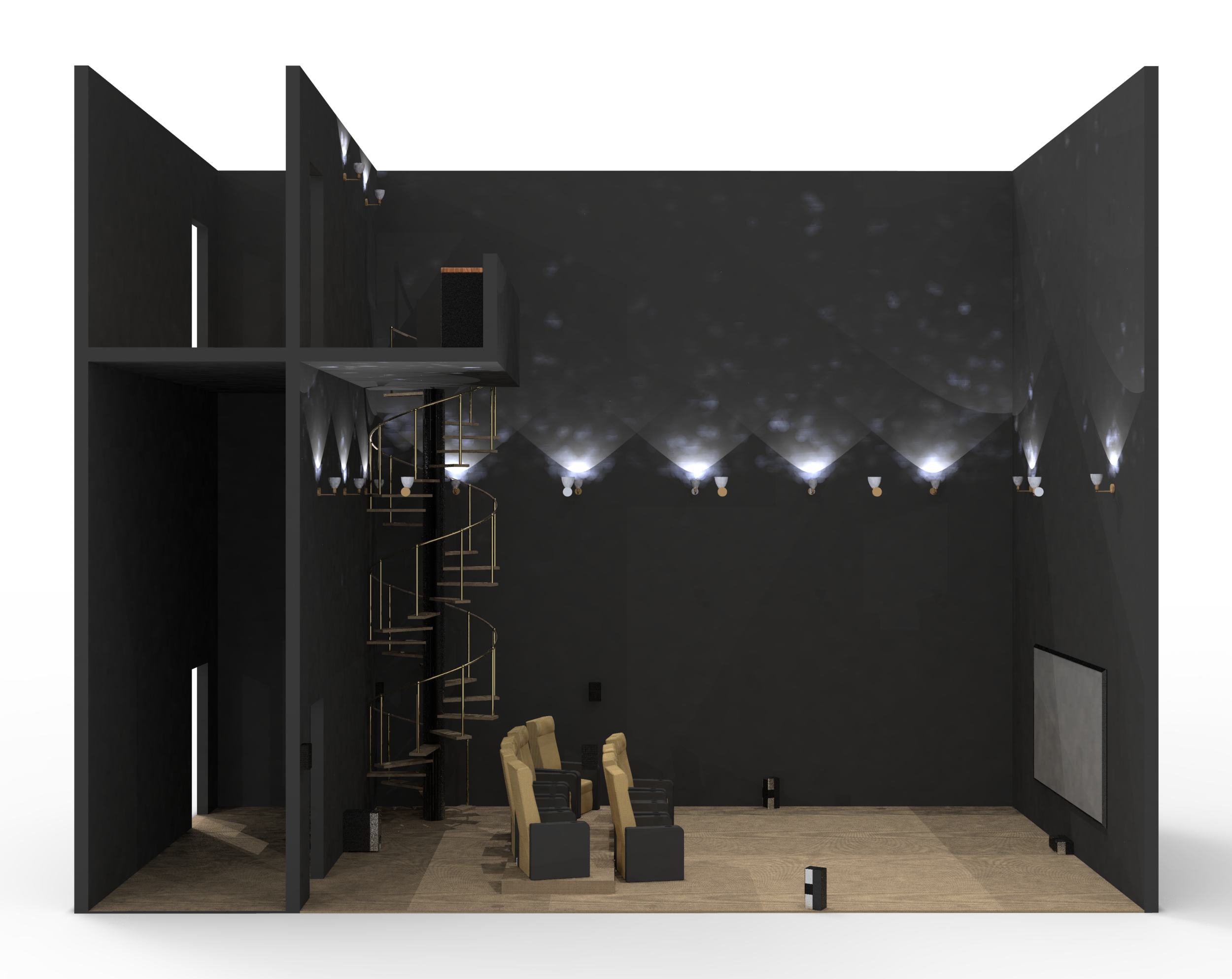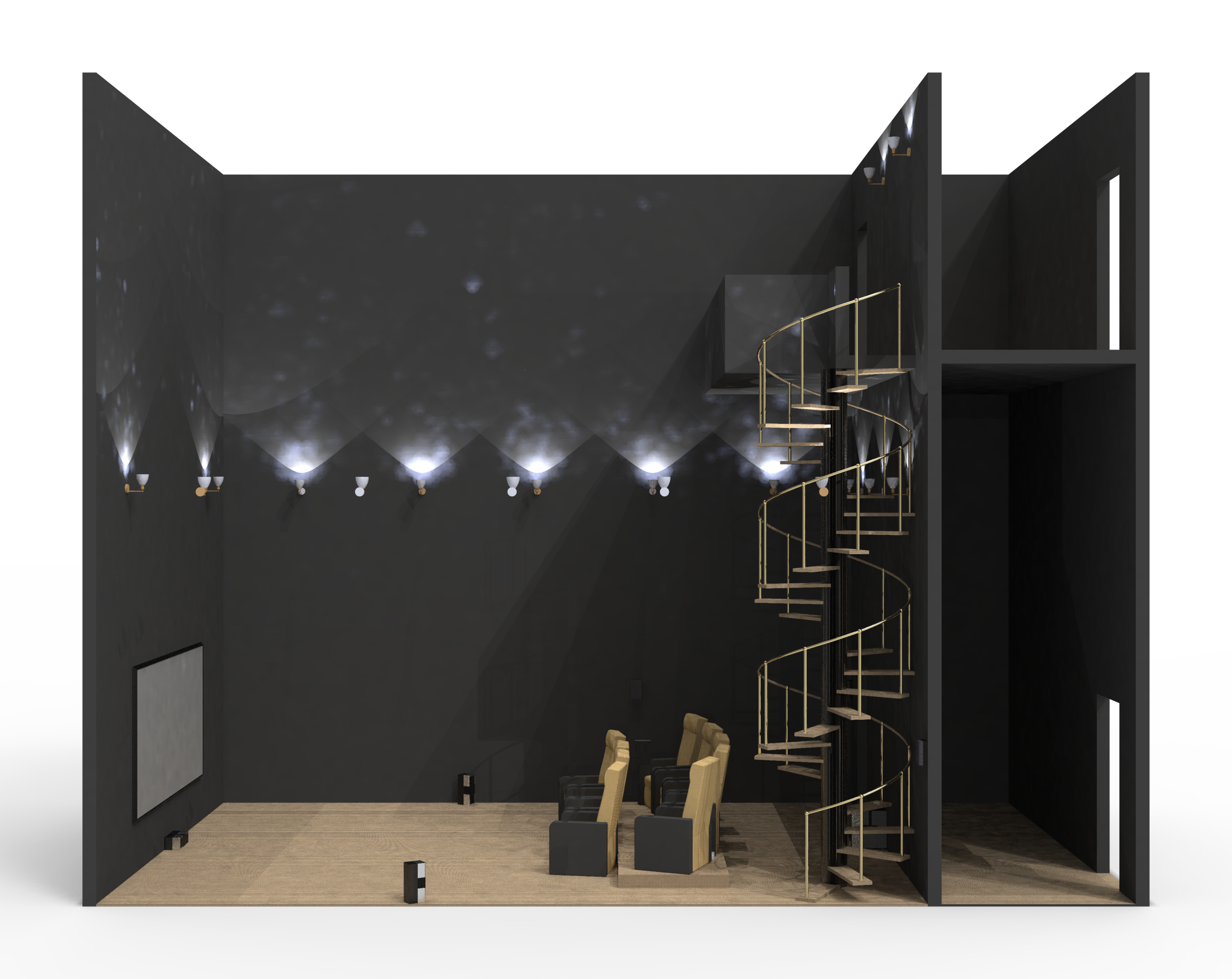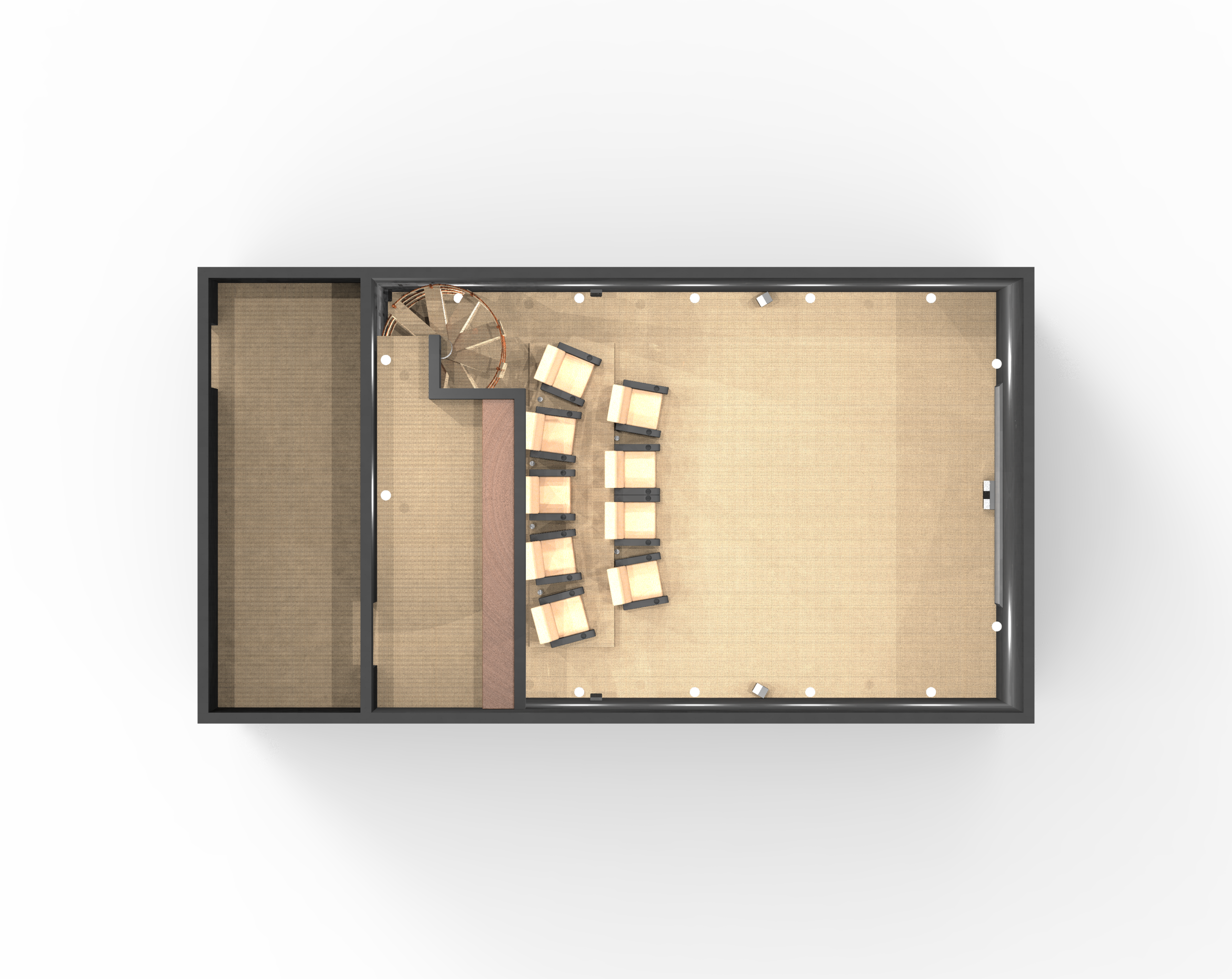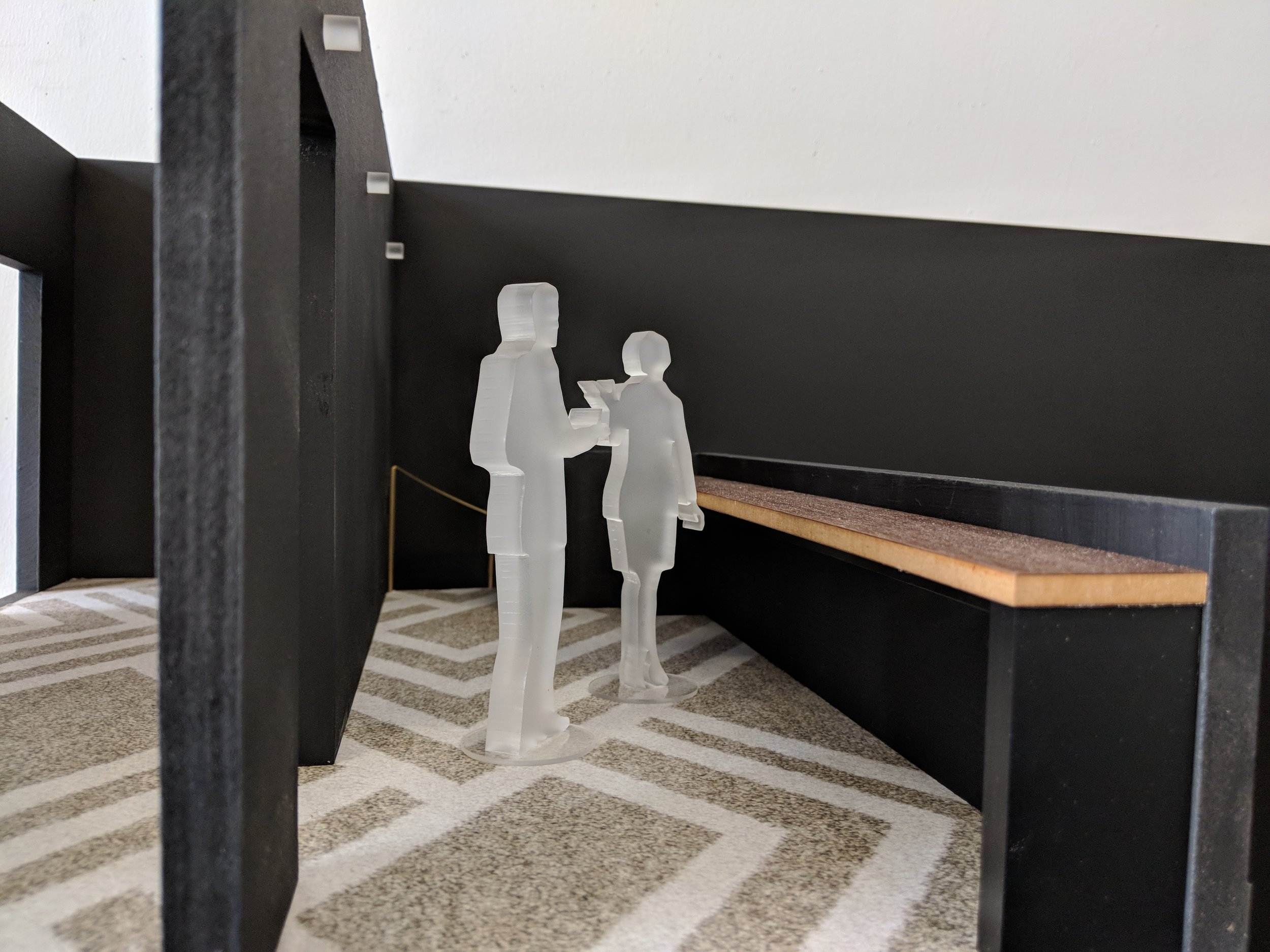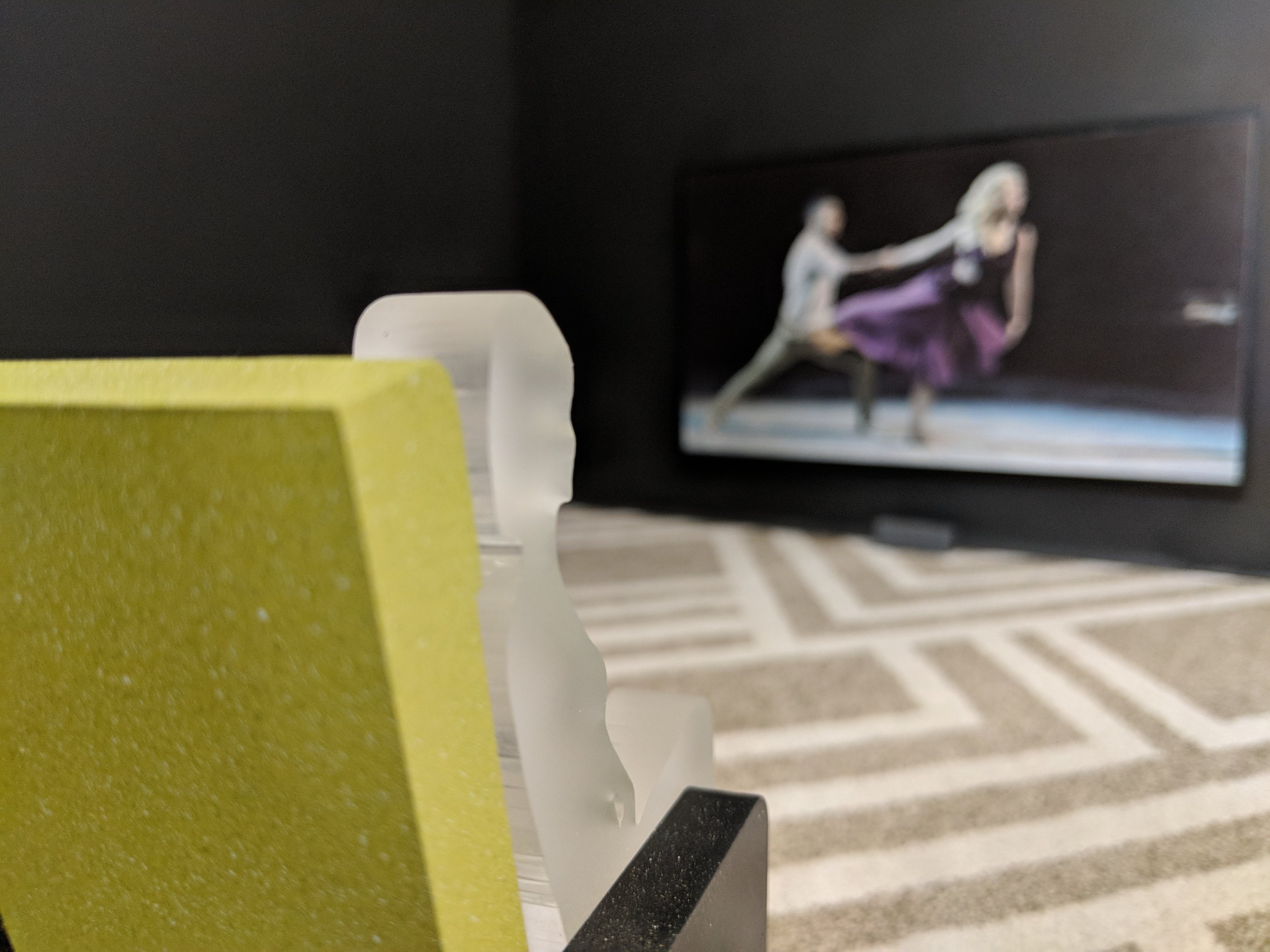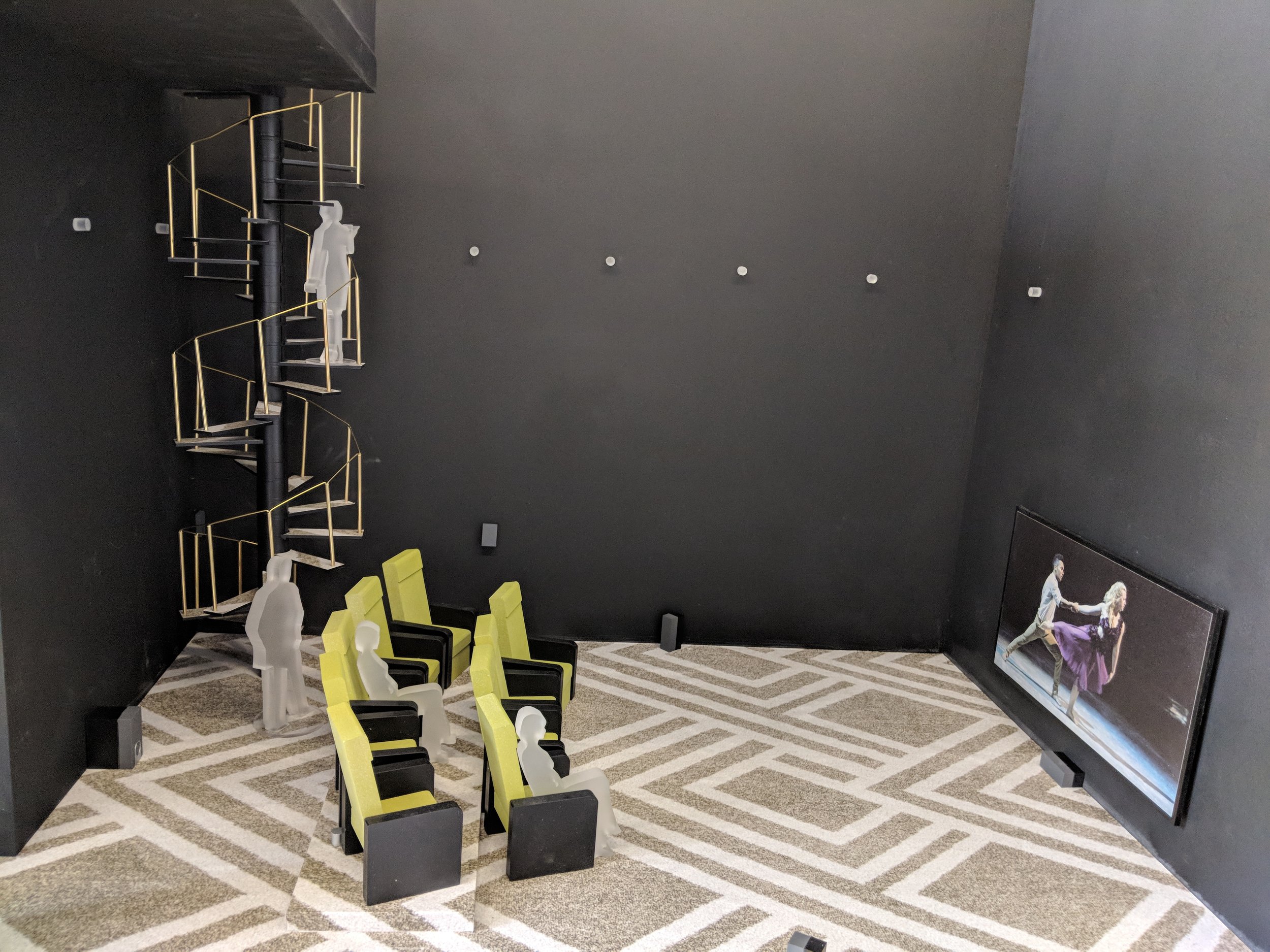Project Objective
To engage people in live experiences.
Personal Interests
The performing arts have always been a large part of my life. I've danced hula since I was two years old, participated in marching band in high school, and continue to attend stage performances in my free time as an adult. It's safe to say that I adore live entertainment.
Professional Goals
I am pursuing a career that will allow me to share this passion for entertainment with others. This project showcases my love for the arts and how industrial design can improve the audience experience.
Thesis Journey: January 2016 - May 2018
Stage Entertainment
I identified five types of live experiences that people typically engage in:
Active Consumption (ex. museums and theme parks)
Athletic (taking part in athletic activities including outdoor sports)
Personal (ex. birthdays, holidays, and social outings)
Sports Entertainment (watching amateur or professional athletes)
Stage Entertainment (ex. concerts, plays, and comedy)
After speaking with 99 people from various age groups, genders, and socio-economic backgrounds, I found that the majority of people whowere interested in stage entertainment events did not participate in them, providing an interesting design opportunity to explore further.
Immersive Remote Experiences
I presented 12 different immersive stage entertainment scenarios to 23 designers and two stage entertainment industry experts. Both of my experts and 16 of the designers expressed interest in my augmented reality home experience. I decided to focus on creating a more immersive home experience based on this feedback.
Ideation
After doing technology and competition research as well as user testing, augmented reality arose as the most appropriate technology to use for this project.
I drew concepts for ways to augment all five senses separately. User testing then revealed that sight, sound, and smell were the most important senses to augment for stage entertainment.
I then drew concepts for ways to combine those three senses. The direction with the most positive user response was a smart home theater concept.
Final Design
The final design is a certification system to create immersive screening room amenities in high-rise apartment complexes. Apartment developers can follow simple steps to design the best common space theater for their residents.
Branding
I worked with Kea Peters from Kakou Collective to develop the branding for this certification system. I named the brand STAGE; STAGE stands for Specialized Theaters for Augmented Group Entertainment. It communicates what the product is while focusing on how the product improves remote stage entertainment experiences. Kea and I chose a monochromatic, purple color palette to further emphasize the luxurious feel of live entertainment.
For the logo, we drew inspiration from other certification logos (ex. LEED and Energy Star) as well as brands whose aesthetics balance a modern and vintage feel. Kea created logo shapes based on construction plan views, theater seating, and graphic design trends in entertainment. She also hand-lettered "STAGE" in different text styles to pair with the chosen shape. The combination we chose evokes the whimsy of entertainment while maintaining the cleanliness associated with corporate certification systems.
Colors, Materials, and Finishes
A cohesive aesthetic is one of the key components to making users feel comfortable in the designed space. I drew inspiration from classic and modern entertainment as well as interior design trends to develop three distinct mood suggestions for the aesthetic design of the theater.
Classic entertainment uses warm colors, ornate details, and lavish materials. User testing showed that this aesthetic feels classy, but also feels out of date.
Modern entertainment uses cool colors, geometric shapes, and a minimalist approach. User testing showed that this aesthetic feels both chic and calming.
Interior design trends are heading towards neutral colors, bare materials, and vintage products. User testing showed that this aesthetic feels both hip and inviting.
Prototypes
Developers go to the STAGE website to find the certification criteria and apply for certification.
The criteria focuses on theater ergonomics, installed products, and the following smart technologies:
Lighting
Display
Speakers
Diffusers
Home Assistant
I created two half models and one full model to demonstrate possible theater layouts that fit the certification requirements.
Final Model
I created a 3D model in Solidworks of the optimal STAGE-certifiable theater. It meets all of the physical requirements of the STAGE certification system.
Once I completed the 3D model, I worked with California Model & Design to realize the final model. Rami and his team used a combination of MDF, acrylic, brass, and walnut to build the piece. After receiving the finished product, I added a suede fabric to the seats to give them a soft, upholstered look.
Software
The last part of the STAGE system is the software. In addition to the STAGE website, I also developed an app that allows users to change the settings for the lighting, audio, and scent elements within a STAGE theater. I created the screens using Sketch and the prototype in InVision. The prototype for the app is embedded on the left for your convenience.
